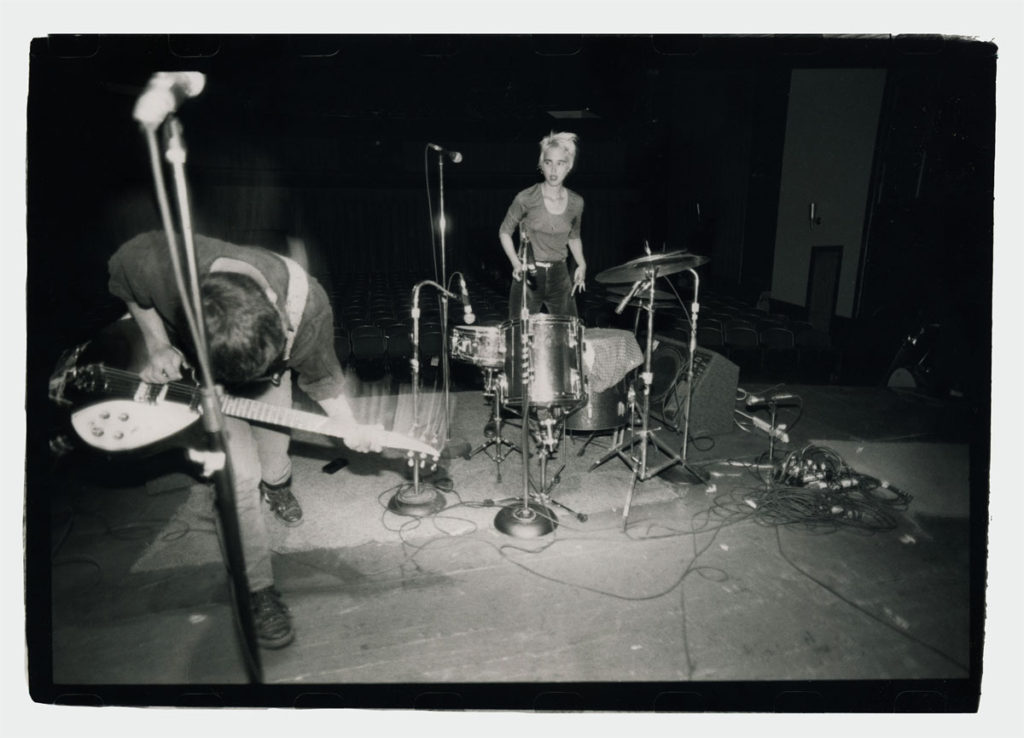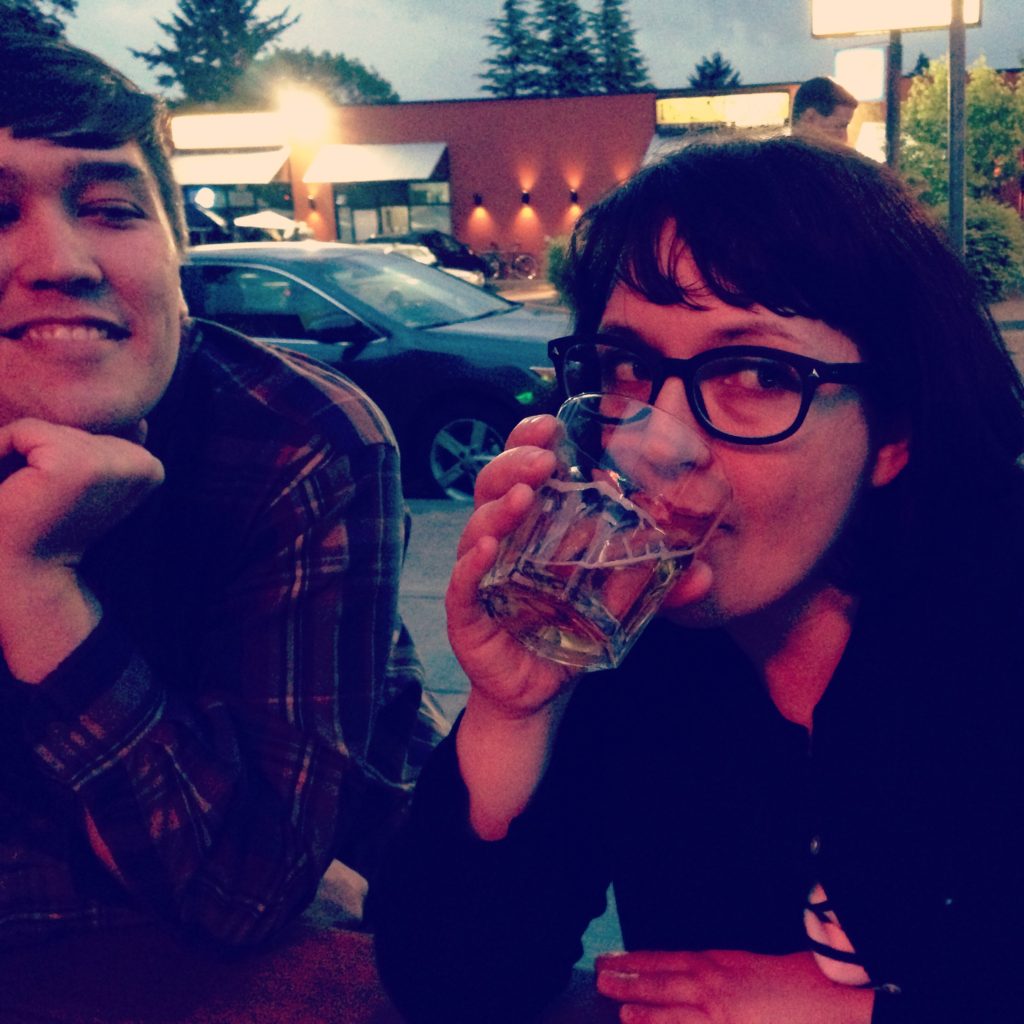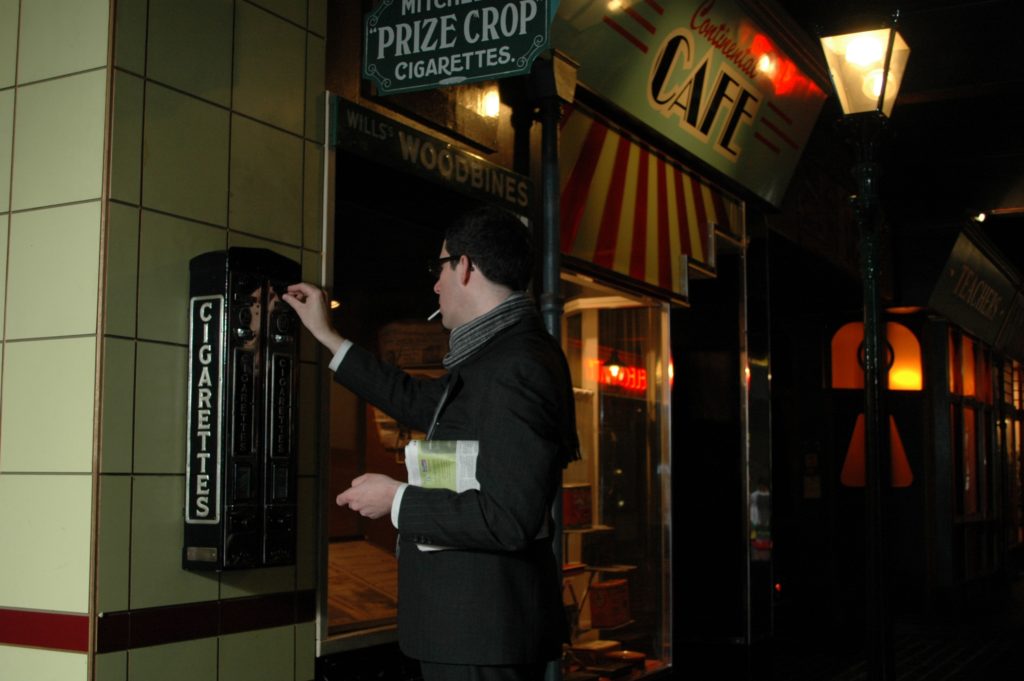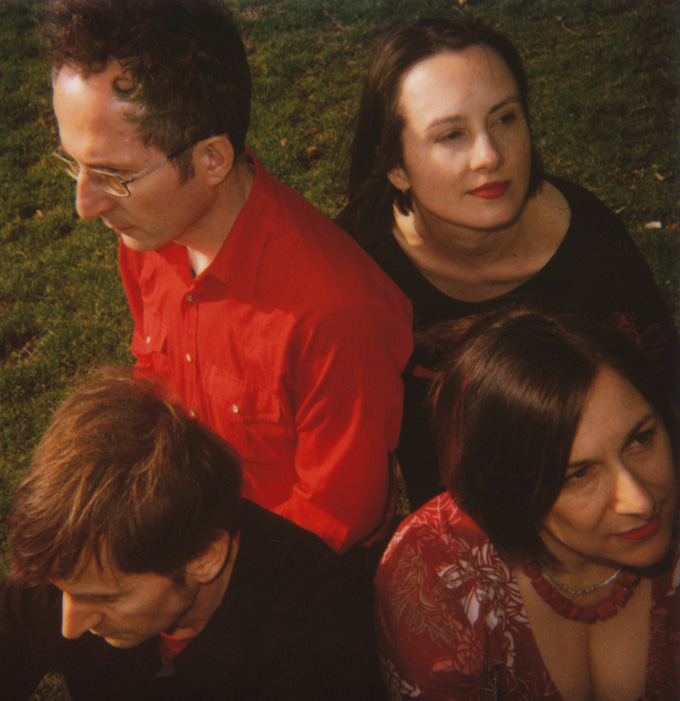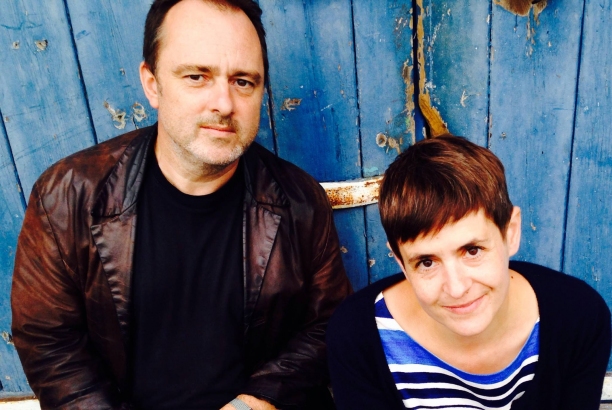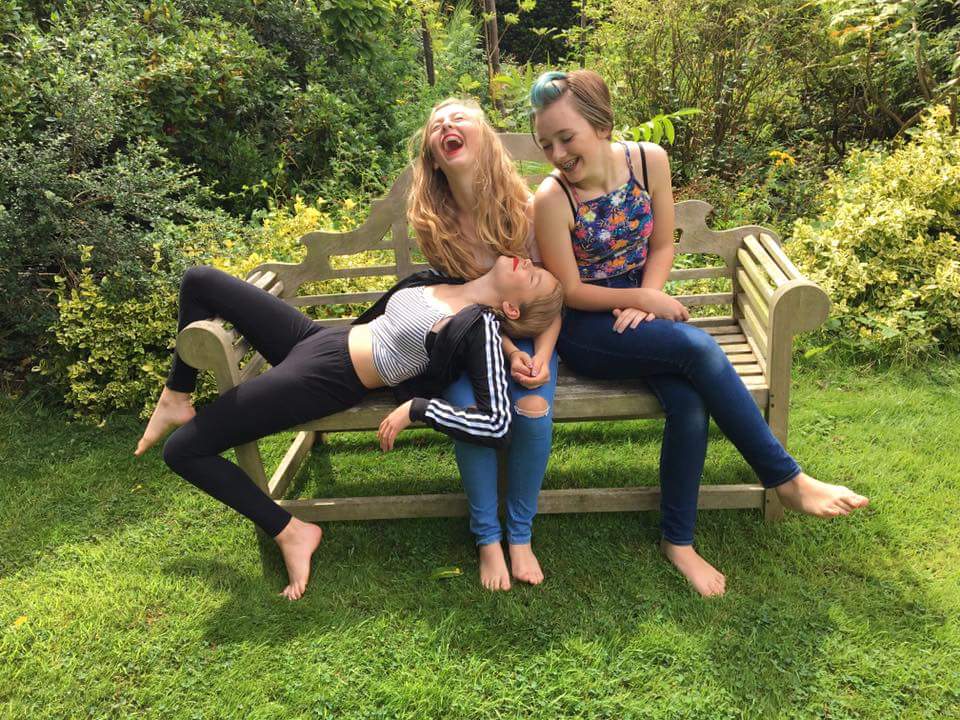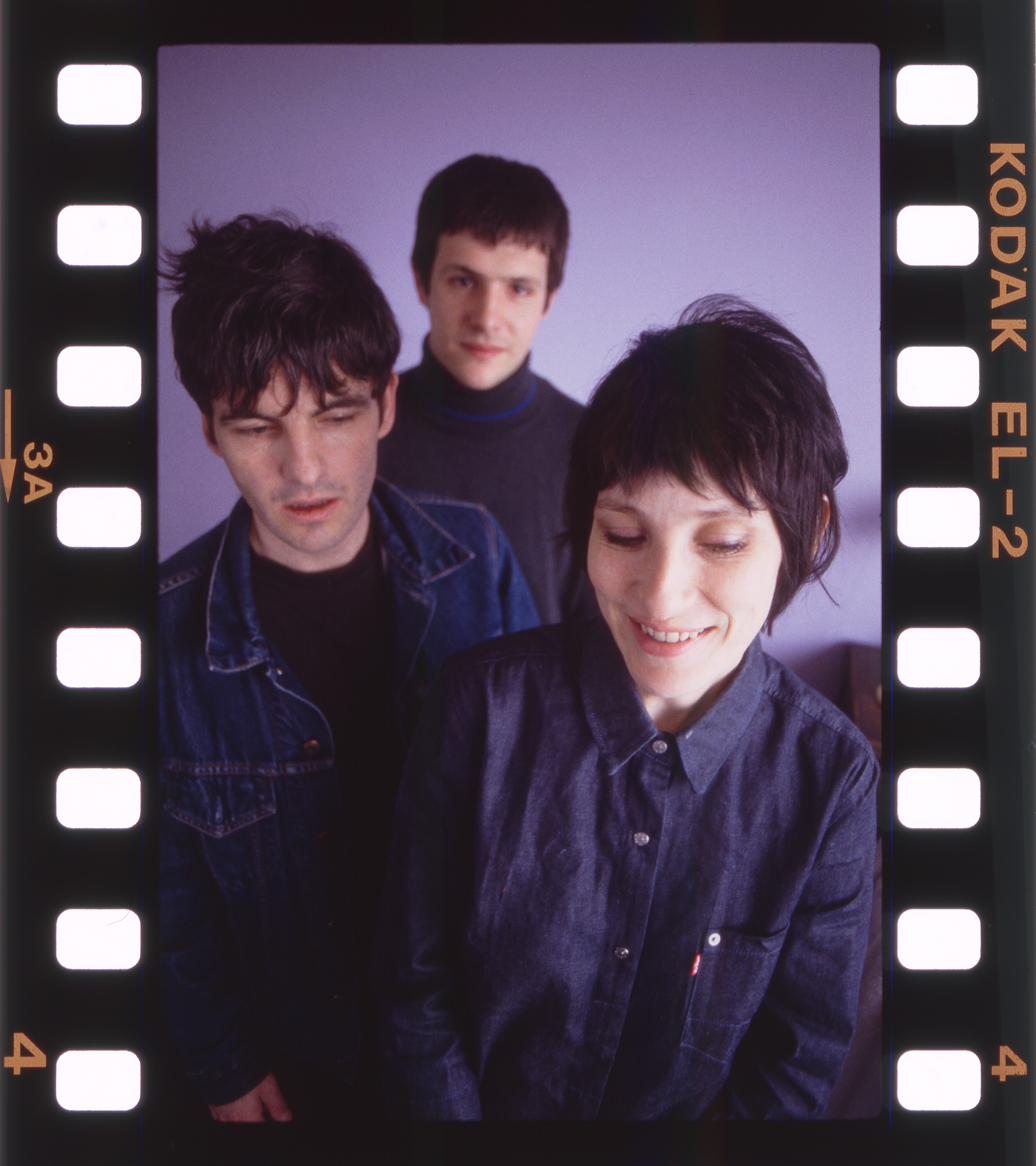
Back in Y2K (the year 2000 for you youngsters), I rolled into Fez in NYC after work one evening and tried to interview BIRDIE on the spot. Not always a good plan! Even though I have interviewed each of the primary band members, Paul Kelly and Debsey Wykes from Birdie (and East Village, Dolly Mixture and Saint Etienne), I had not interviewed them together until summer/fall 2023 when I was enlisted to write liner notes for the reissue of Some Dusty. We are all happy to share the interview with you now and announce the global international pop news of Slumberland Records reissuing this most excellent and under-appreciated album!
ORDER THE RECORD ALREADY! (Out July 26)
(UK folks: Monorail)
Read our 2022 Paul Kelly interview
Read our 2006 Debsey Wykes interview
Get tickets for London July 24
Get tickets for Oxford July 28
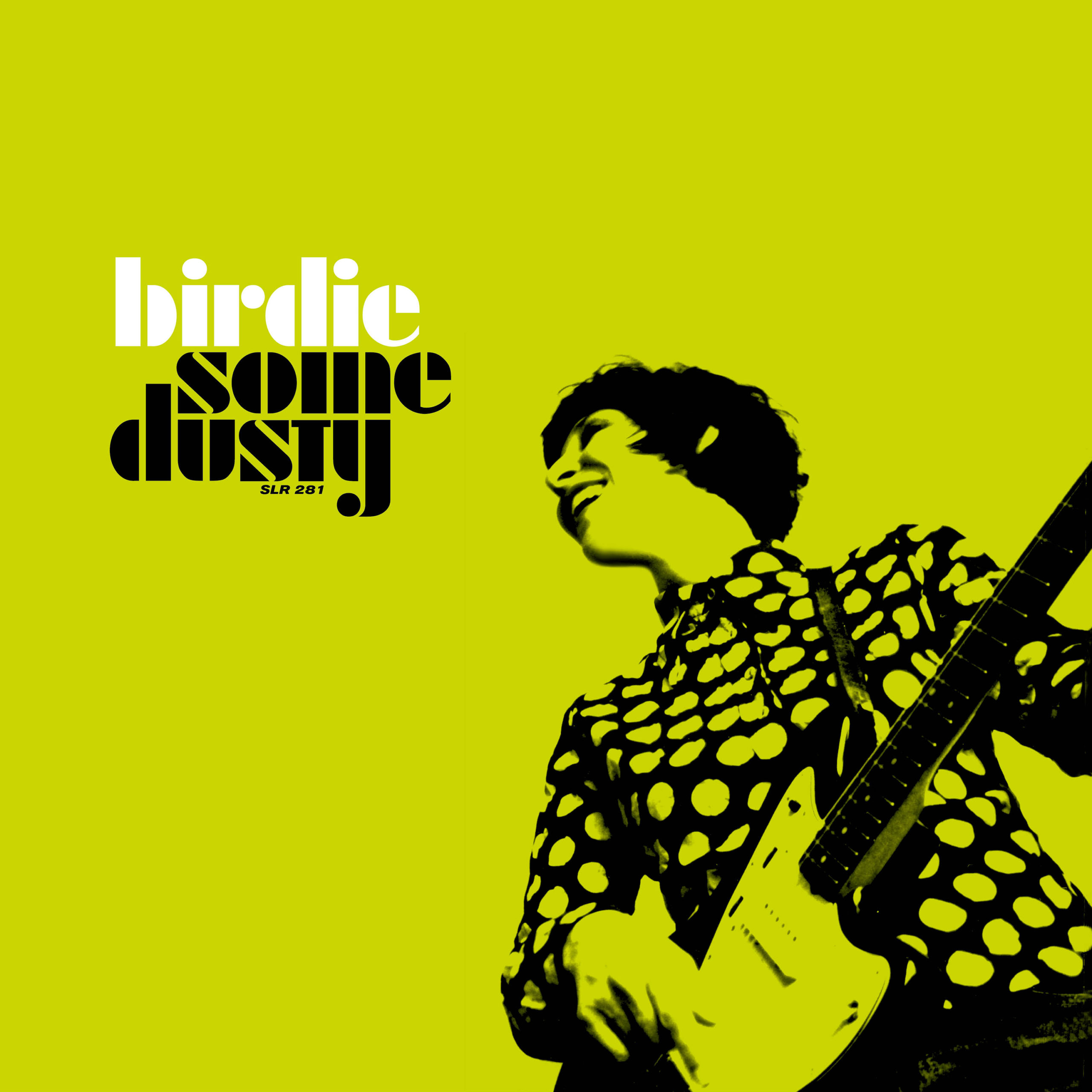
Gail O’Hara: You met each other when you were both part of Saint Etienne’s live setup in 1992–1993?
Paul Kelly: We met at a Saint Etienne rehearsal in Kentish Town December 1992. Following the demise of my band East Village in 1991, Bob (Stanley) and Pete (Wiggs) had asked Spencer (Smith, East Village drummer) and me to join the Saint Etienne live set-up. For the first few shows we had Siobhan Brookes of Denim singing backing vocals but I don’t think Lawrence was happy with her playing in another band and so she left and Debsey was drafted in, and that’s when we first met, at a rehearsal room in Leighton Place, Kentish Town. Bob and Pete had been big Dolly Mixture fans and had just recorded Debsey singing “Who Do You Think You Are” for a proposed single on their Ice Rink label. I think McGee or Jeff Barrett heard it and felt that it could be a big hit and so it ended up being a Saint Etienne single instead. The record did end up as a duet with Debsey and Sarah of course but she never ended up releasing anything on Ice Rink which is a shame, I thought that was a great little label.
Debsey Wykes: I had joined St. Etienne on backing vocals for their fan club Christmas party in London in 1992. At the rehearsals I met Paul along with the others in the live band. I thought he was very funny. I ended up doing backing vocals on their tours and festival dates over the next couple of years, playing the UK, America, Europe and Iceland. We were also the first band televised live from Glastonbury in 1994. We became best friends and would wander around places all night ending up with a breakfast beer and being called the terrible twins by Sarah.
And then you got together as a couple after forming Birdie?
Paul: We had become very good friends over the two years we had been with Saint Etienne and had been talking about doing a band together. Saint Etienne stopped playing live at the end of 1994 and so we began recording songs on a little Fostex 4-track at Debsey’s flat. I think a lot of people thought our talk of a band was just a cover so that we could hang out together and I think it was a bit of a shock to our friends when we actually started making records together.
Debsey: We had come up with the idea of doing a band together in the summer of 1994 as we started to get a bit frustrated about not doing our own music and so Paul would heave his guitar amp up to London to my flat every so often and we would go over bits and pieces of music that we’d both made up—and then go to the pub. By the beginning of 1995 we had borrowed a Portastudio from Bob and recorded a handful of songs on cassette. We got together as a couple in the March, we just wanted to be together all the time.
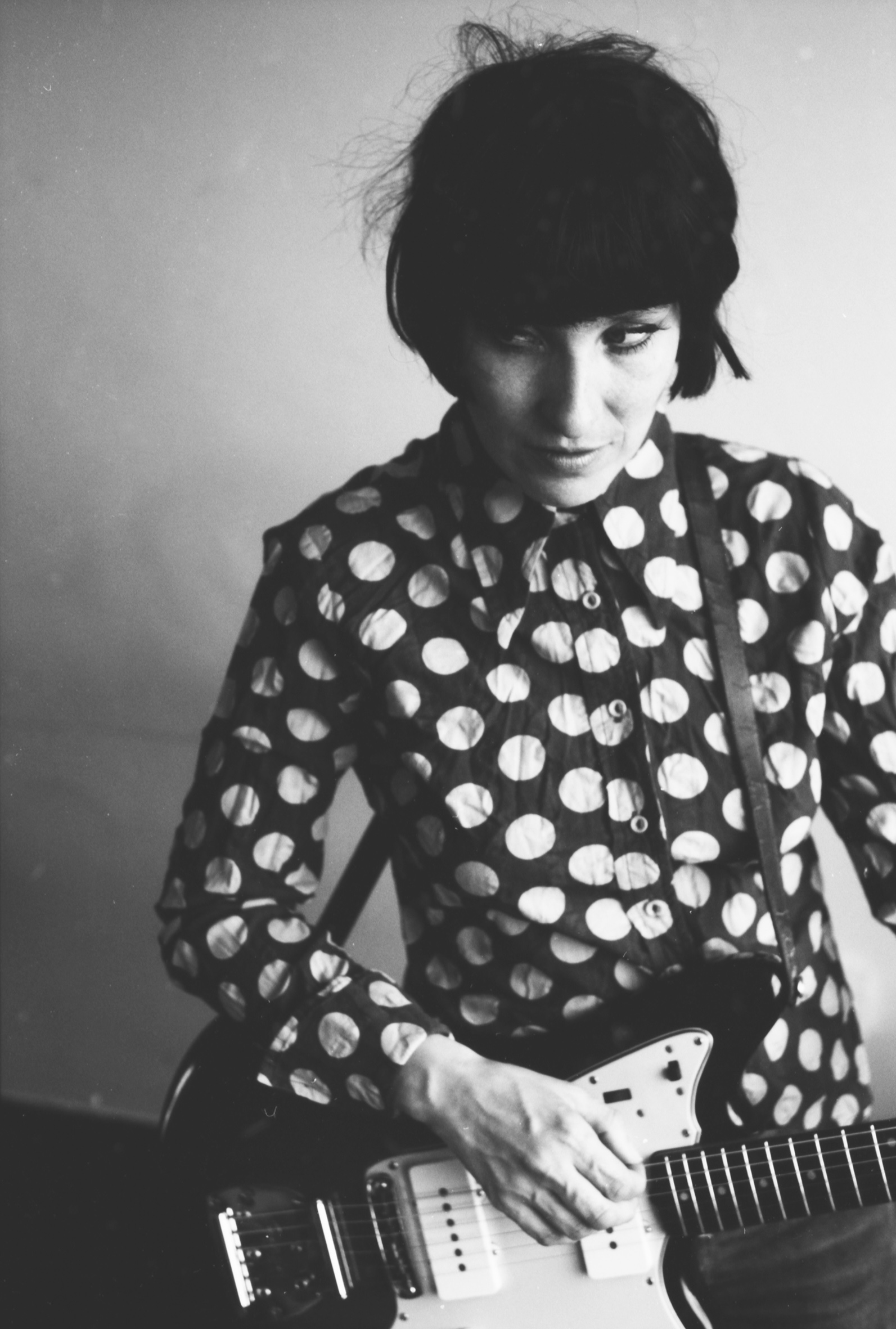
What pubs were your regular haunts during this time period?
Paul: When we were first together, we were both signing on the dole and our (fortnightly) payments were on alternate weeks. We would head down to the post office together, cash the relevant cheque and head straight to the Old Red Lion theatre pub at the Angel for a quick lunchtime half. This would inevitably end up with us both falling out of the pub smashed and penniless by closing time. I don’t know how we survived to be honest, we had so little money. When we eventually got our record deal we felt like millionaires and the first thing we did was buy a car. We spent a lot of time in pubs when we first got together, we were still relatively young and having a laugh, it was a good time to be in London then. I have very fond memories of touring the pubs of Islington during our courtship and into the mid ’90s.
Debsey: When we were first together, we went to The Old Red Lion in Islington which is very old with a small theatre upstairs. There was a strange mix in the bar with the pool players, locals and the theatre crowd which is a great thing. We frequented most pubs in the vicinity of the flat and I have a memory of ‘Hotel California’ by the Eagles and ‘Venus as a Boy’ by Bjork stalking us on juke boxes wherever we went. We would often head into the west end and see who was in The Ship in Wardour St. as it was the haunt of the Heavenly Records entourage.
What was the idea behind Birdie?
Paul: It was great fun playing with Saint Etienne but we obviously had little creative input. We were really lucky to get the chance to tour the world and play the main stage at Glastonbury and things like that but we still wanted to make our own music, after all, that’s why we started playing in bands in the first place. We used to sit on the tour bus and imagine what our band could be like, so we had a lot of time to think about how it would work and what it would sound like. I think we generally liked the same music and it was obviously going to be based around Debsey’s singing and so it just came about very naturally.
Debsey: I don’t remember there being a particular idea behind Birdie at first. It was just me and Paul being us, I imagined it would be sixties orientated and hoped that it would be quite ‘cool’. The important thing was to write great songs first. We must have thought our combined force would produce something special!
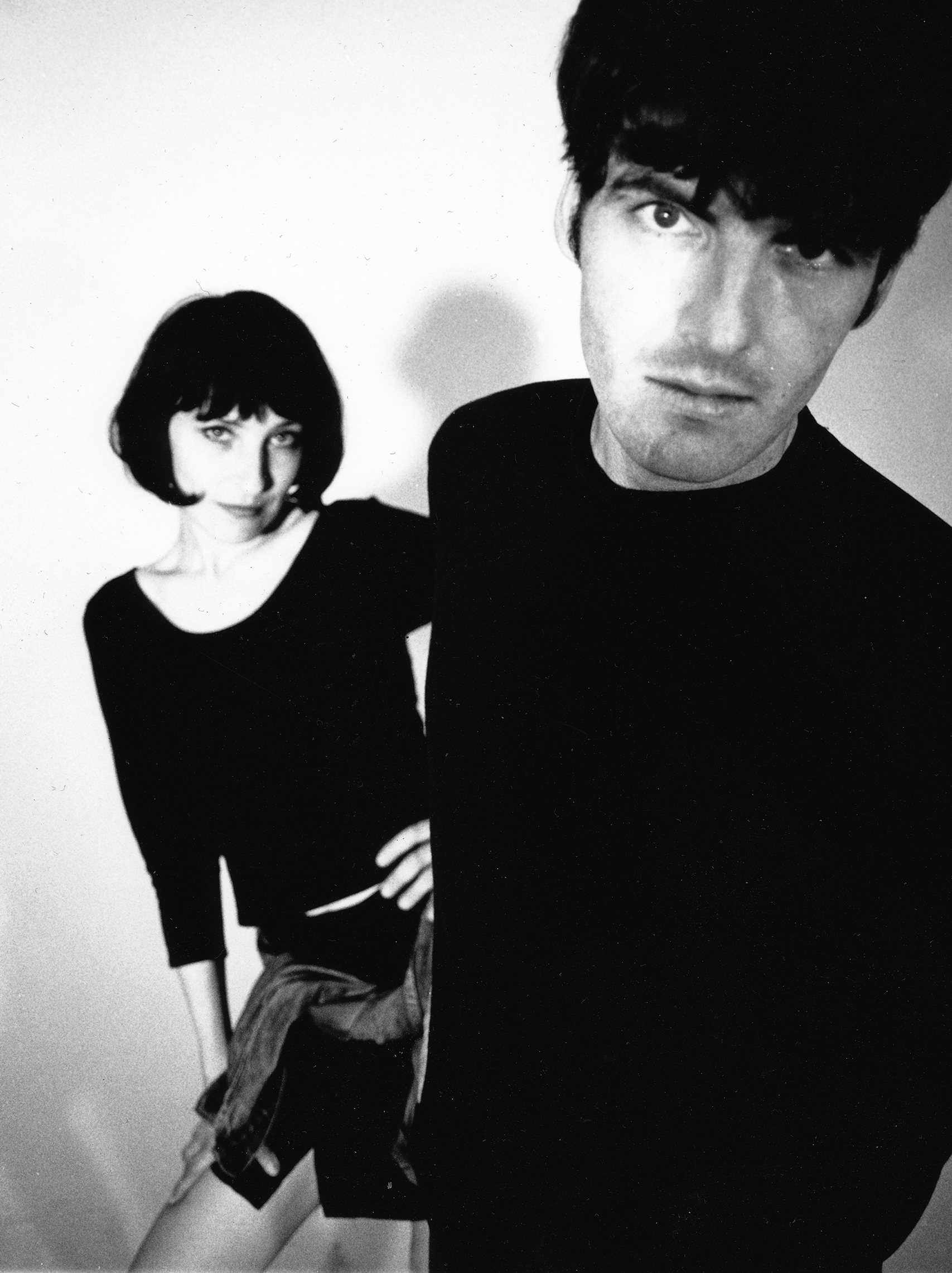
The late ’90s seemed like a golden time when things were pretty great in both the US and the UK, internet bubble hadn’t burst yet, end of the century energy. What do you recall about that time when you were writing and recording Some Dusty?
Paul: We started making records with Birdie in the aftermath of Britpop, things in the UK had stagnated and so it certainly didn’t feel like a golden period at the time. I think we were too hung up on the UK NME music scene and I can see looking back that was pointless as we were never going to connect with the UK music press at that point. I wish we had been more aware of what was happening overseas, particularly in Spain,Japan and the US.
Debsey: There was still a lot of energy in London, in 1995 we went out a lot especially to Heavenly related events where I danced a lot to soul music, hip hop, house, big beat, every kind of wonderful tuneful groovy track. We decided to have a child in ’96 and so I started to stay in a bit more. Paul had started a company making films and designing artwork with a friend of ours to make a living and be a responsible father to be—and was out quite a lot, probably in pubs!
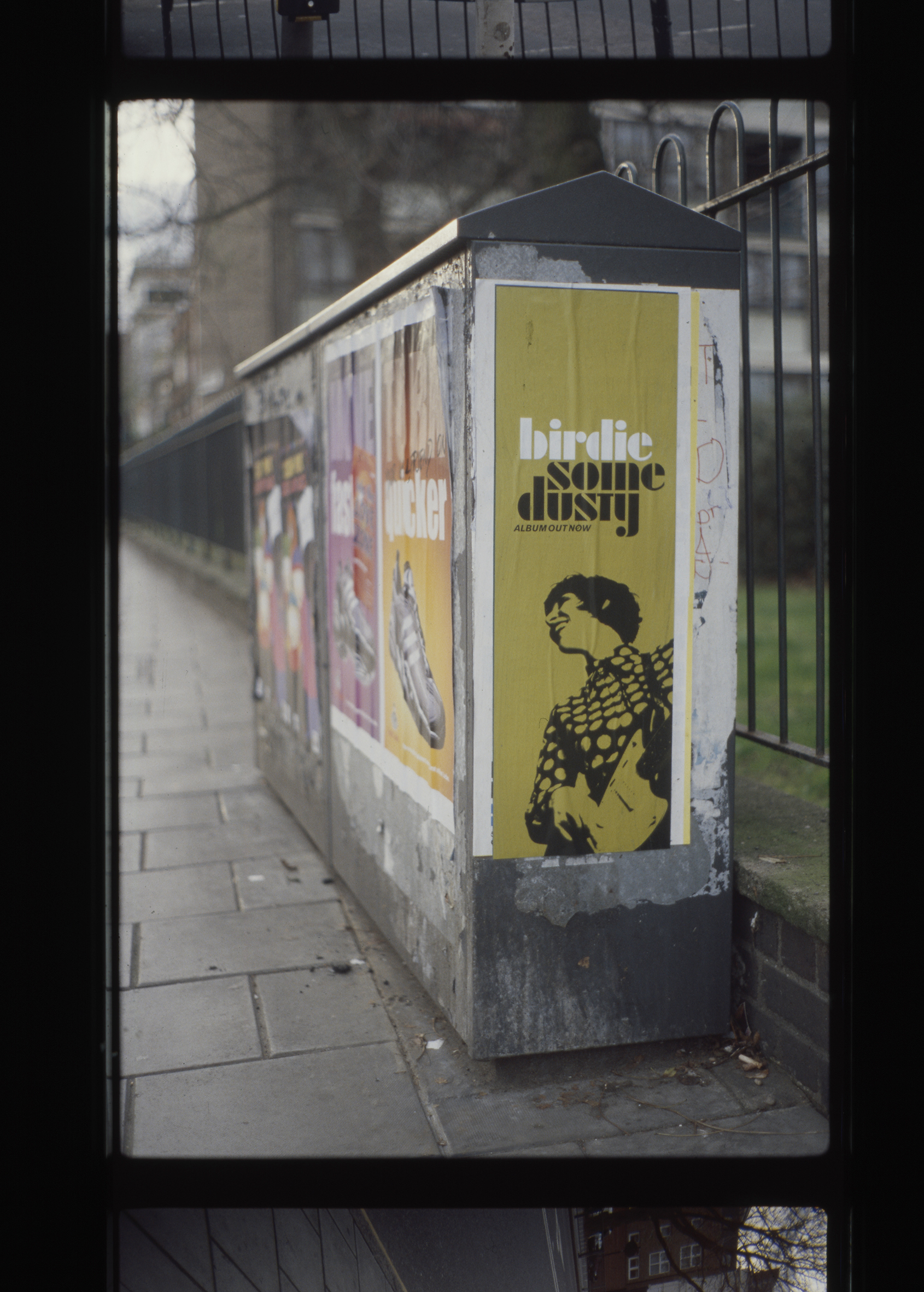
How was Some Dusty received by the fans and press?
Paul: I was so pleased with the LP. It was the first time I had been involved in a record that I could actually enjoy listening to. I thought it was perfect and sounded exactly as we had envisaged it. It’s such a great feeling to make music that you really love. Looking back, I can now listen to other things I had recorded before that point and appreciate them but with Birdie I knew it was good as we were making it.
We had Mick Houghton as our press agent and Scott Piering was our radio plugger. Mick had worked with Echo and the Bunnymen and the KLF and Scott had worked with Pulp and the Smiths. I think Scott genuinely loved the record but I’m not sure that Mick did. We did get played on the radio quite a lot but the UK music press were not interested at all. Despite this, I think the record sold quite well because we had our option to make a second LP picked up straight away, but the only fan mail we got was from the US and Japan. I think the record made a connection there, but in the UK we could barely get a gig or review. We never had an agent or a manager and couldn’t really make any progress with the live side of things. There was talk of a Japanese tour which would have been great. We had been there with St Etienne in the early ’90s and I think we would have been well received, but there was a financial crash in Japan around that time which scuppered the trip.
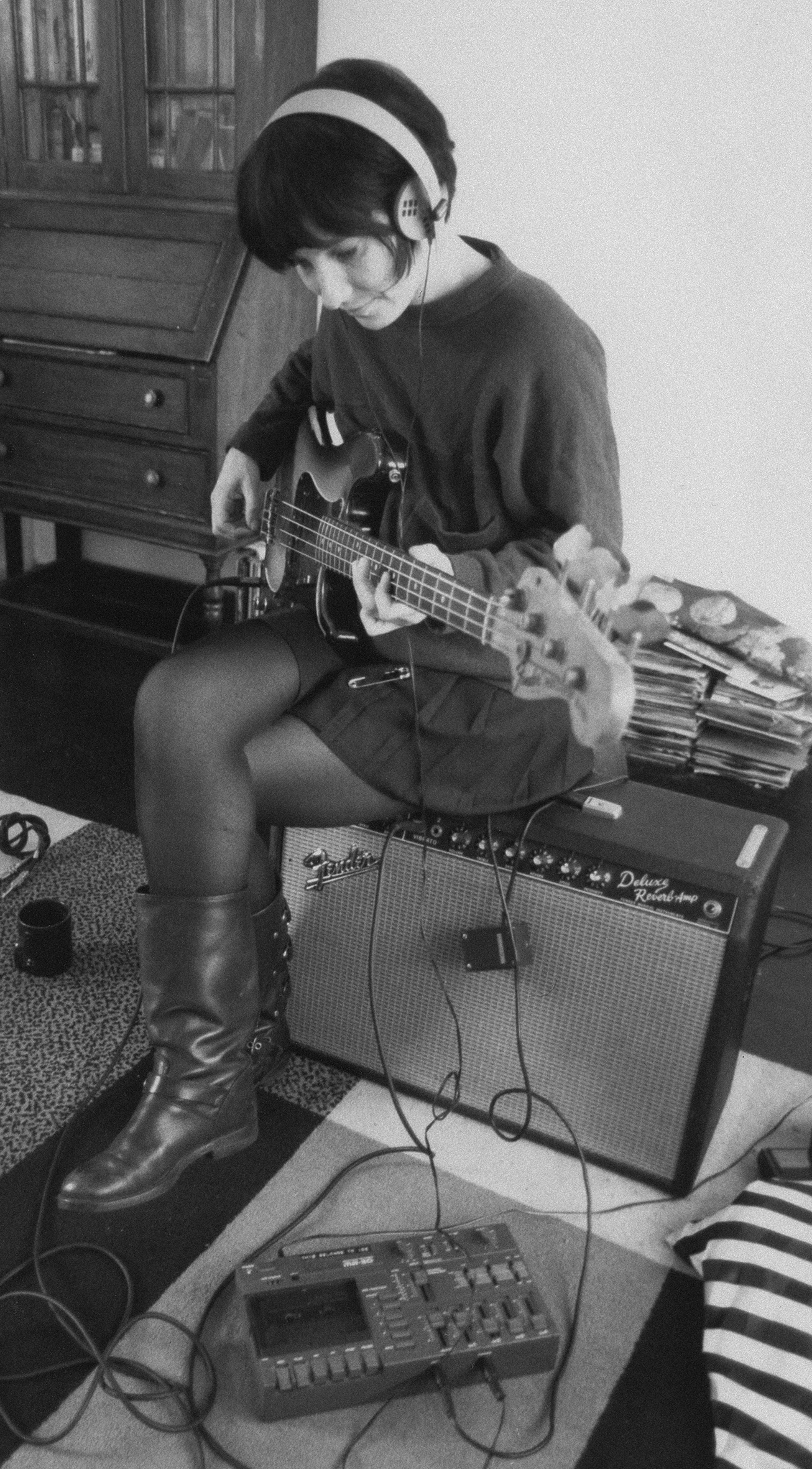
How did Birdie’s songwriting process work?
Paul: One of us will generally start a song, me on guitar or Debsey on a piano. Maybe just a few chords and a melody and then we would both develop it together. Whoever starts the song will usually write the words but that’s not always the case—but the words always come last and always late.
Debsey: We wrote separately a lot and then would add things to each other’s ‘creations’. Neither of us particularly liked writing words but we persevered, sometimes if you were lucky the words just happened. Sometimes I would give up and hand over a tune and Paul would fit words to it. He wrote a lot of the words to his own tunes, I never knew what they were about and just made up my own meaning.
What music was inspiring you back then?
Paul: I think we were mainly listening to older records, Acid Folk stuff, and Soft Rock or Sunshine Pop. We were going out clubbing but not really listening to so much dance music at home. We loved Stereolab and Broadcast and I guess they had a big influence on the kind of records we listened to even if it’s not apparent. Laura Nyro was a big influence on the LP and we went to see one of her last shows together at the Union Chapel in Islington which was incredible.
Debsey: I loved St. Etienne of course. My inspiration came from the sixties songs that I had always loved and all the sixties music that Paul introduced to me that I’d never heard. I also heard a lot of great music hanging out with Saint Etienne and everyone around Heavenly Records and the Social, not any particular group.
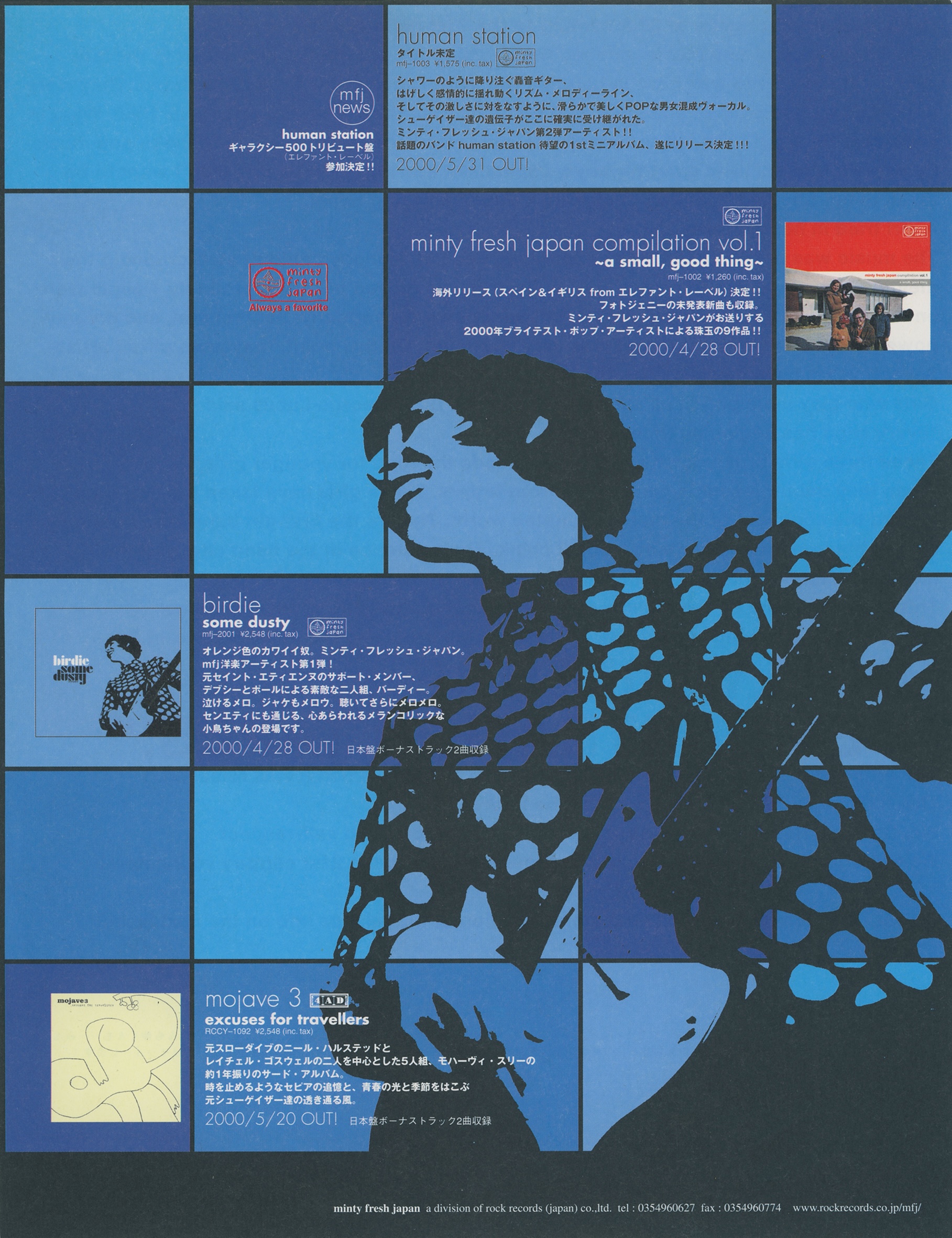
Jason Reynolds put out your first single, yes?
Paul: Jason had released an LP of East Village B-Sides and out-takes on his Summershine label in Australia in about 1990 and I think we had even had a minor radio hit over there. By the mid ’90s he was at working at Sub Pop in the US but still putting out the odd thing on his own label. He was visiting London and staying at the Holiday Inn in Clerkenwell near us when I met up with him and asked if he would put out a couple of songs that we had recorded at Bark Studios with Brian O’Shaughnessy. One side was a demo we had done for Creation and the other side a demo for Heavenly. I don’t think Jeff or Alan McGee were really interested in the band, but they had funded some studio time—probably to get me off their backs. Anyway, we had these two songs and Jason put them out as a single and that’s how we eventually got the deal with Tris Penna at It Records. I think Jason was winding down the label and so there was never any talk of doing an album for Summershine.
How did having children impact your work with Birdie?
Paul: At that time the band was just Debsey and me, we did manage to get our friend (and neighbour) Wildcat Will to play drums on the record but everything else apart from the strings we played ourselves. Will had been the drummer in the Sandals and was by that time playing with Beth Orton. When we began recording Some Dusty, our daughter Sadie was about 18 months old and we had to take her to the studio with us most days as we couldn’t afford a babysitter. We had periods where she would sleep for a couple of hours but when she woke up either Debsey or me would have to wheel her around Walthamstow in her push chair. There was a sweet factory nearby the studio and all I can remember is this really sickly sweet smell outside that was so strong that it would give you a headache. I think the record only took about ten days to make and that was mainly due to the fact that we had to work so quickly. We did all the backing tracks in two days. It was great, no time to overthink what we were doing. I went in a couple of times on my own to do guitar parts and mixing while Debsey stayed at home looking after Sadie but we were generally there together, baby and all. I don’t think she’s ever listened to the finished record though, definitely not her bag. When we actually signed the recording contract at the label offices in Covent Garden, the only people there were Debsey, Me, Bob, Tris (our label manager) and bizarrely, Vicki Wickham (producer of Ready Steady Go) and Nona Hendryx! It was amazing and we celebrated by cracking open a bottle of Champagne from Andrew Lloyd Webber’s wine vault, amazing!
Debsey: We only played a handful of gigs before we had our daughter. One was in Covent Garden and we went to it on the bus, it was just Paul on guitar and me singing. The same for our second in Camden, an afternoon affair when I was about six months pregnant. Later on in the year I heard from Paul that Jason Reynolds was interested in putting out a single which was great, I still think of that single (Spiral Staircase) as being very precious and having the purest Birdie sound. When we got to the point where we were talking about a record deal and going for meetings, we always had to find a babysitter and that wasn’t easy.
Paul told chickfactor “I think Sadie our daughter saw the guitar as competition and would inevitably start crying as soon as either of us picked it up. Debs would have to hide away in another room to write on the piano whenever Sadie was asleep. It was really rare for us to be able to sit together and play as we had done when we first started.”
Debsey: It’s all true. She was obviously very attached to me and was used to me answering her every need which I wanted to do, but it did make it difficult to write and to rehearse ideas. She was part of it though as well and Birdie ultimately wouldn’t have been the same without having had her.
Describe the feeling, the vibe, the scene at Bark Studios in the summer 1998. What do you remember about the sessions?
Paul: It was all done very quickly, ten days, but it was very enjoyable, I loved taking home the rough mixes and listening to what we had done. It was really exciting to have a deal and to actually be making a record. We would sit up late at night and work out the parts we needed to record the next day.
Debsey: I remember feeling very lucky and excited to have the chance to record our songs properly. Our drummer on Some Dusty was Will Blanchard (Wildcat Will as everyone knows him) and he was around for as long as it took to record all the drums, maybe two or three days. He was exceedingly relaxed, lovely to be with and quietly witty. It was when I got closer to Brian as well and I found him very easy to be with, to chat and laugh with, he was very individual but it totally worked between us all.
We must have got a babysitter for some of the recording part of it, although I may be wrong, maybe Sadie was asleep a lot of the time, she was only one and a half, still needing naps. We were almost recording it as demos because the agreement seemed to be that if Tris Penna at It Records (they were paying for this) liked the album’s worth of songs he would put it out. It was a good approach because we didn’t take too long to do anything, saving us deliberating for too long. Paul stayed on extra days to mix it with Brian and would come home with mixes and I loved it.
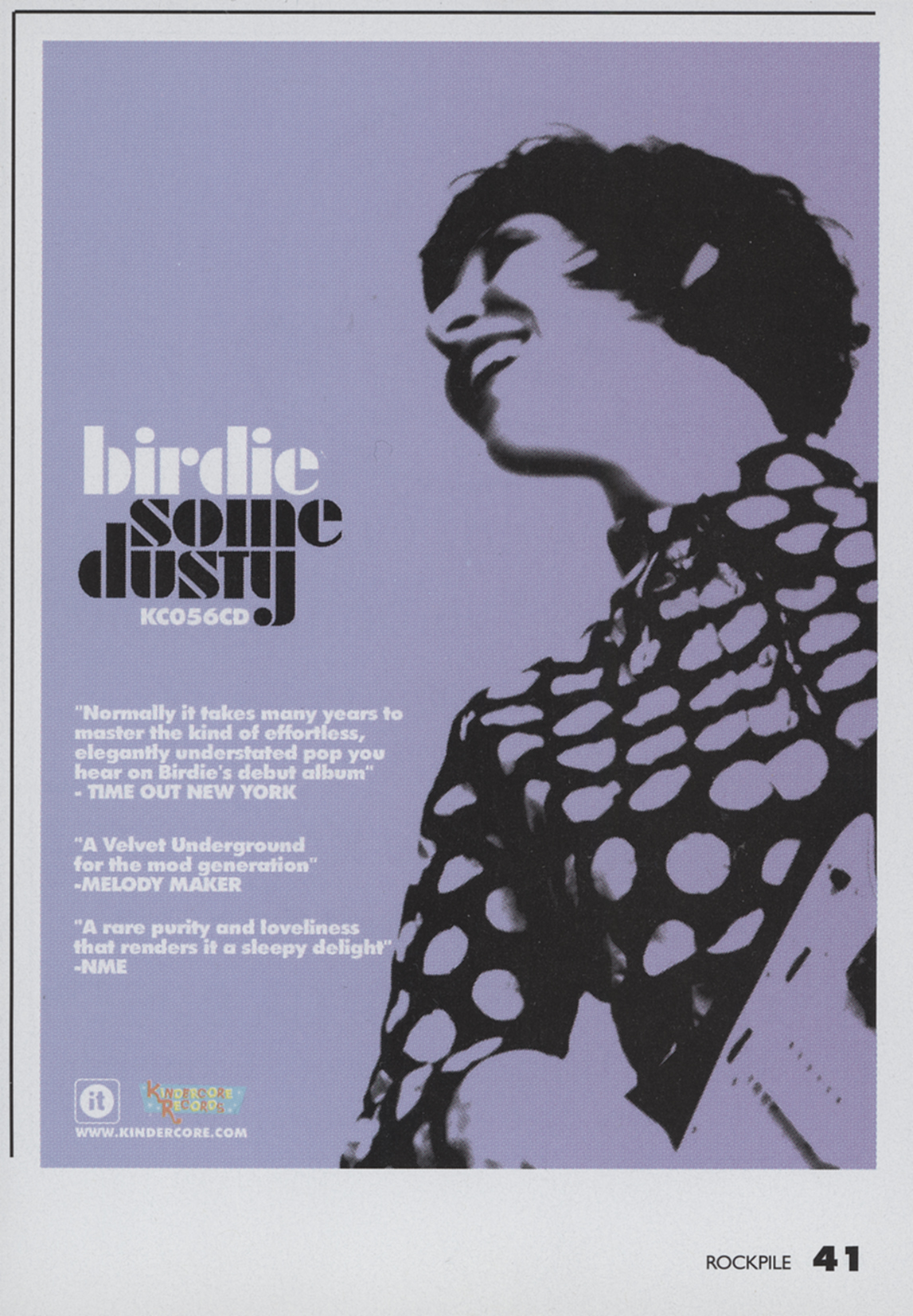
How did you end up working with Brian O’Shaughnessy? He seems to be the go-to for many of my favorite bands. What is it about him?
Paul: When East Village split up 1991, we had an unfinished LP that we had recorded the previous year with Ian Caple at The Stone Room in Acton, West London. It was all recorded but not mixed. Jeff at Heavenly suggested that we finish the record and release it. He felt it would be good to mix it with Brian O’Shaughnessy at Bark Studios. Jeff knew Brian through working with Andrew Weatherall and Primal Scream who had recently recorded Loaded there. A couple of other Heavenly bands and My Bloody Valentine had also worked at Bark. Anyway, the mixing went really well, I loved the sound Brian was able to get and when we came to do our demos that’s where we wanted to go. Making the LP was the obvious next step as the demos sounded so good. It’s a really small tatty looking studio with an old MCI desk just like the one Abba used. You would never believe how many great records have come out that place if you saw it. The Clientele and Lawrence still make records there and it looks exactly the same as it did when we recorded Some Dusty.
Sean O’Hagan seems like an ideal fit for Birdie. What was it like working with him?
Paul: I didn’t know Sean at all but I really liked Microdisney and the High Llamas and he was also working with Stereolab which swung it. We had finished the bulk of the recording and wanted to add some strings. I sent him all of the songs to listen to and make some suggestions for string arrangements. He picked out three songs he liked and we said, great, whatever you reckon. I went down to the session which took only about an hour or so and that was it, job done! The next time I saw him was when we played in Madrid for an Elefant records event a few months later. I went over to say hello but don’t think he knew who I was to be honest.
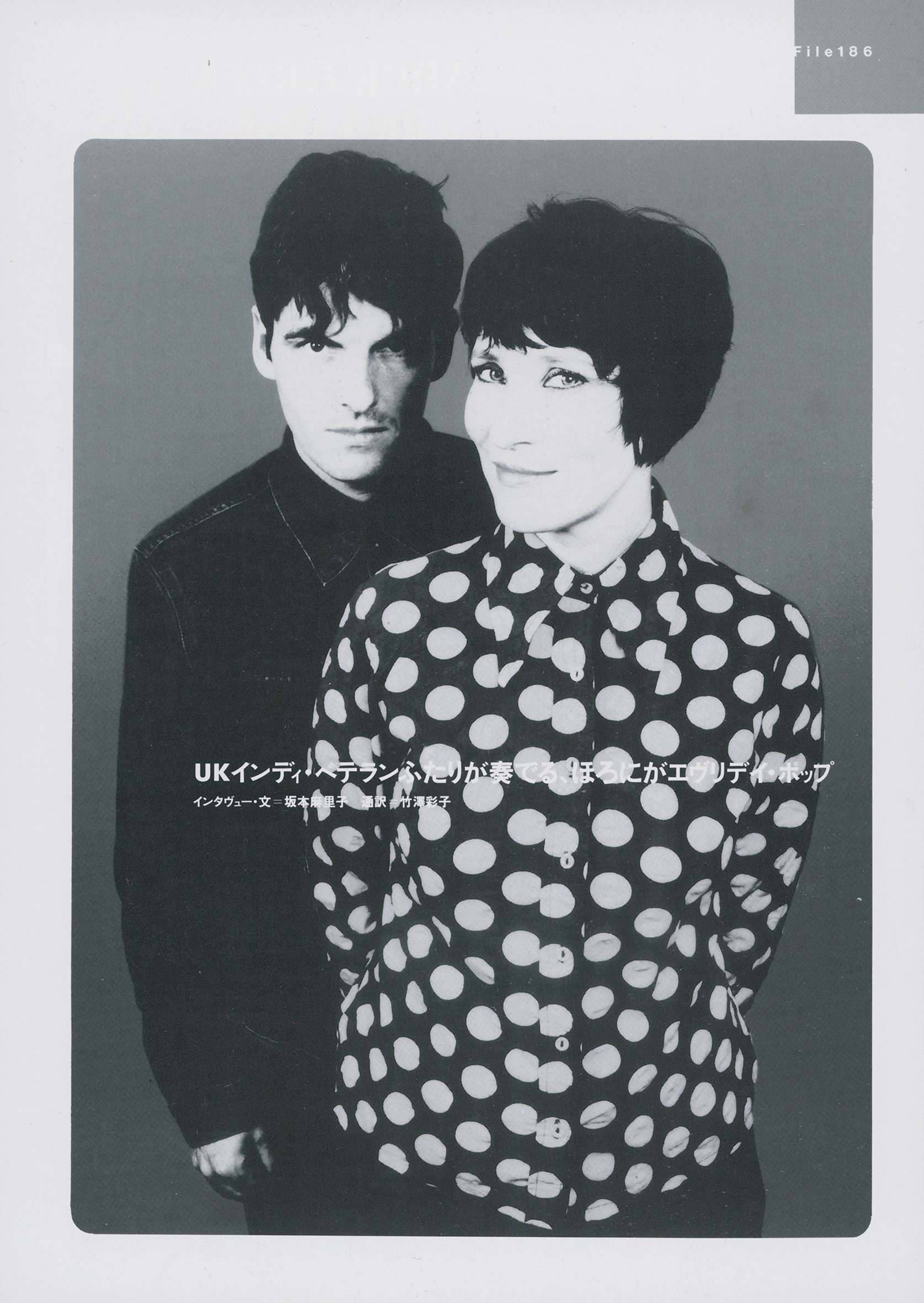
How does the record sound to you now?
Paul: For this release we went back to the original masters. We had the tapes baked and transferred for re-mastering and when I first listened back I nearly cried, I couldn’t believe that we had made this record. How did we do it? It’s far more complex than I had ever realised. I guess we were just brimming with ideas and enthusiasm at the time. We were also fairly young still and very much in love and I can really hear that when I listen to the record.
Debsey: I think the record sounds better now than it did then, in fact I’m surprised by it, pleasantly surprised that we had it in us!
Is there anything else you’d like to share about making the album?
Paul: I think Debsey and I are both good at coming up with melodies and harmonies but neither of us like writing lyrics. That was always the hard bit, staying up all night trying to finish the words because we had to record the vocals the next day.
Debsey: I played a Mellotron for the first time, it was very challenging but satisfying because it sounded so wonderful. It was a huge thing that took three guys to bring it into Brian’s control room. We also had another Stevie Wonder sounding keyboard (Clavinet) that I played on, I loved coming up with those extra bits and pieces on any strange instruments we could get hold of, I even played the harmonica I’d got for my 19th birthday which had been waiting another 19 years for this moment. For me the album was quite inward looking. I don’t know if Paul would say the same, but we spent so much time together and had started a family so for me it’s not so surprising that I feel it was about us.
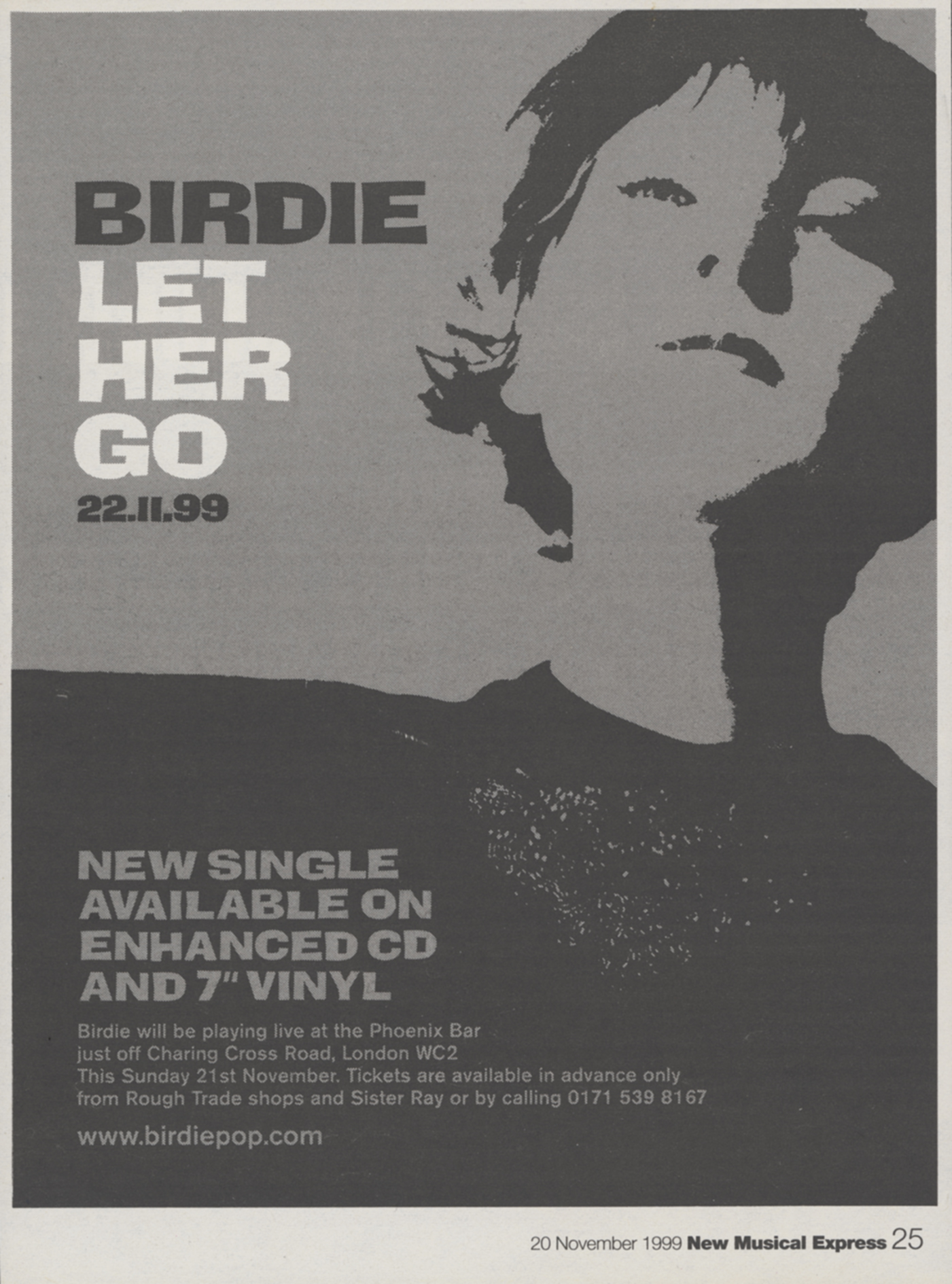

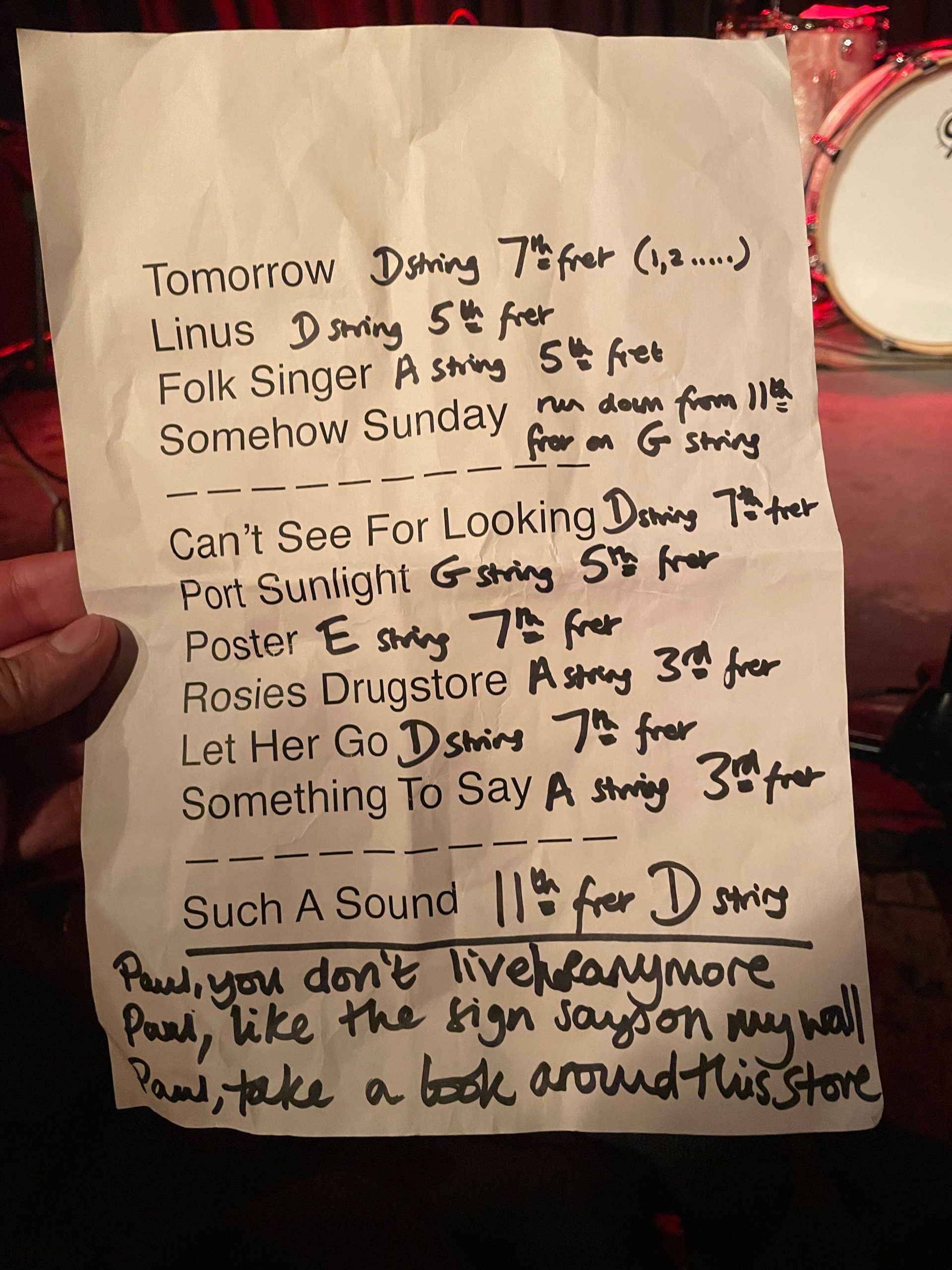
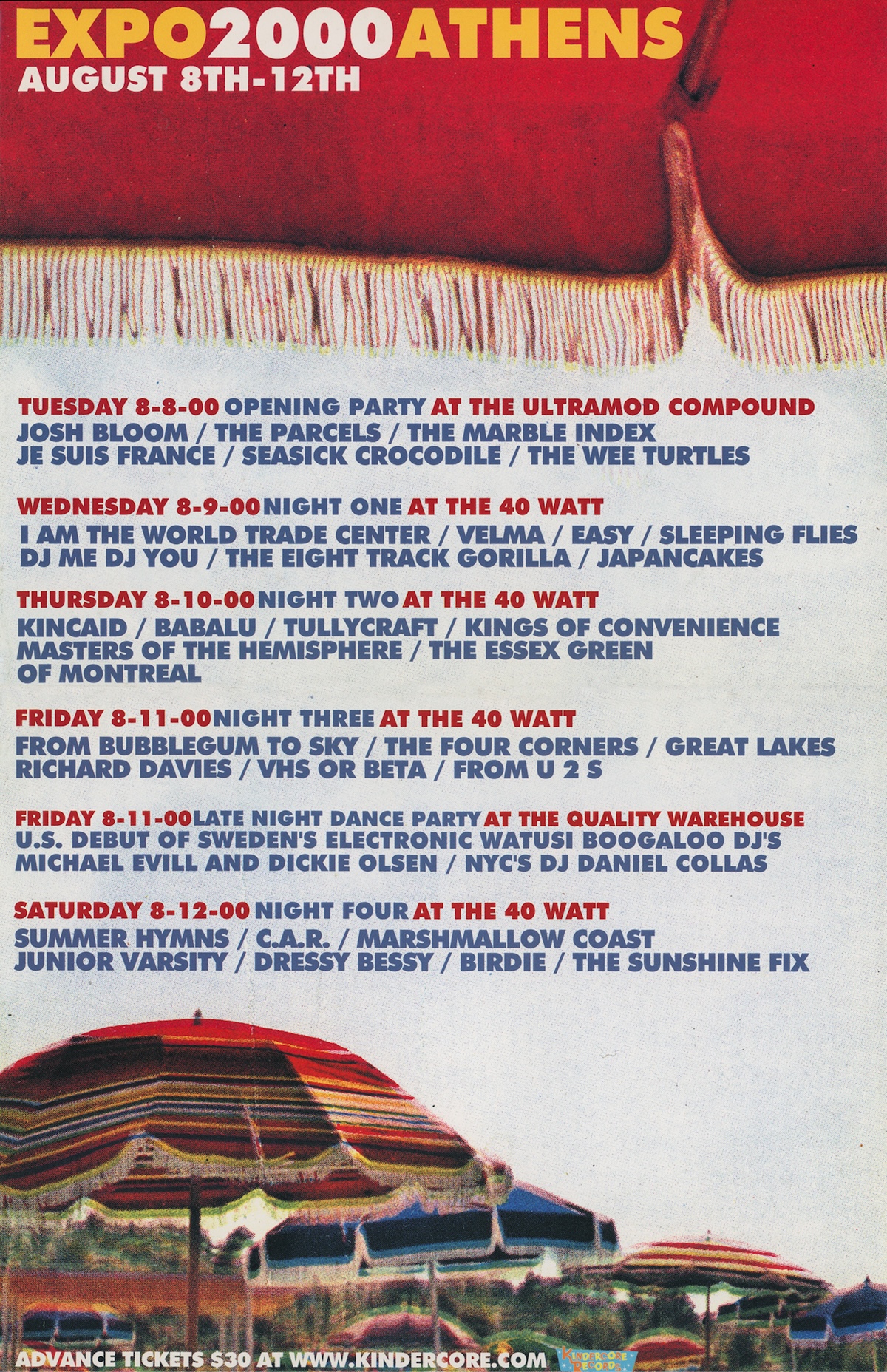
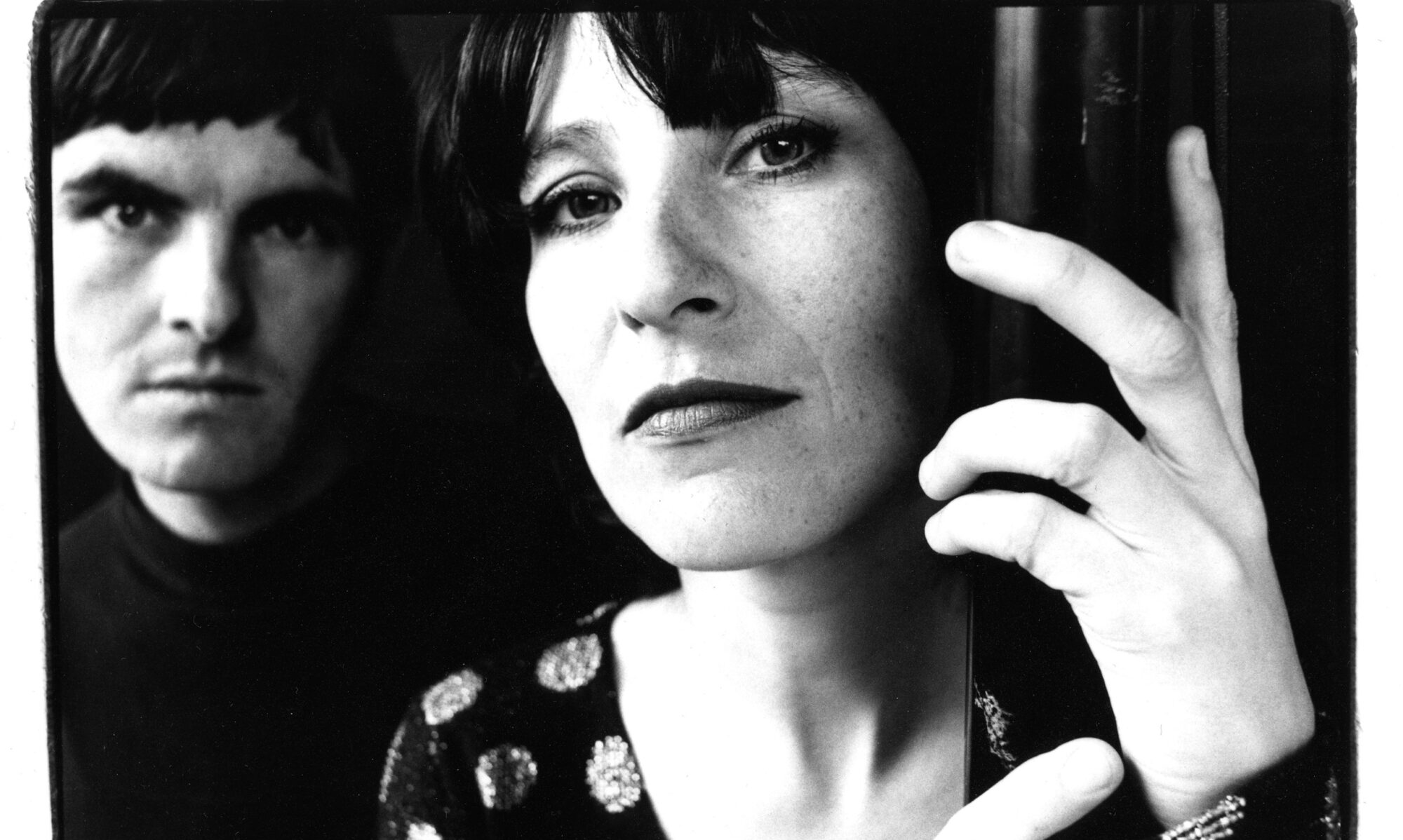
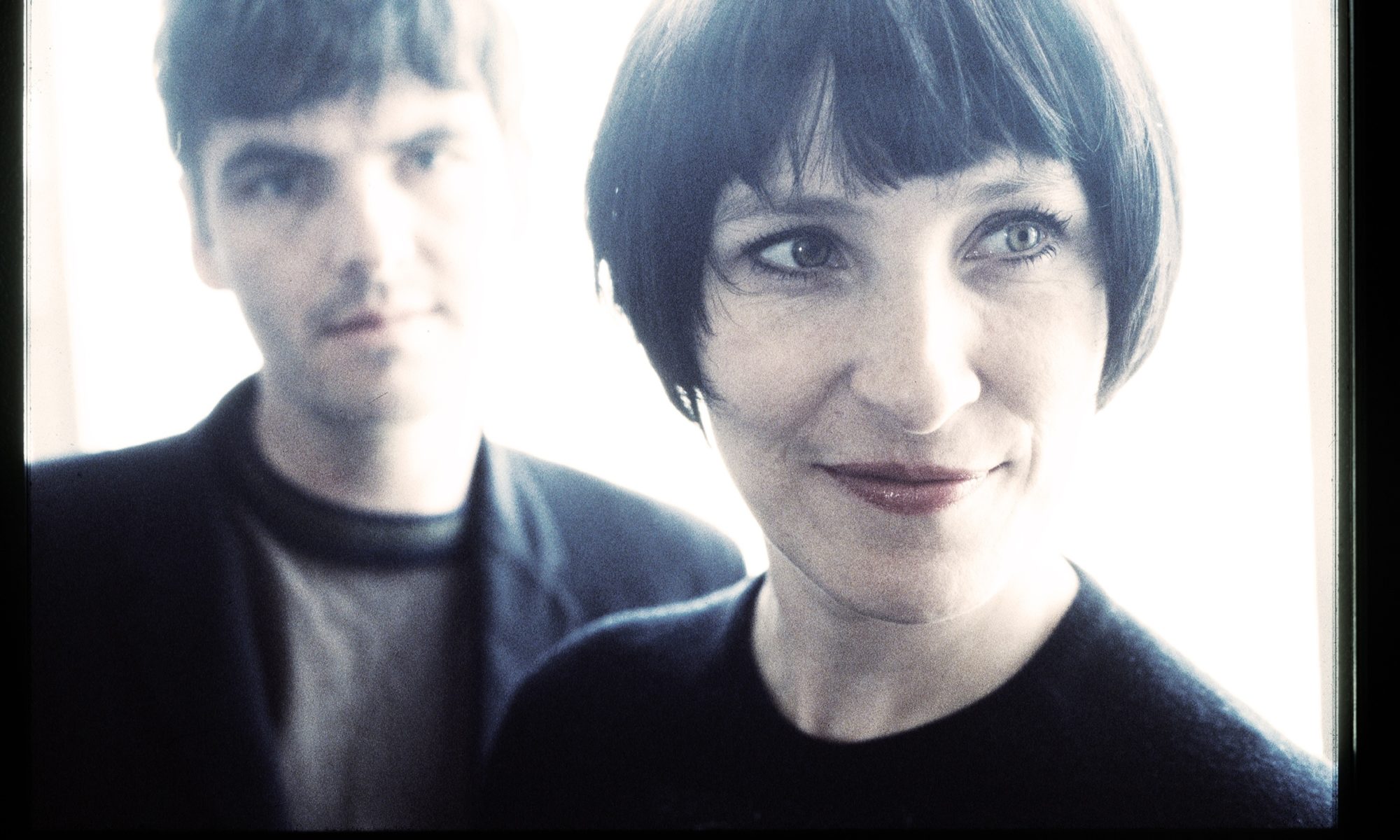
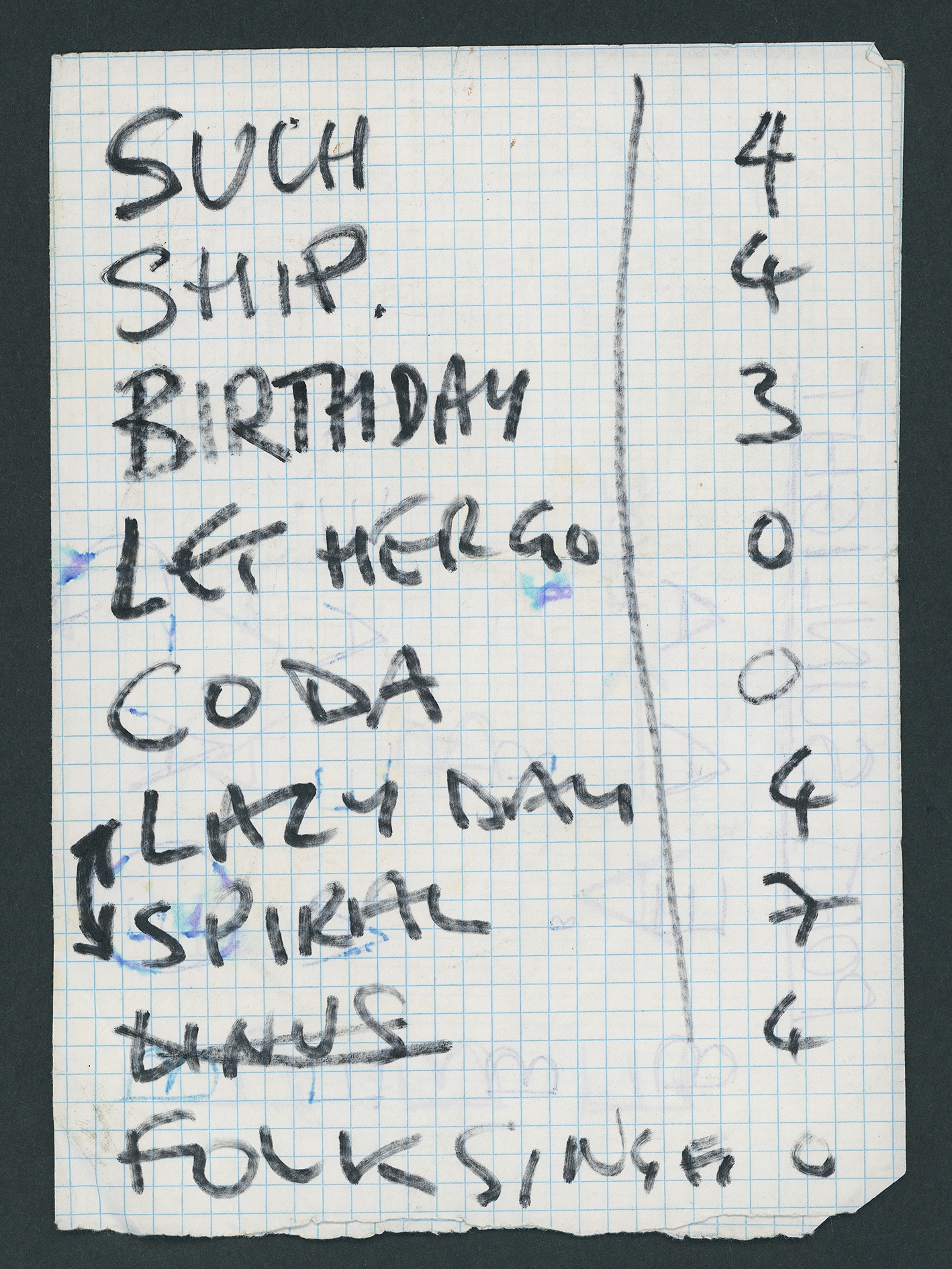
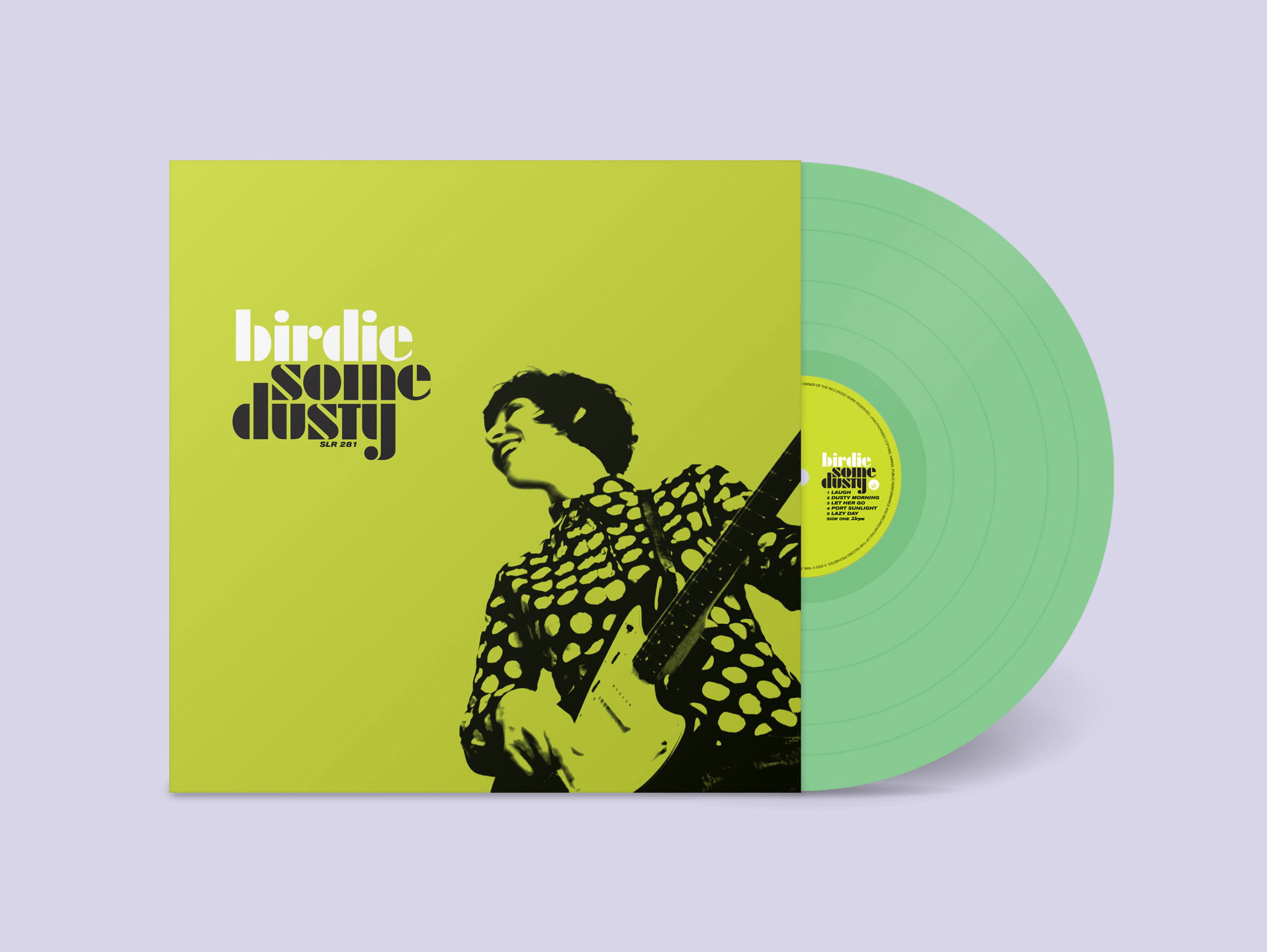
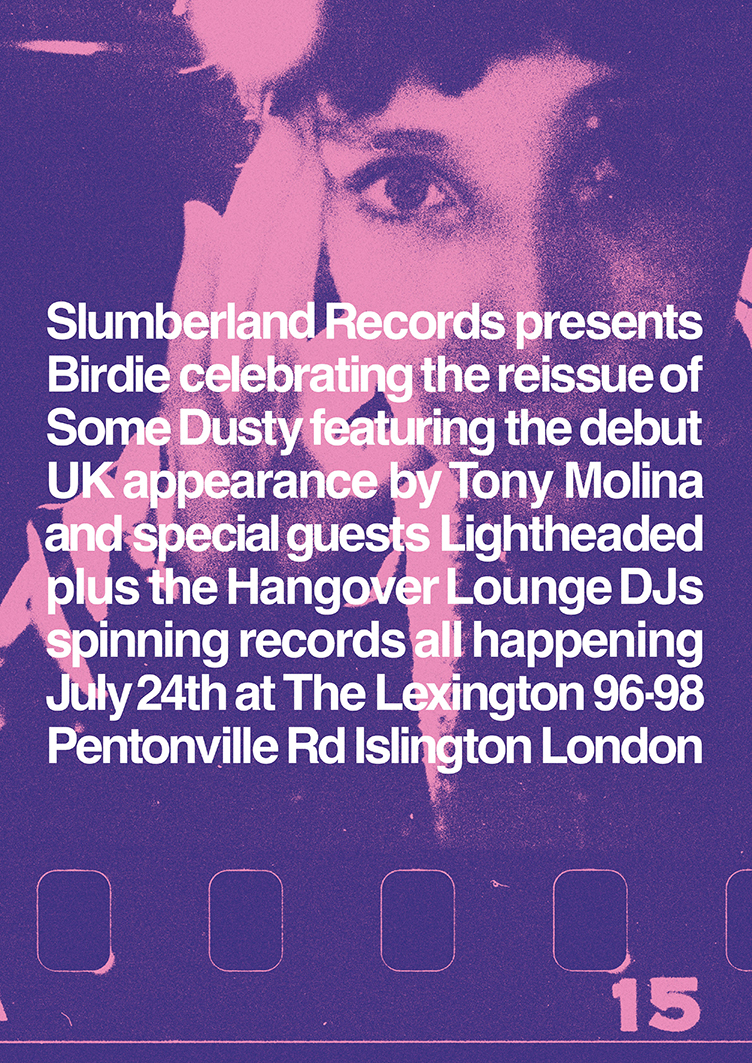
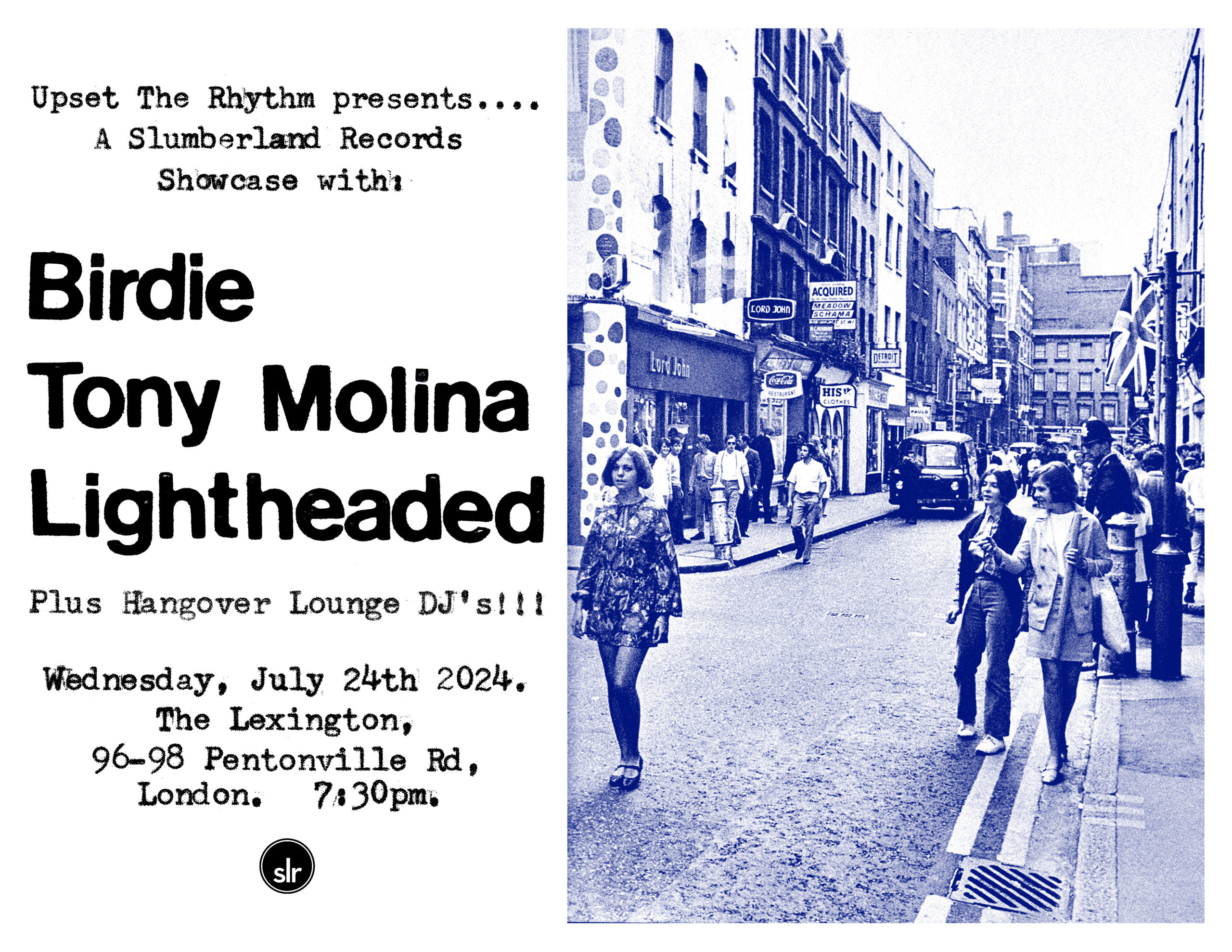
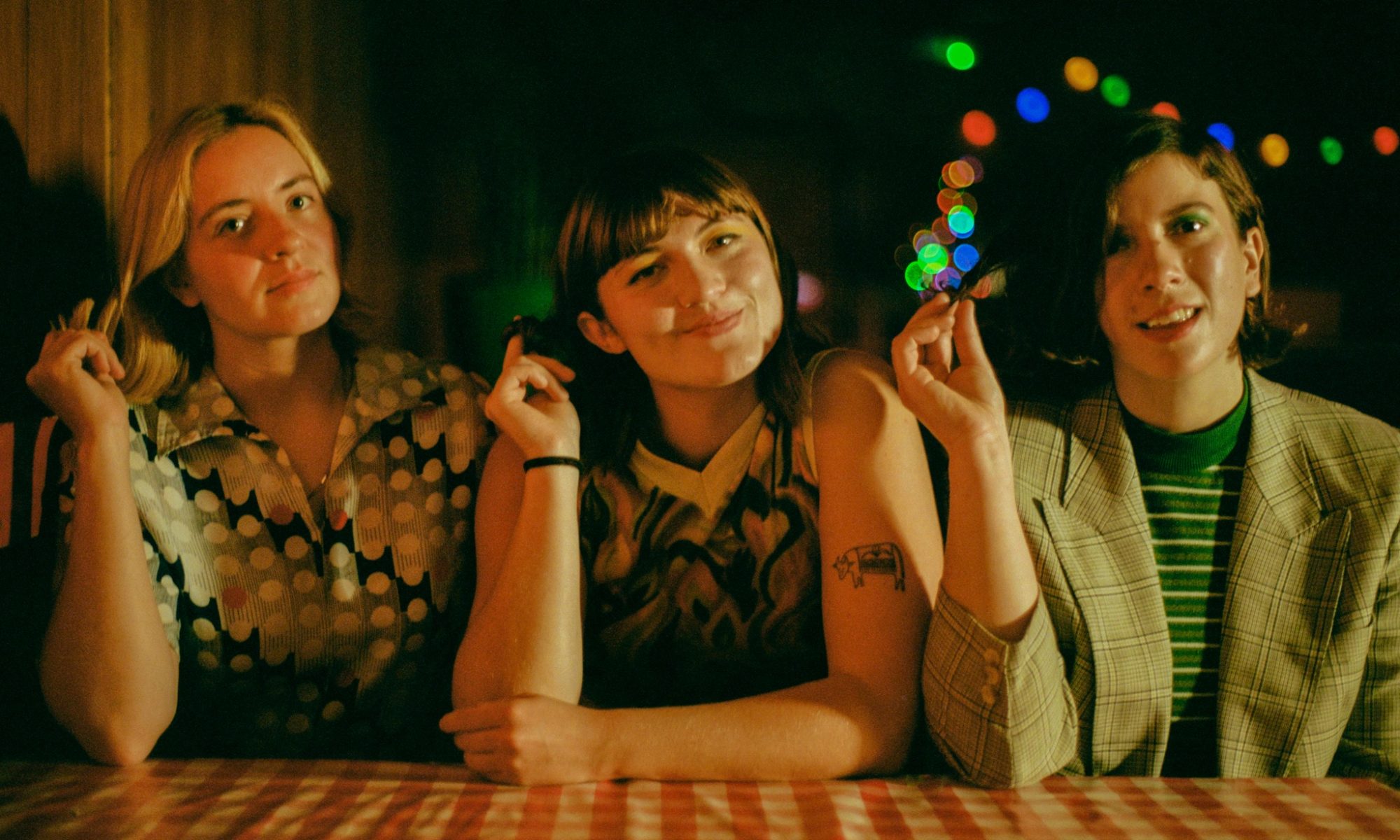
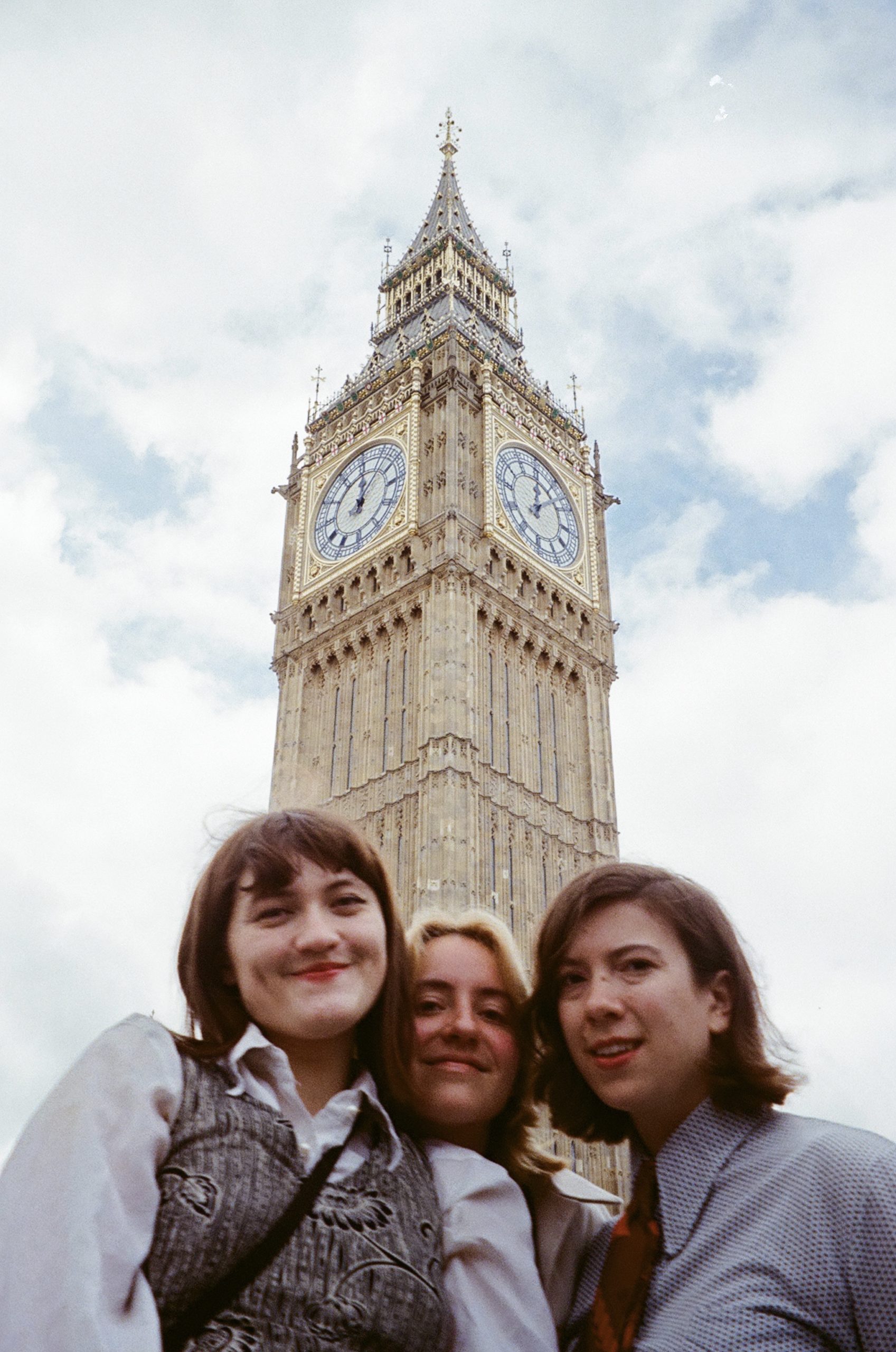
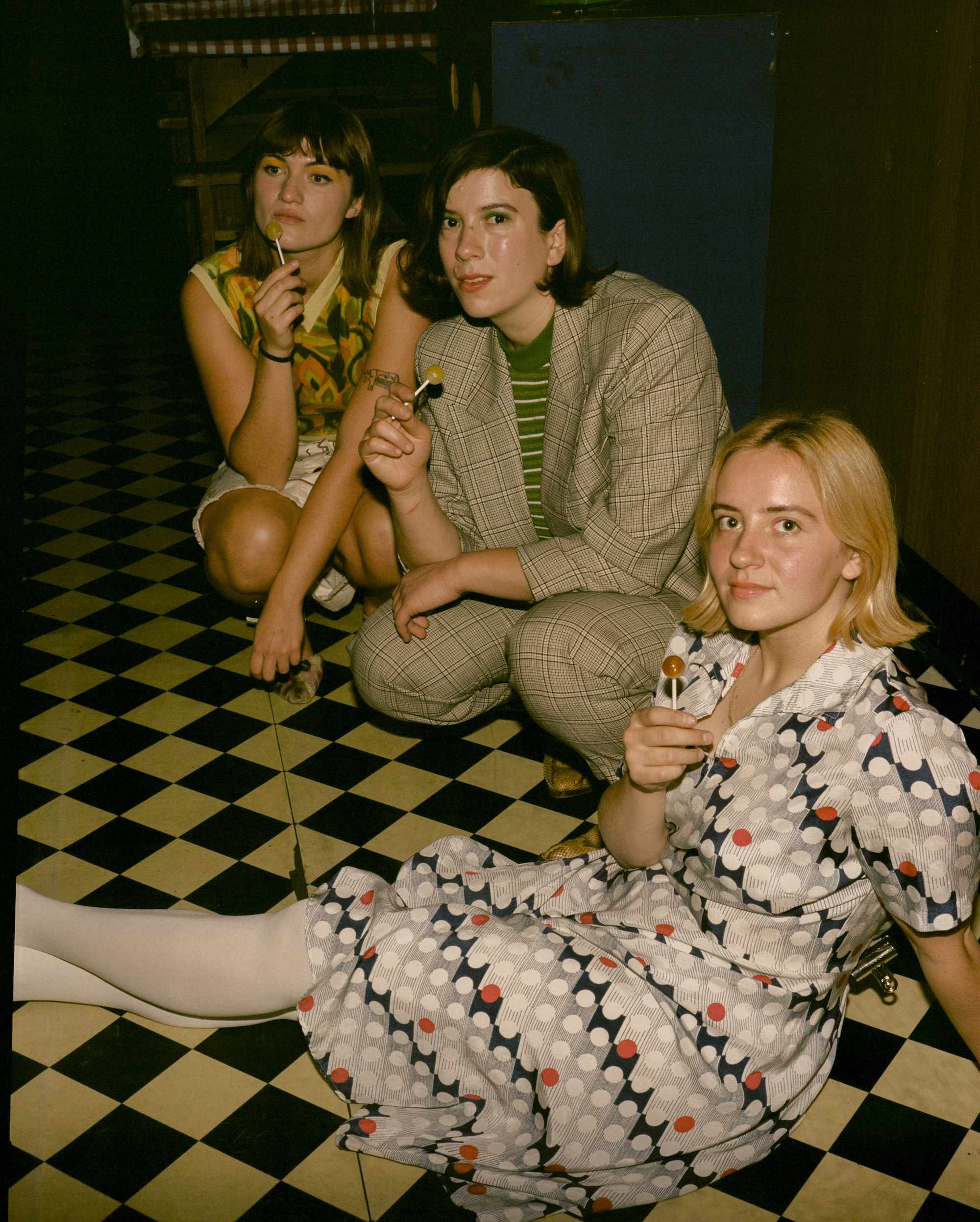
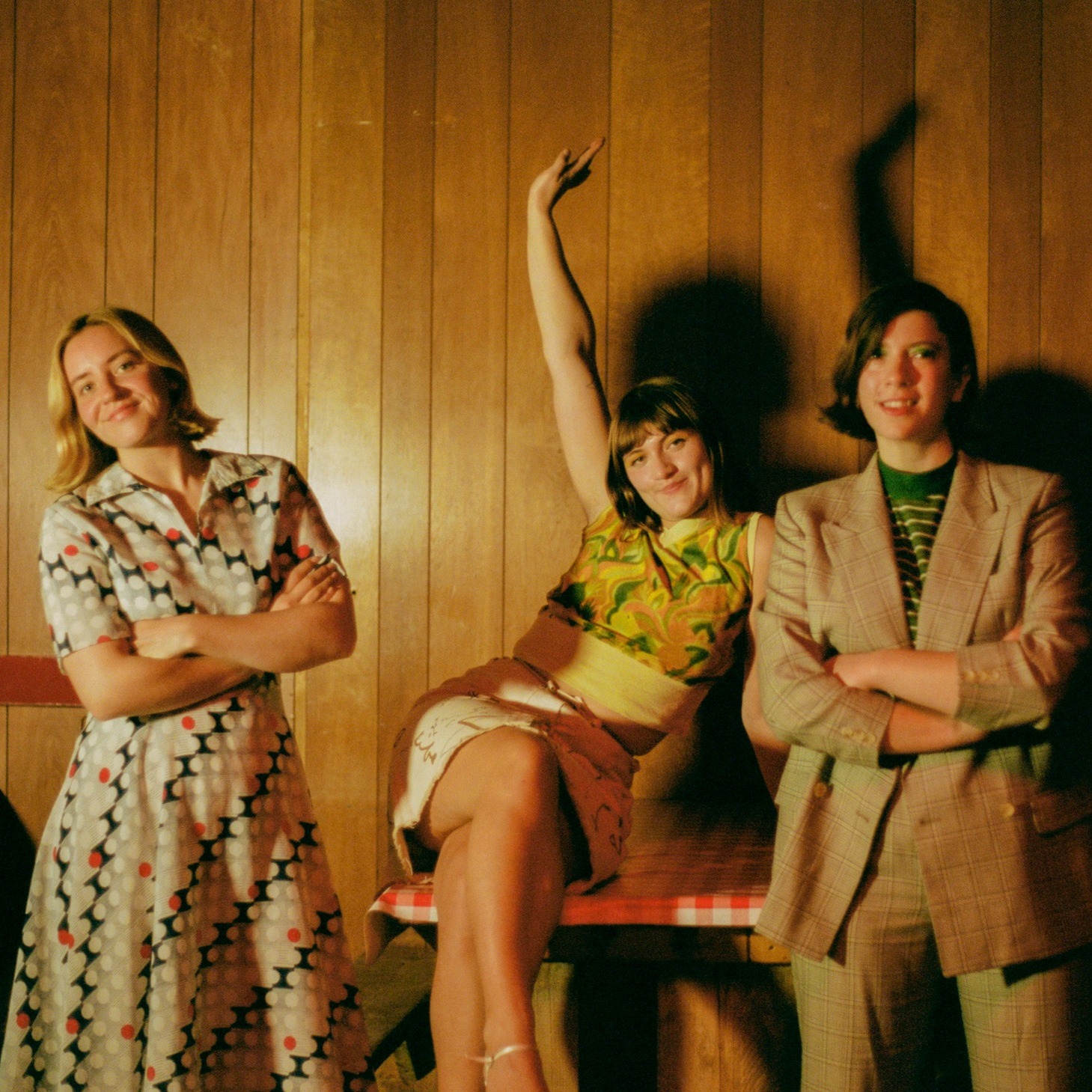
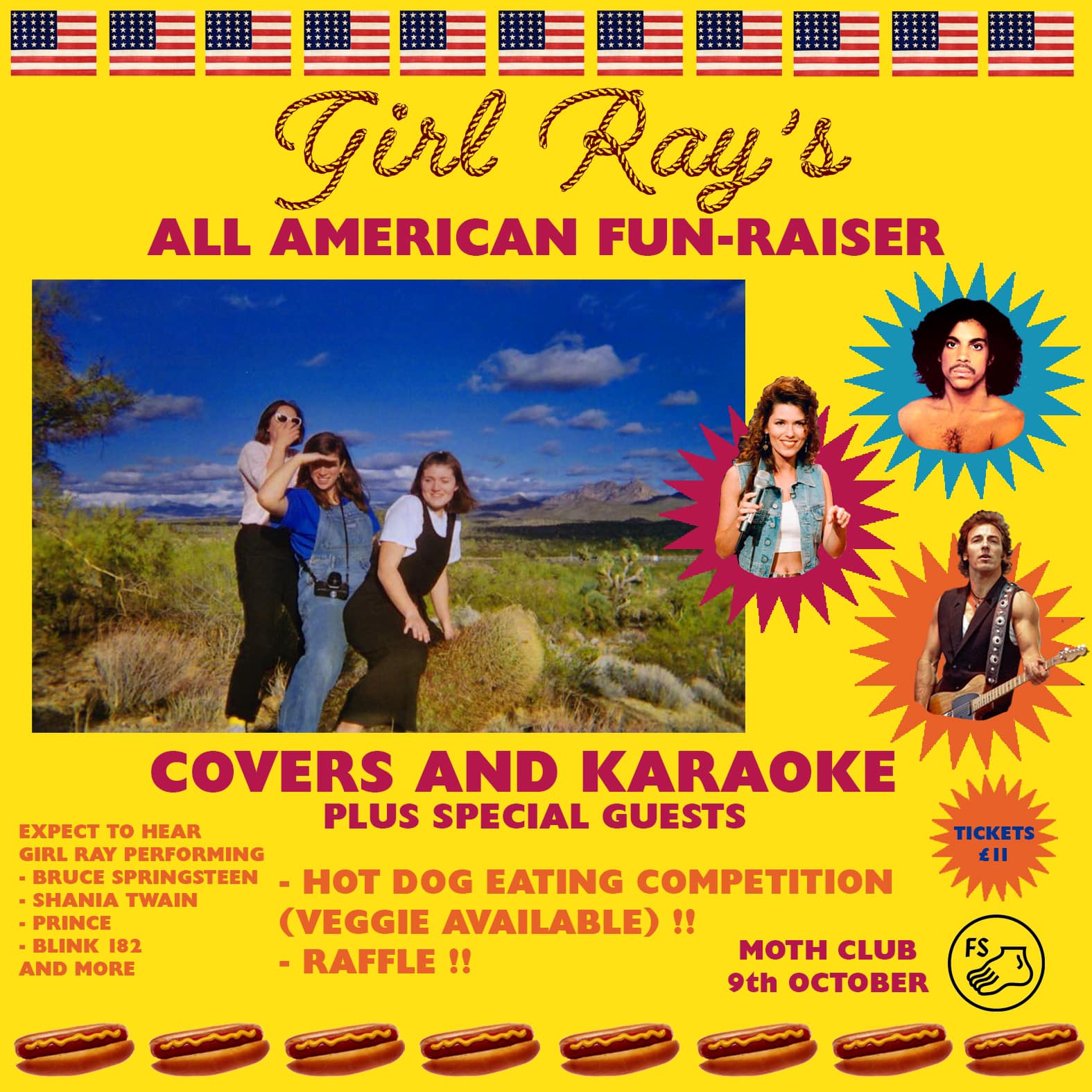
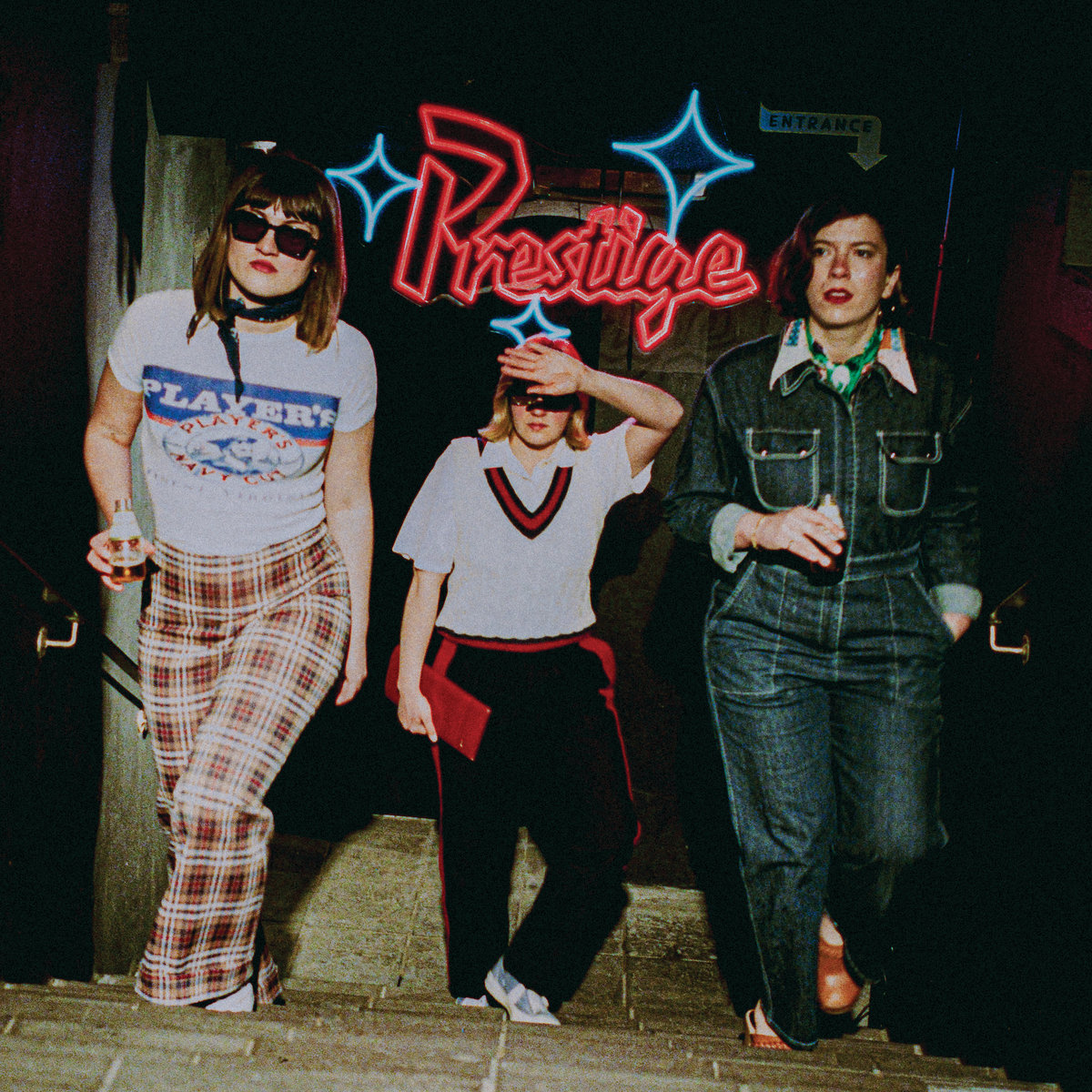
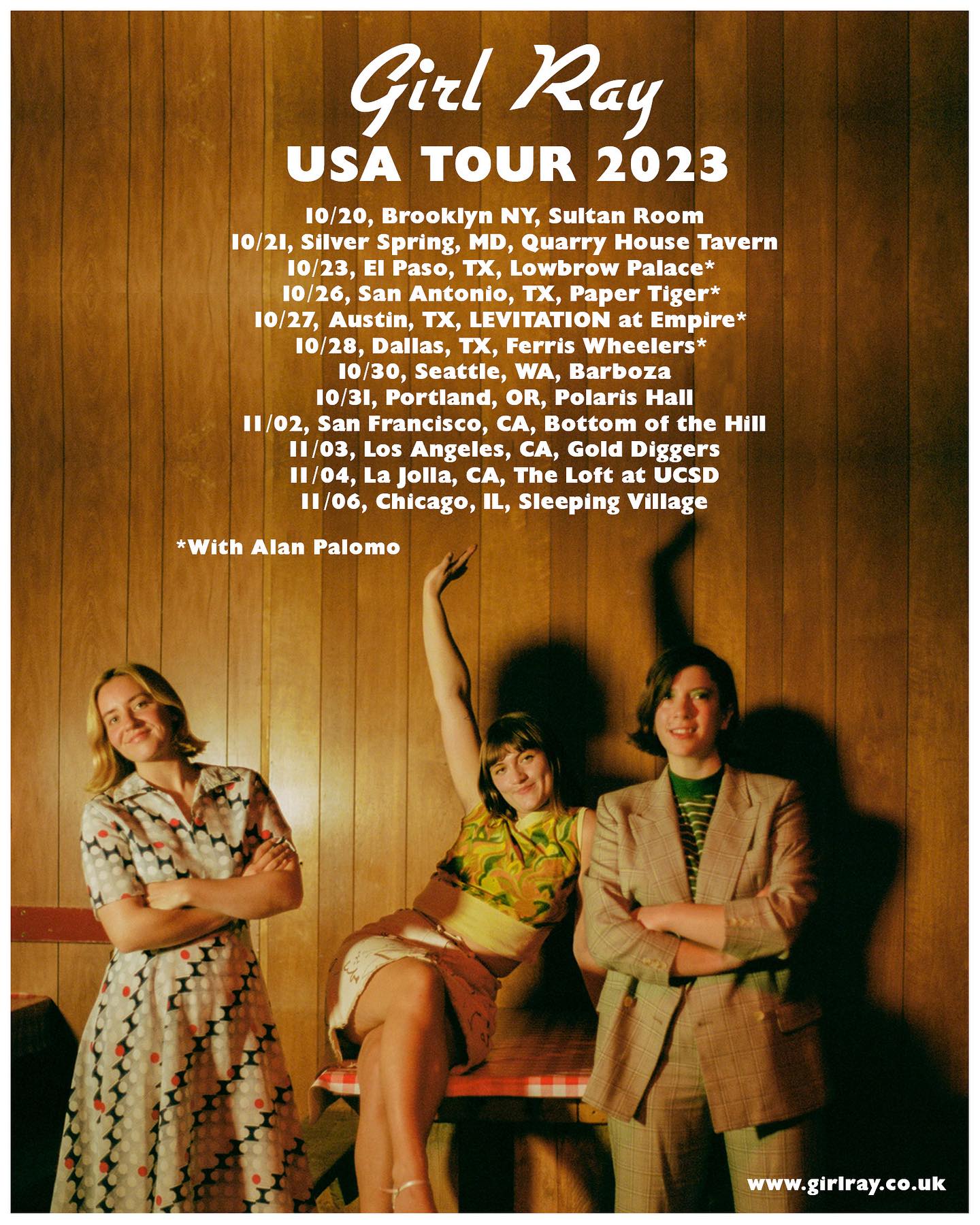
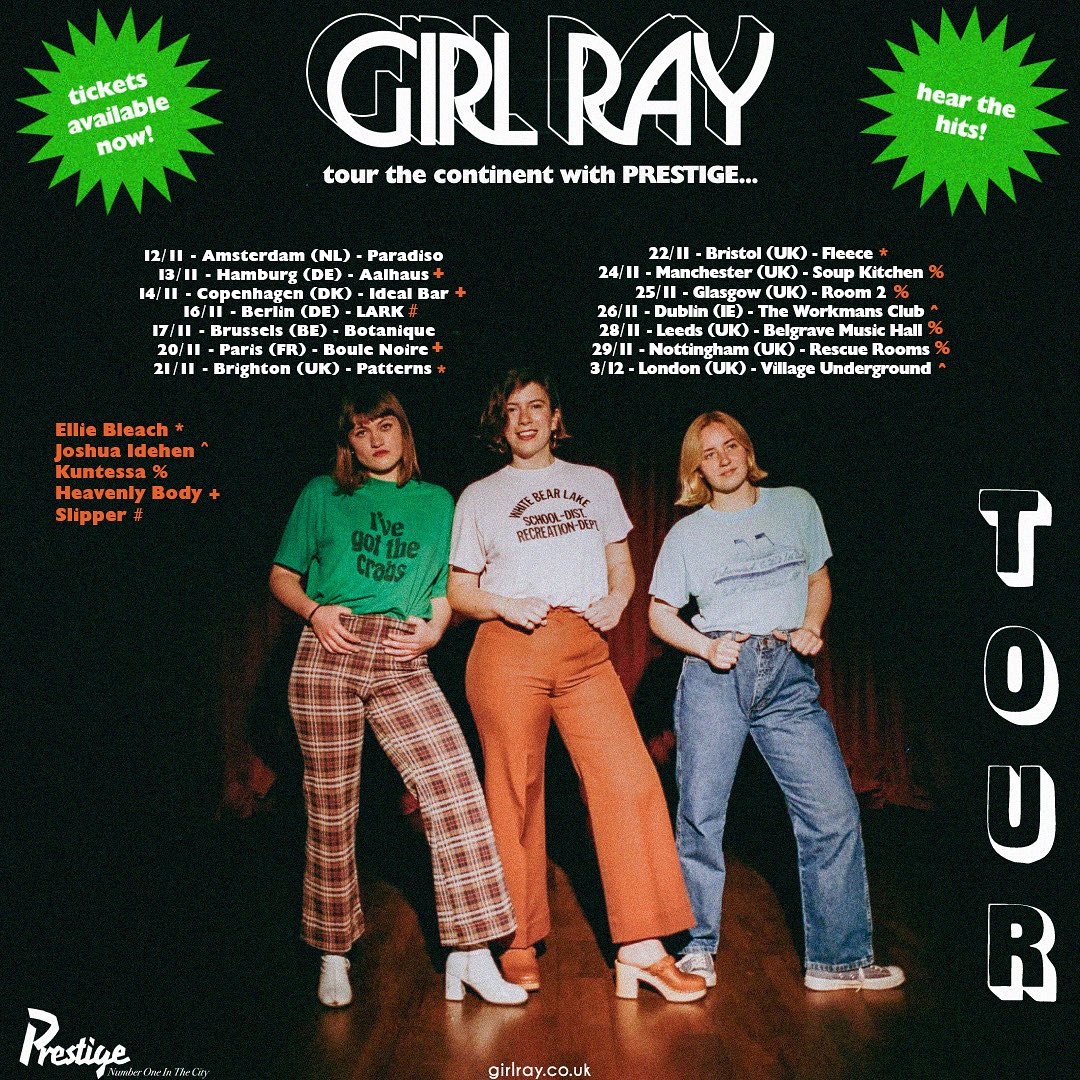
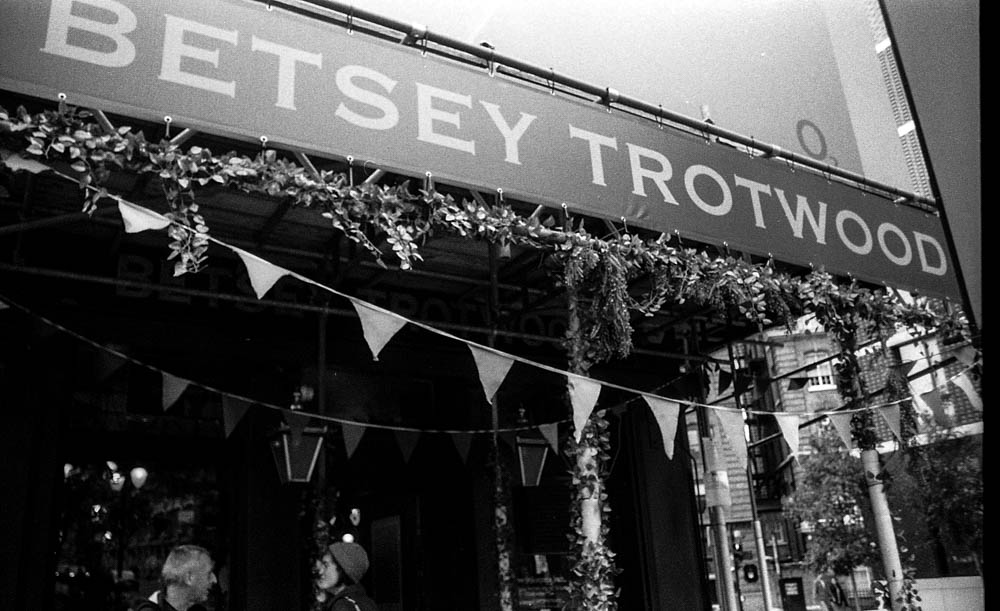
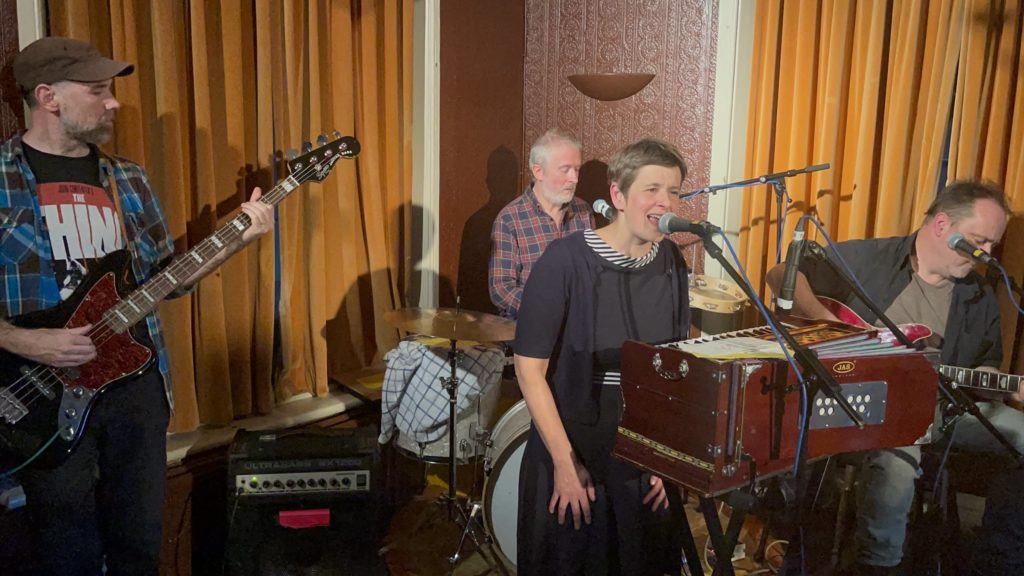
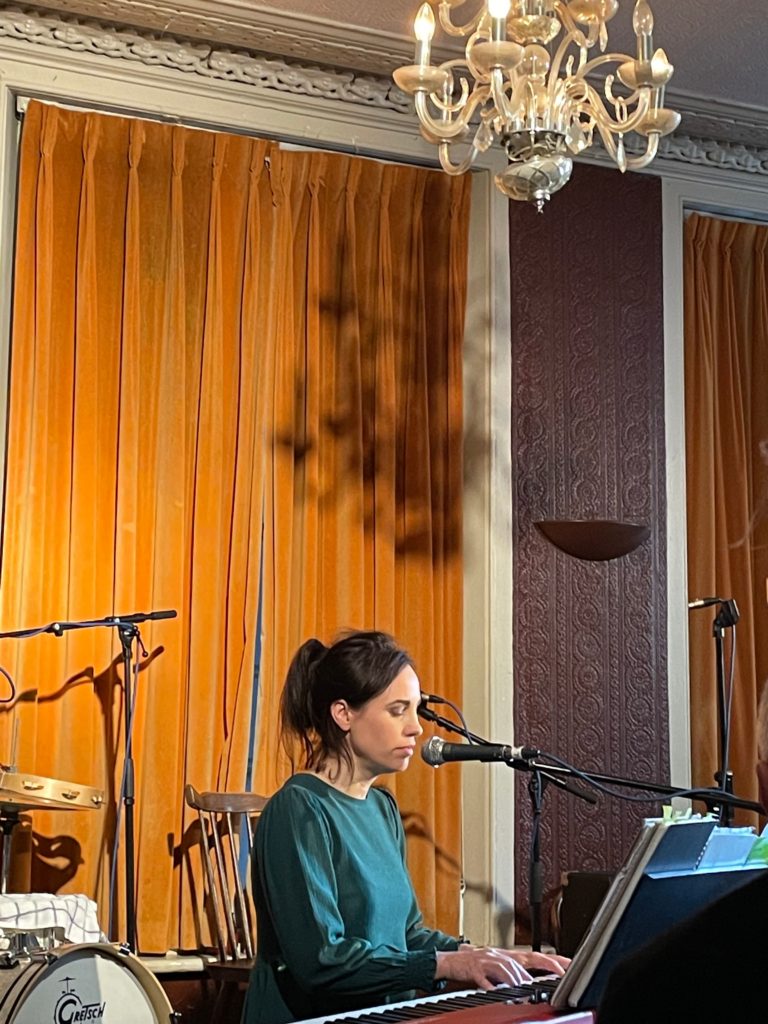
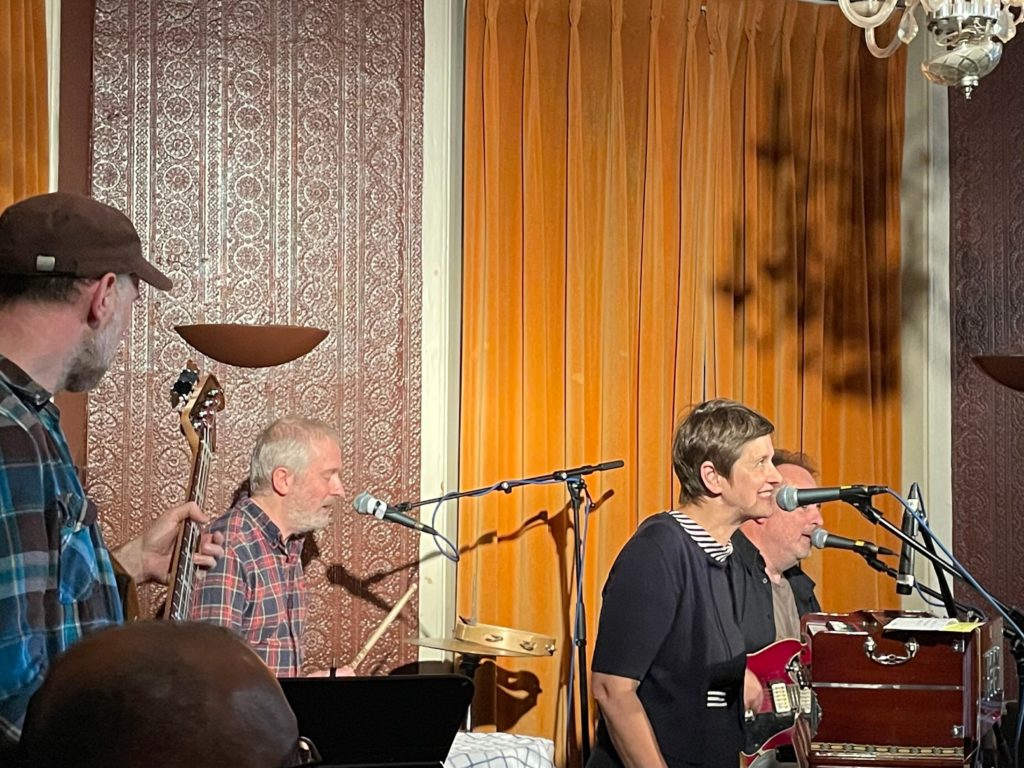
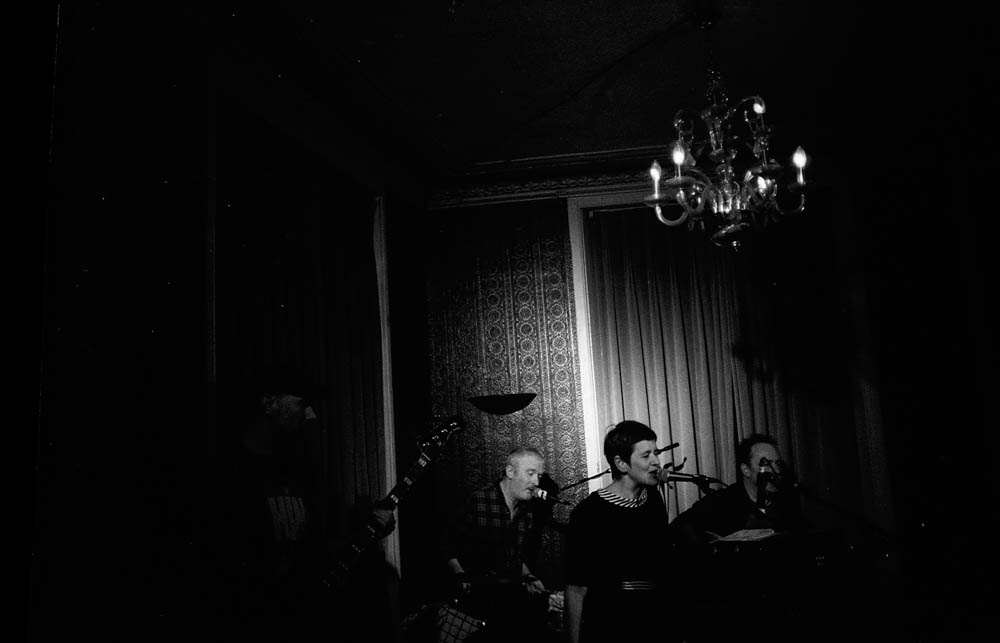
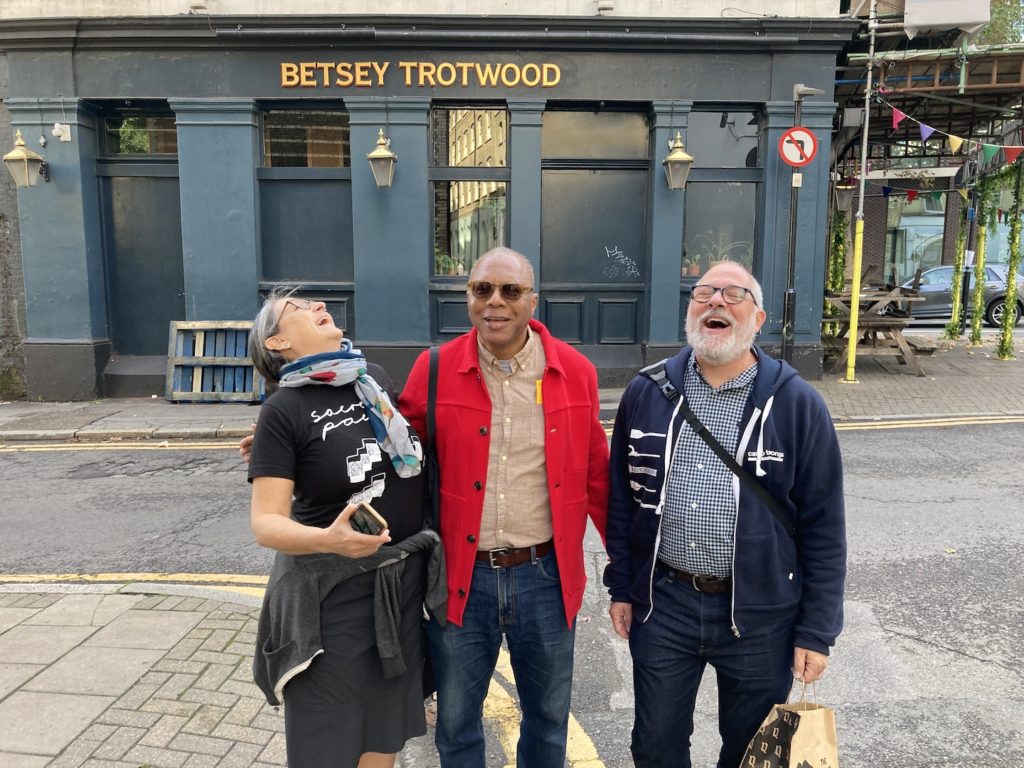
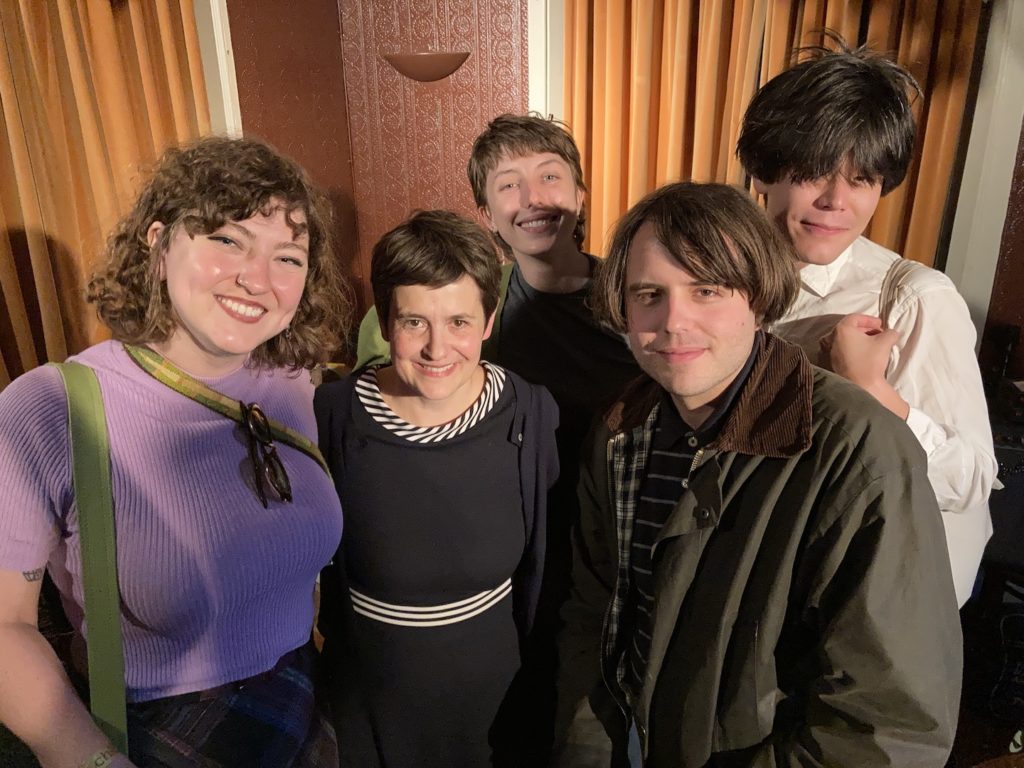
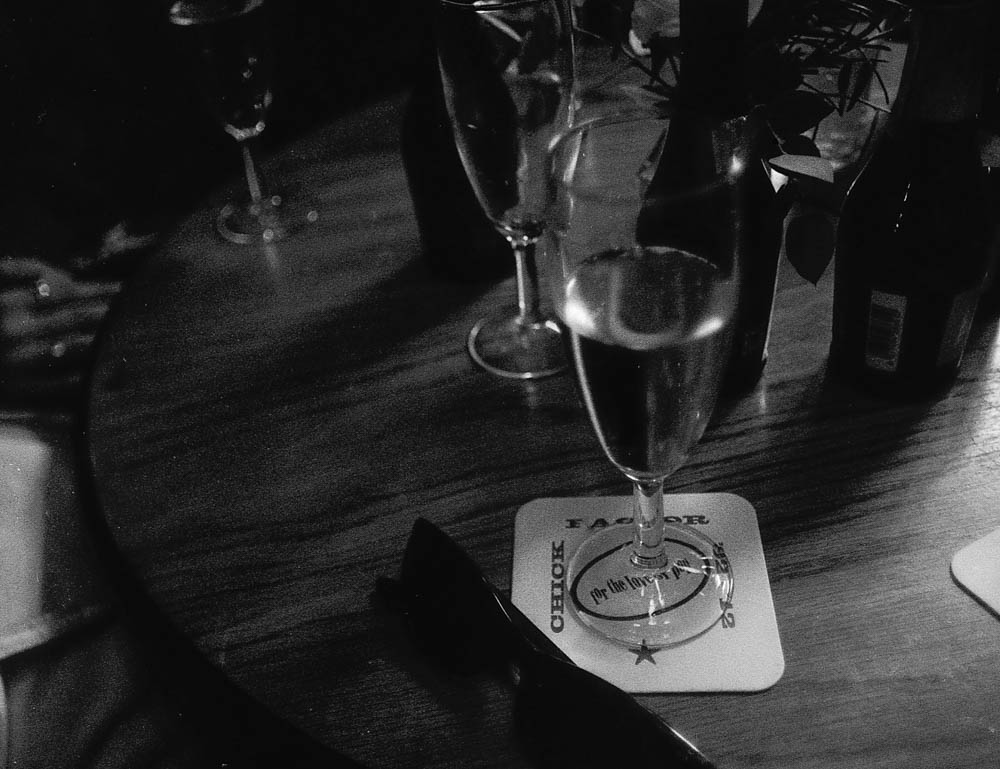
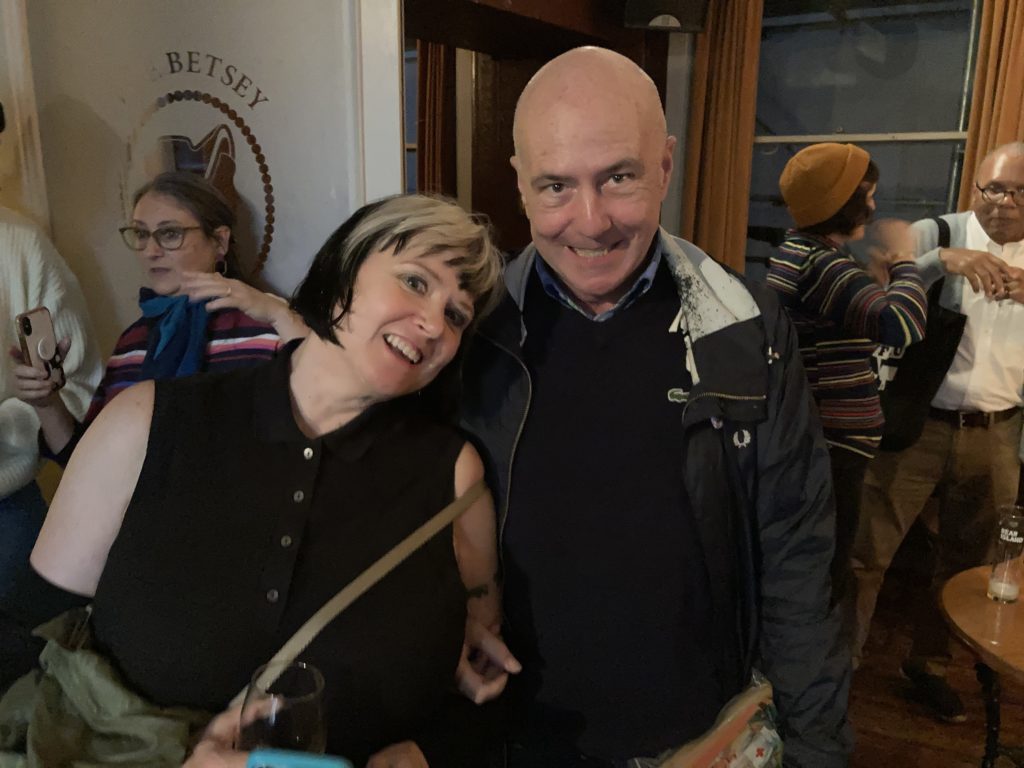
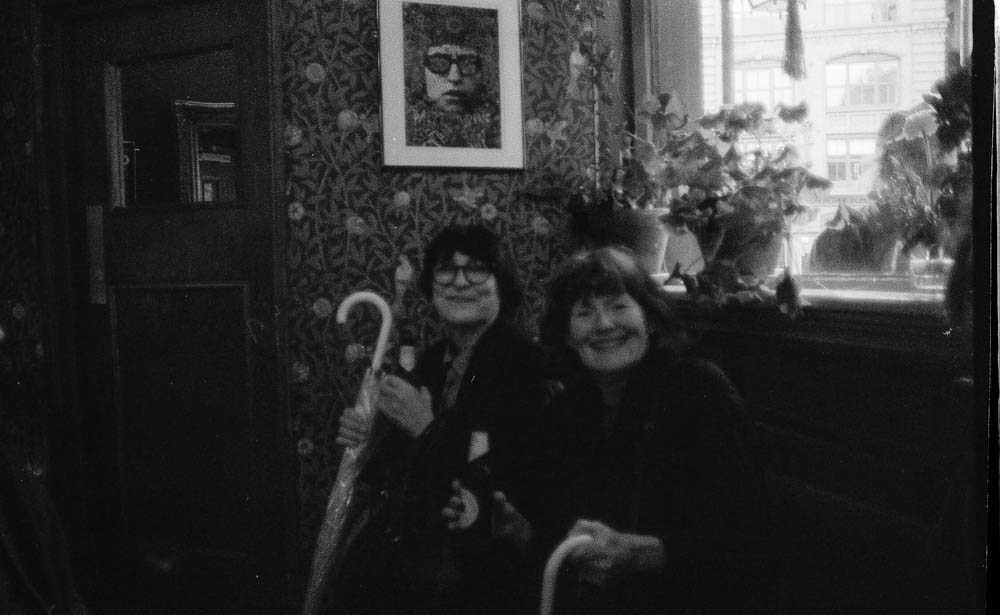
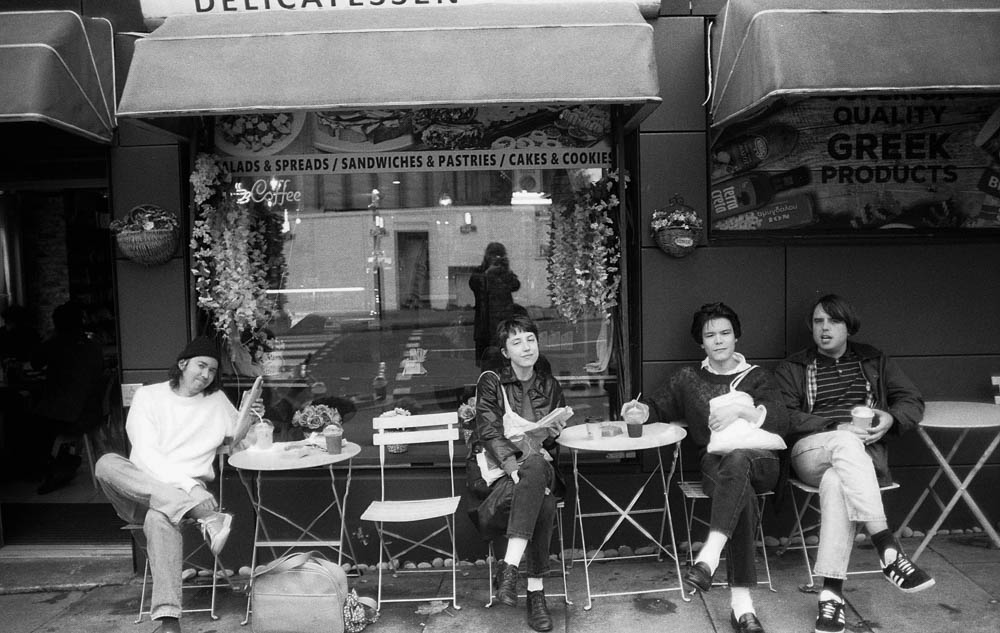
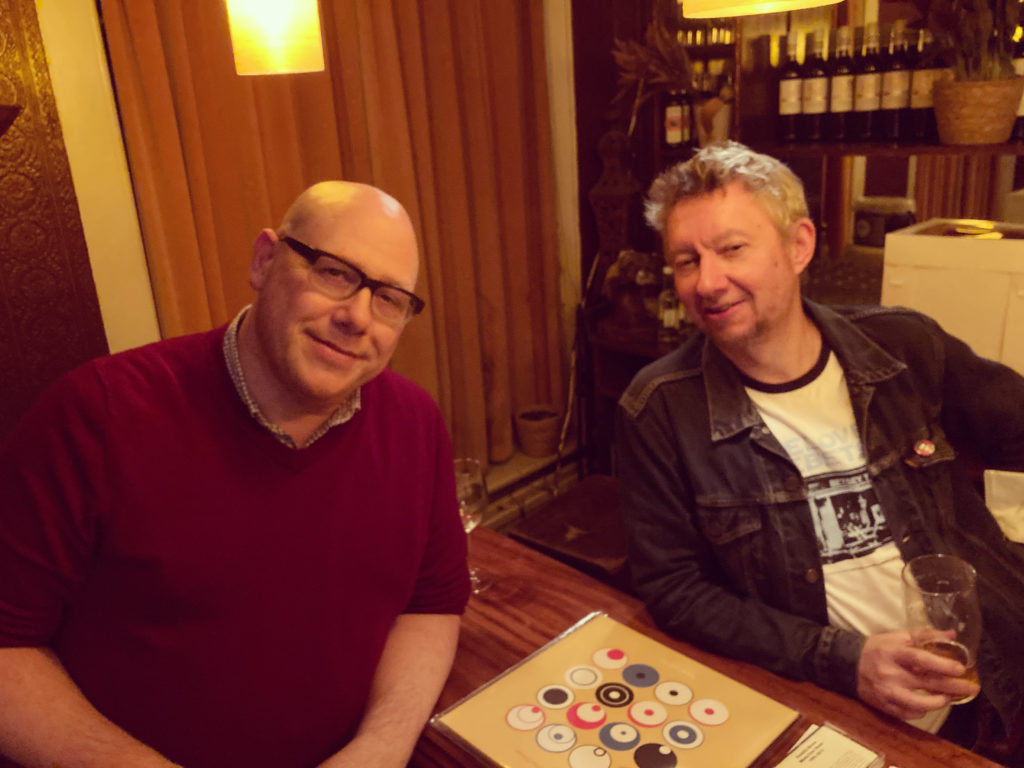
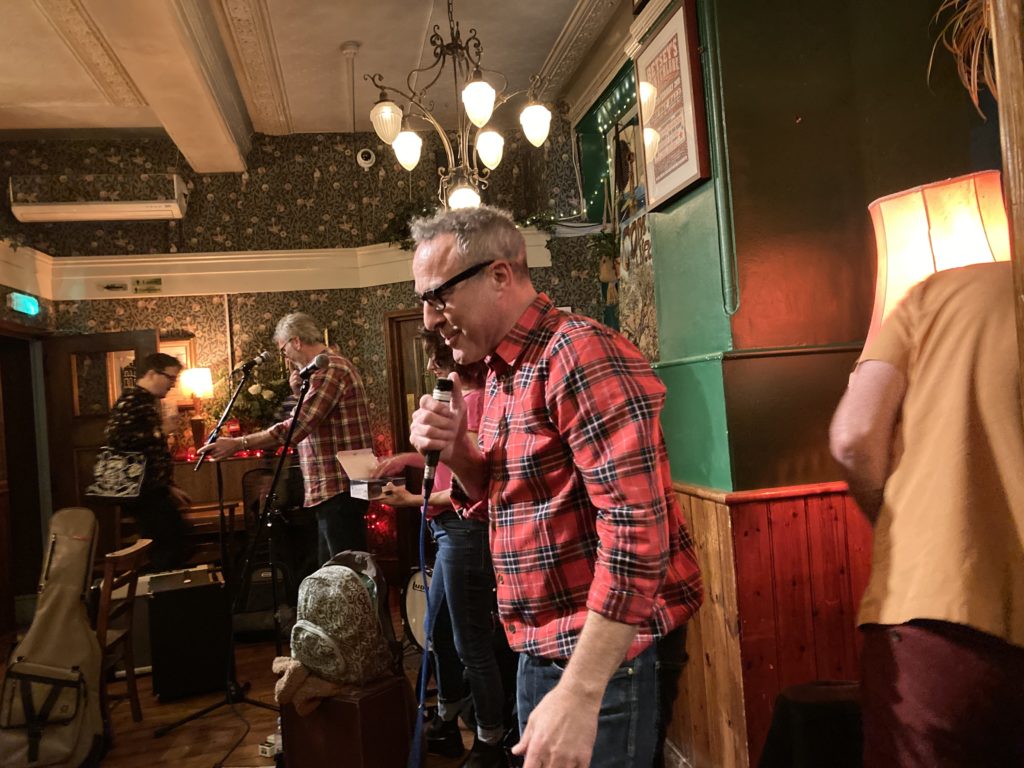
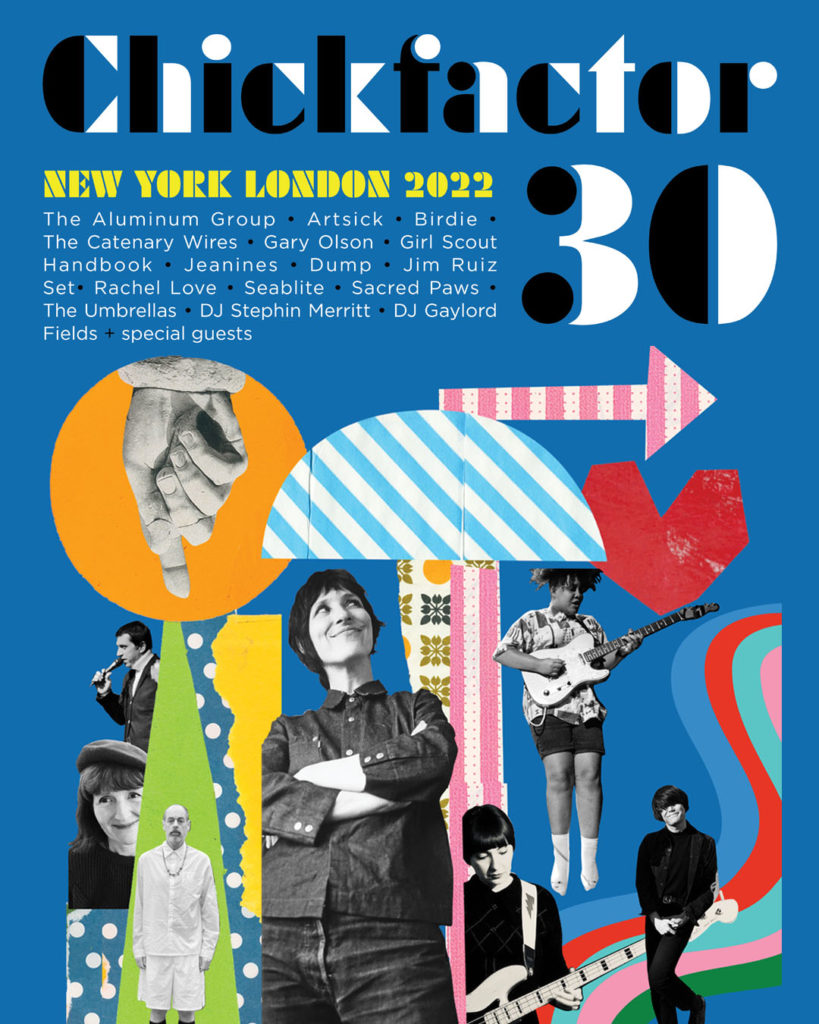
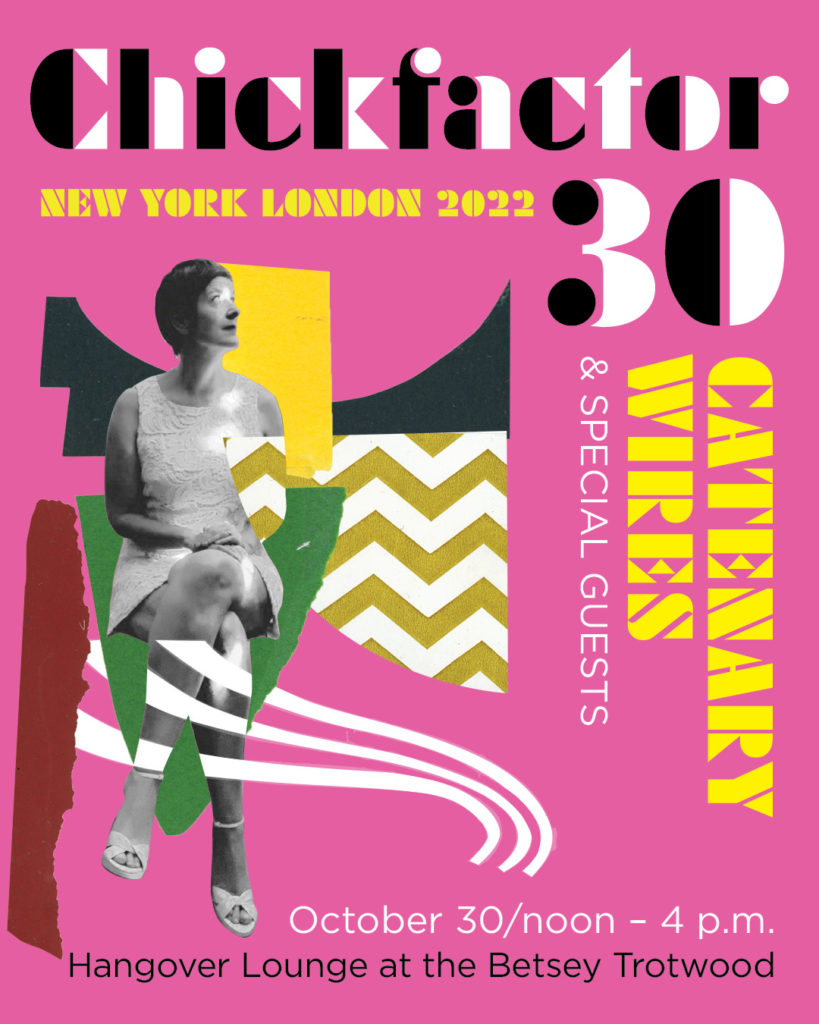
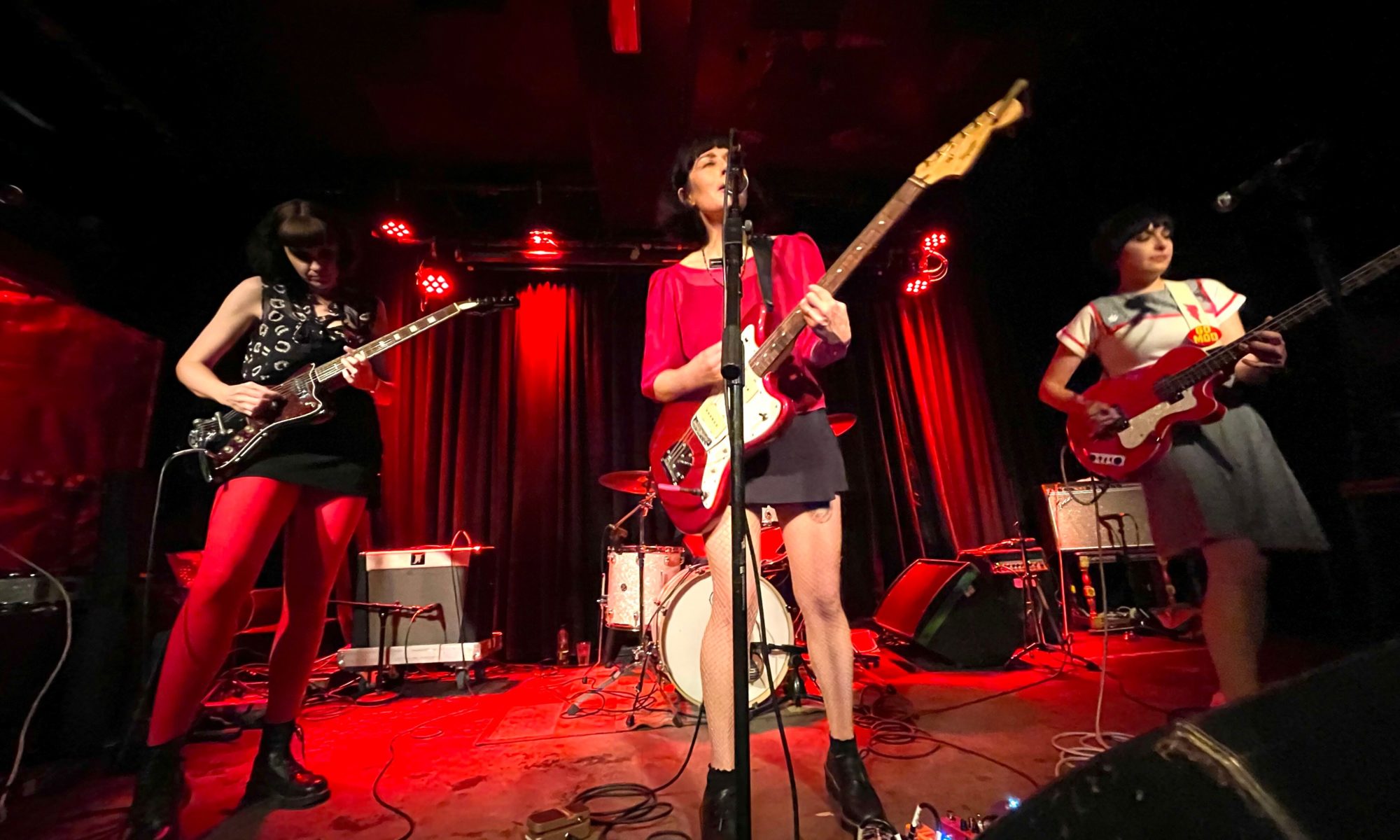
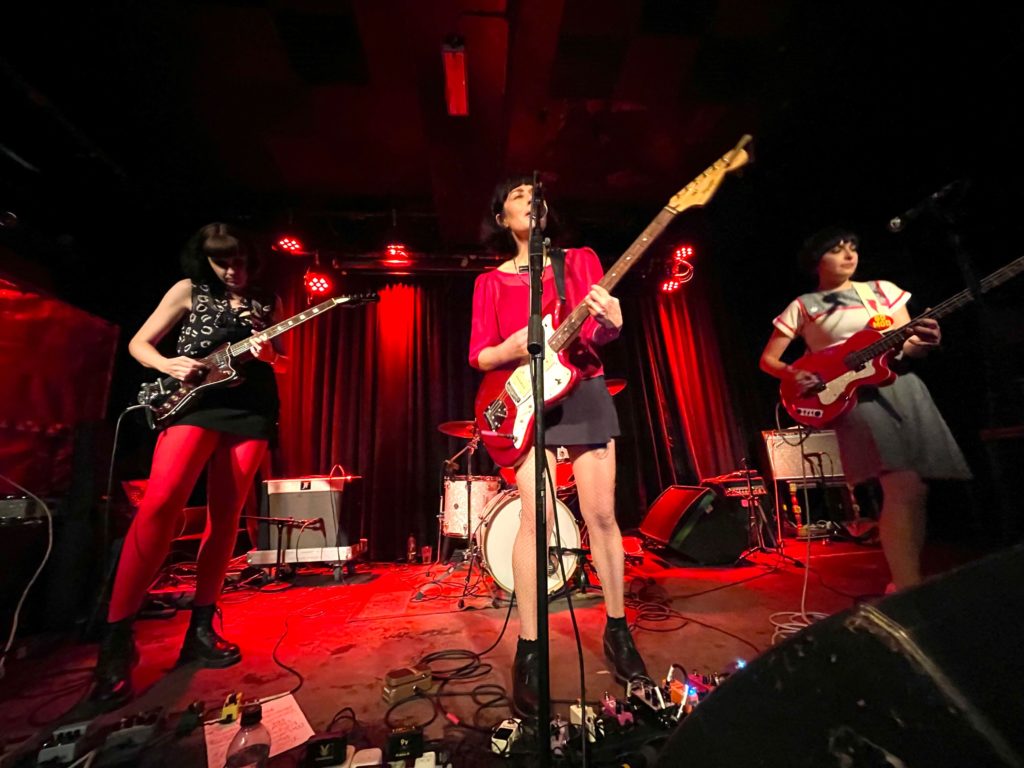
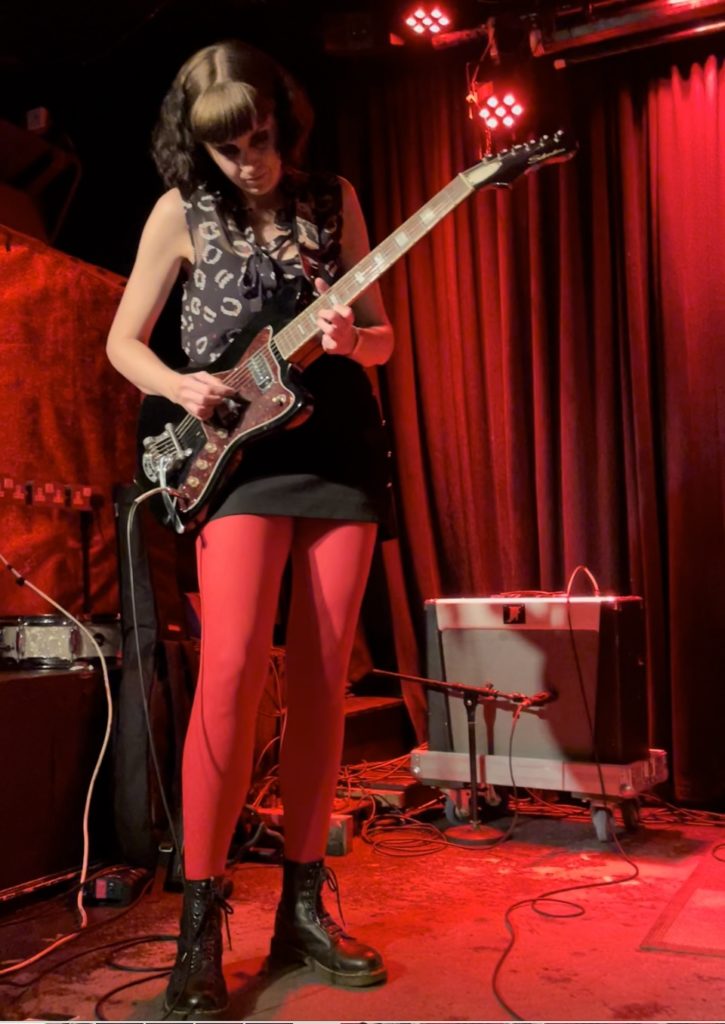
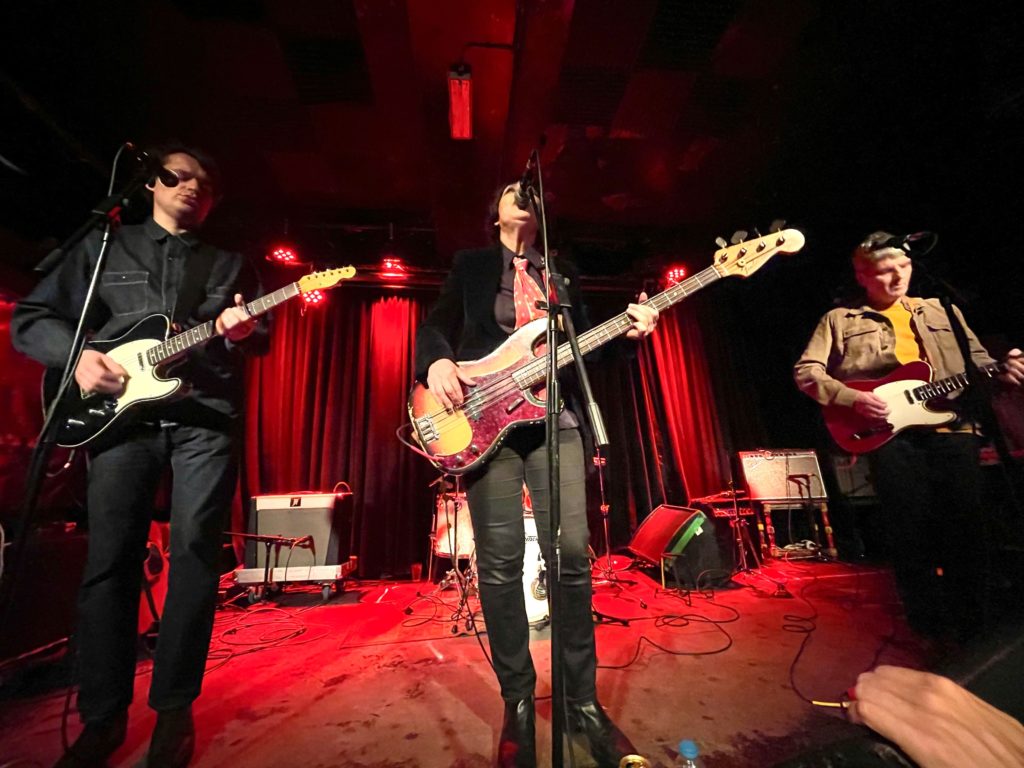
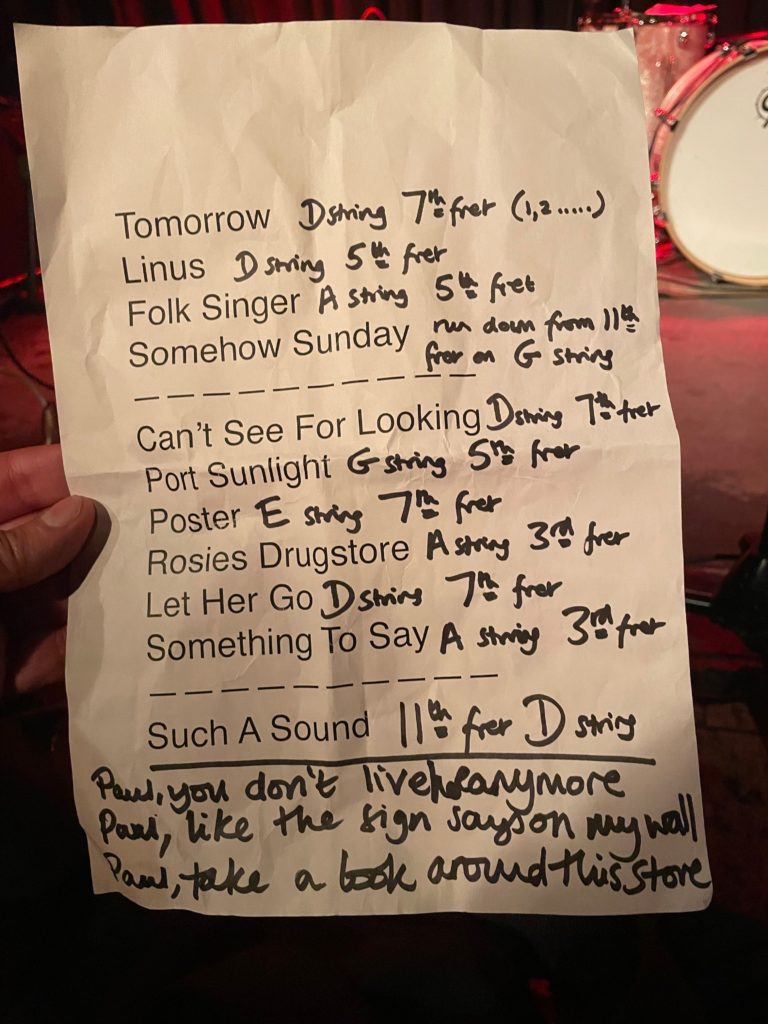
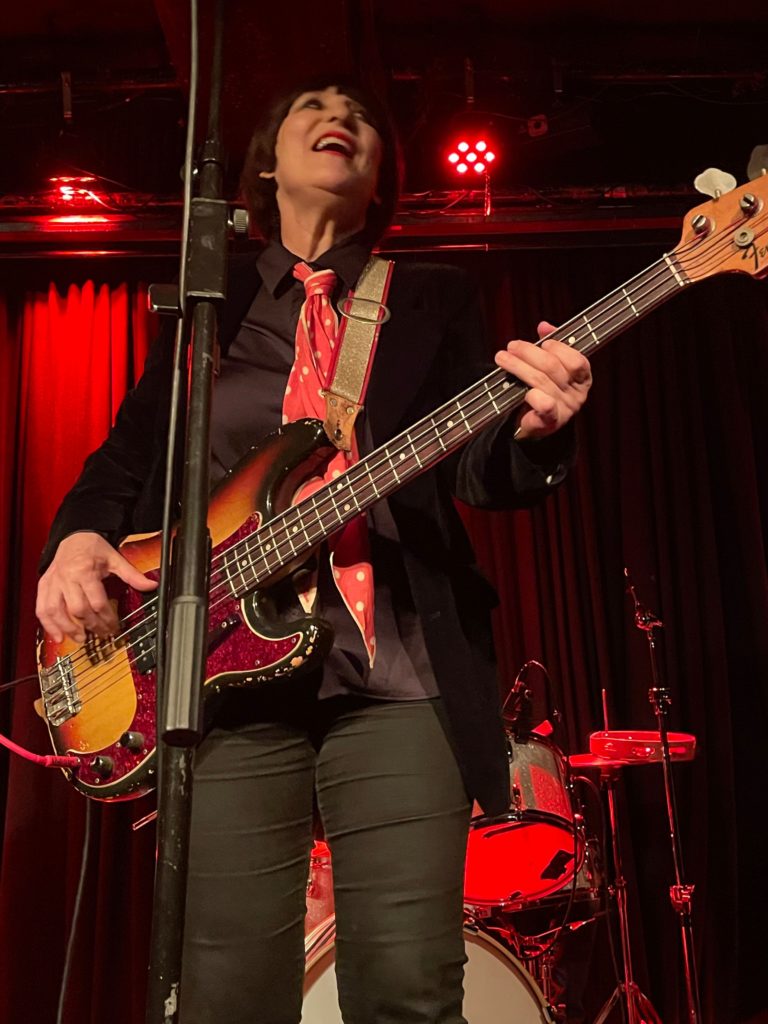
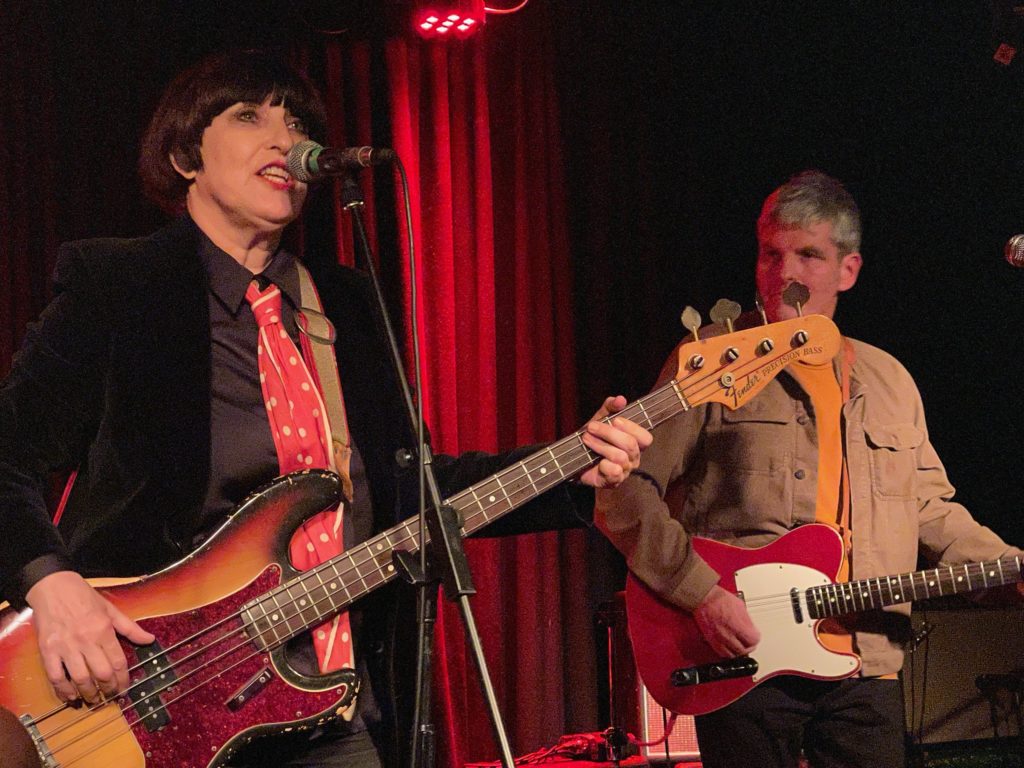
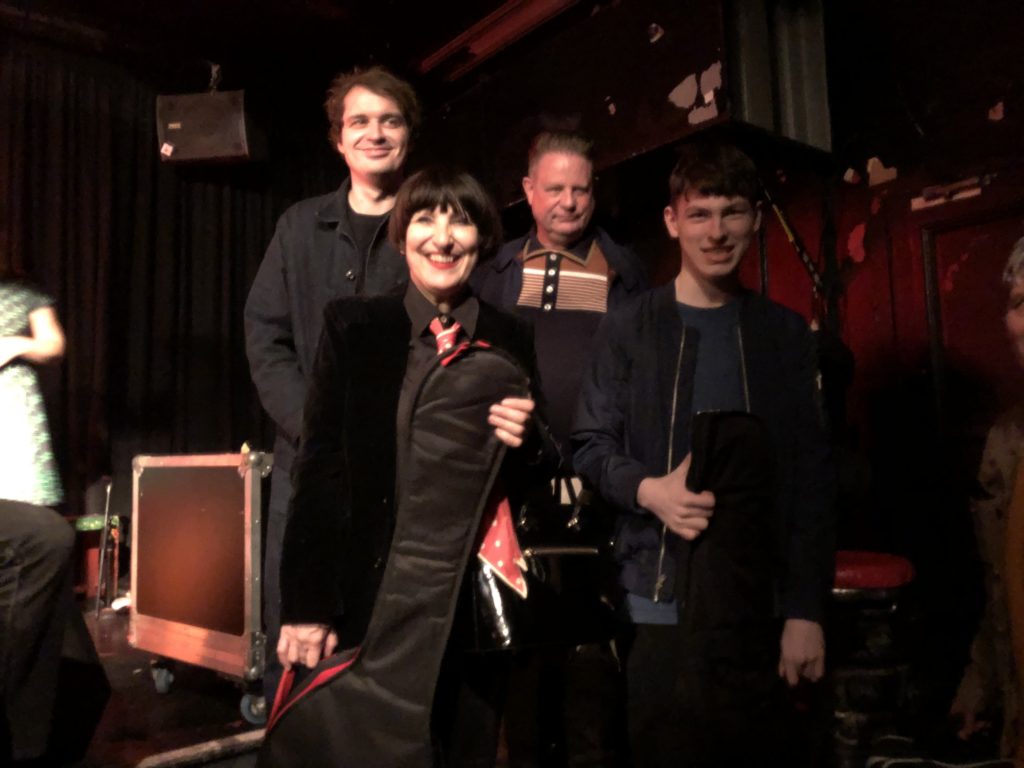
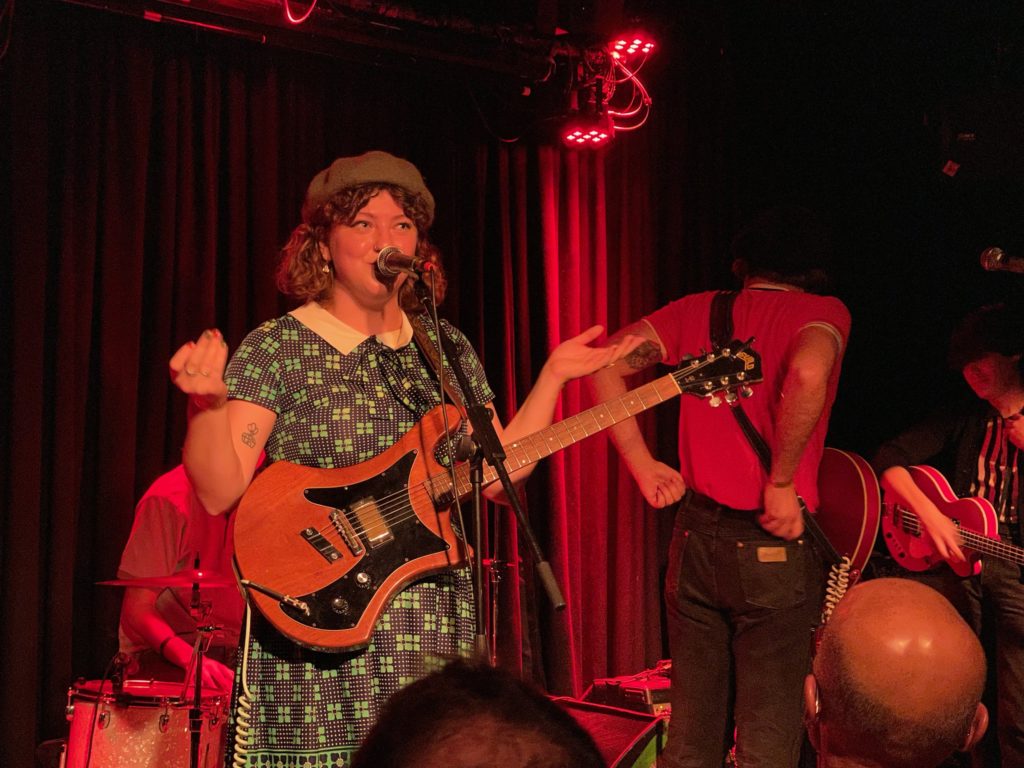
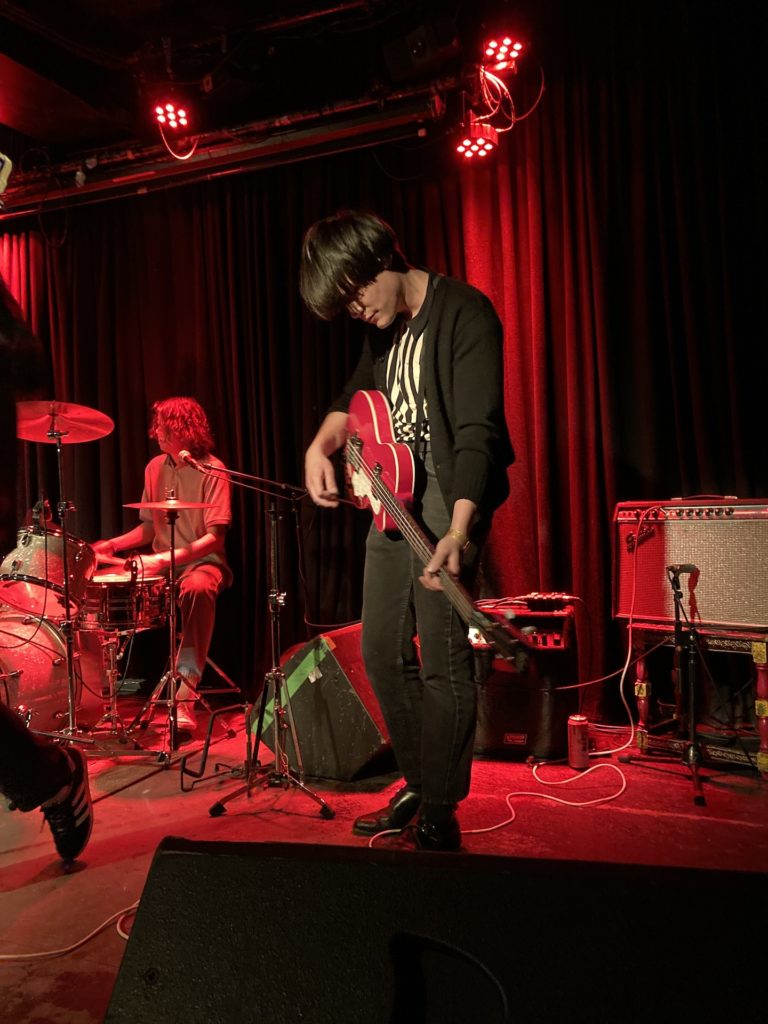
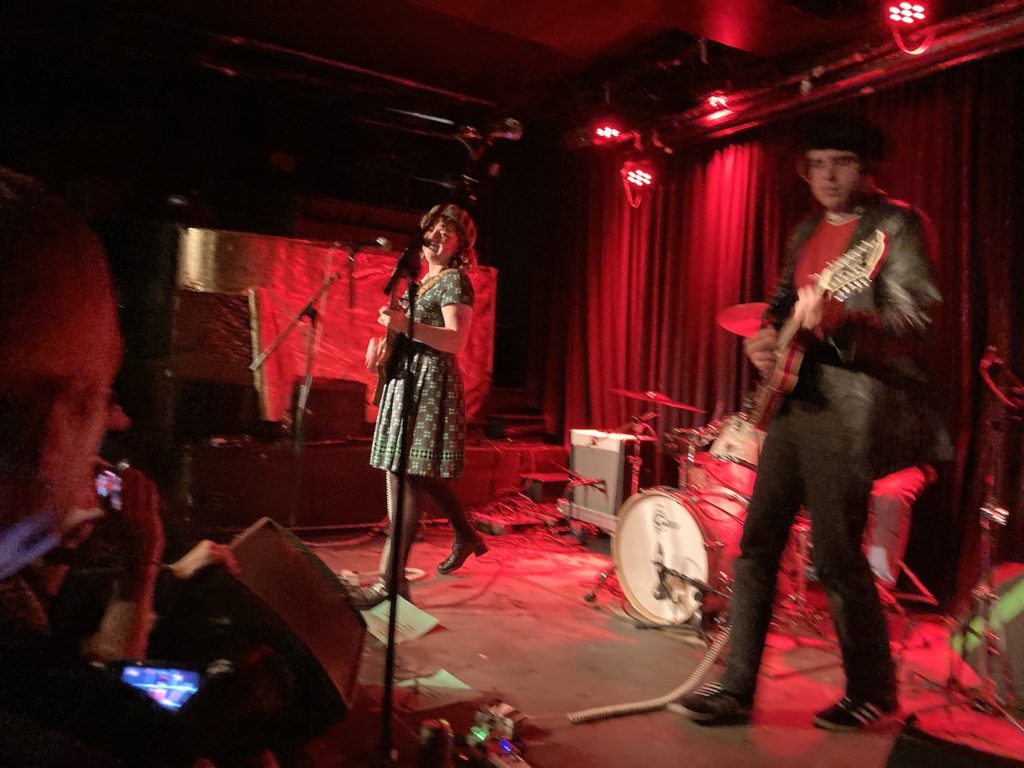
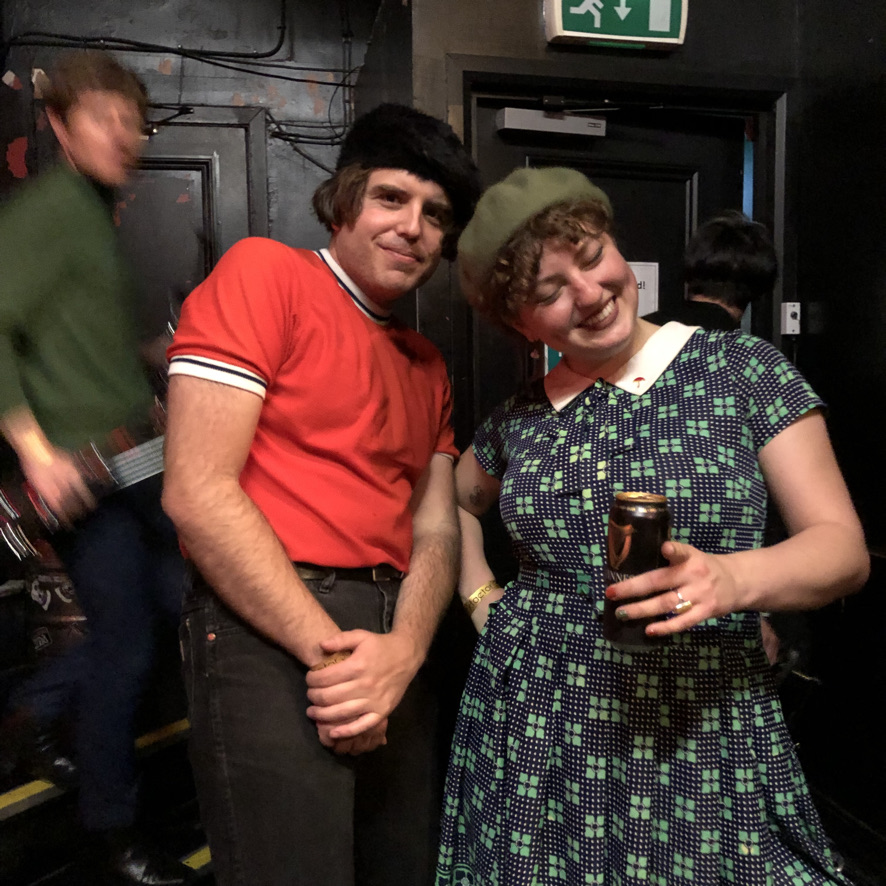
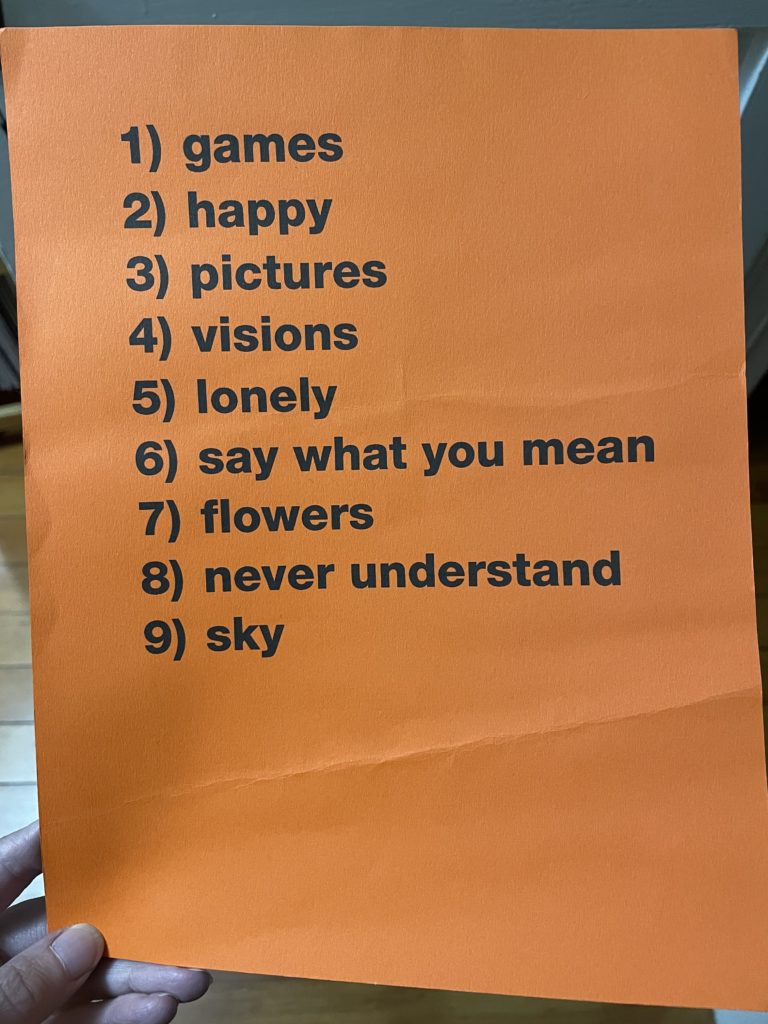
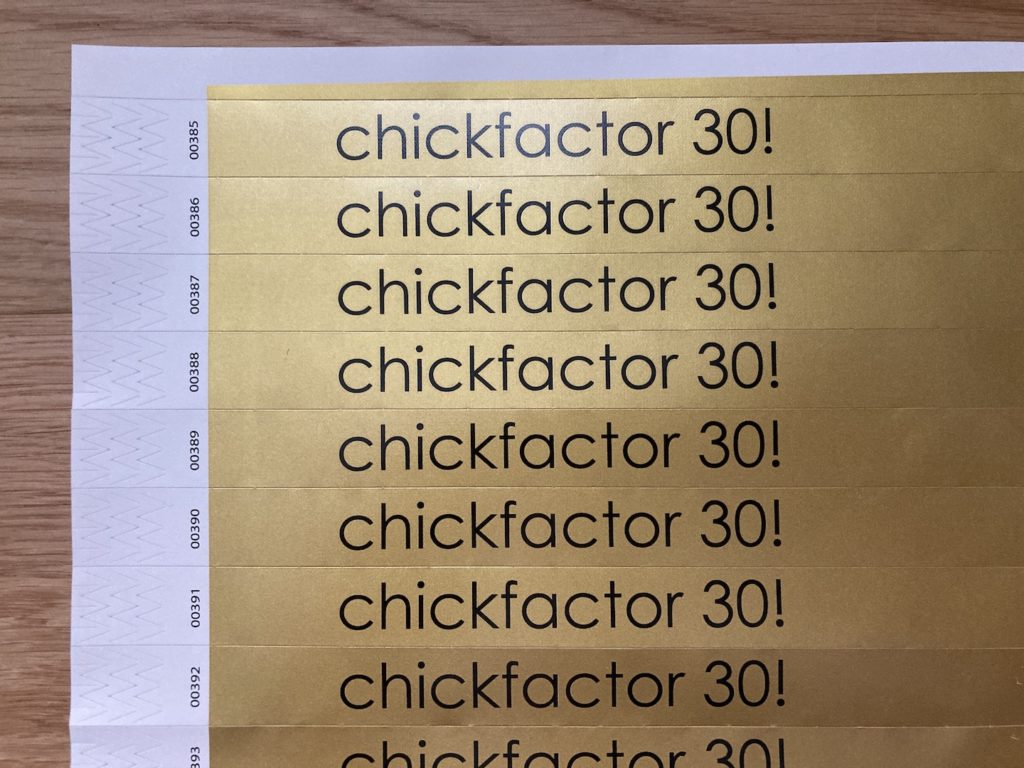
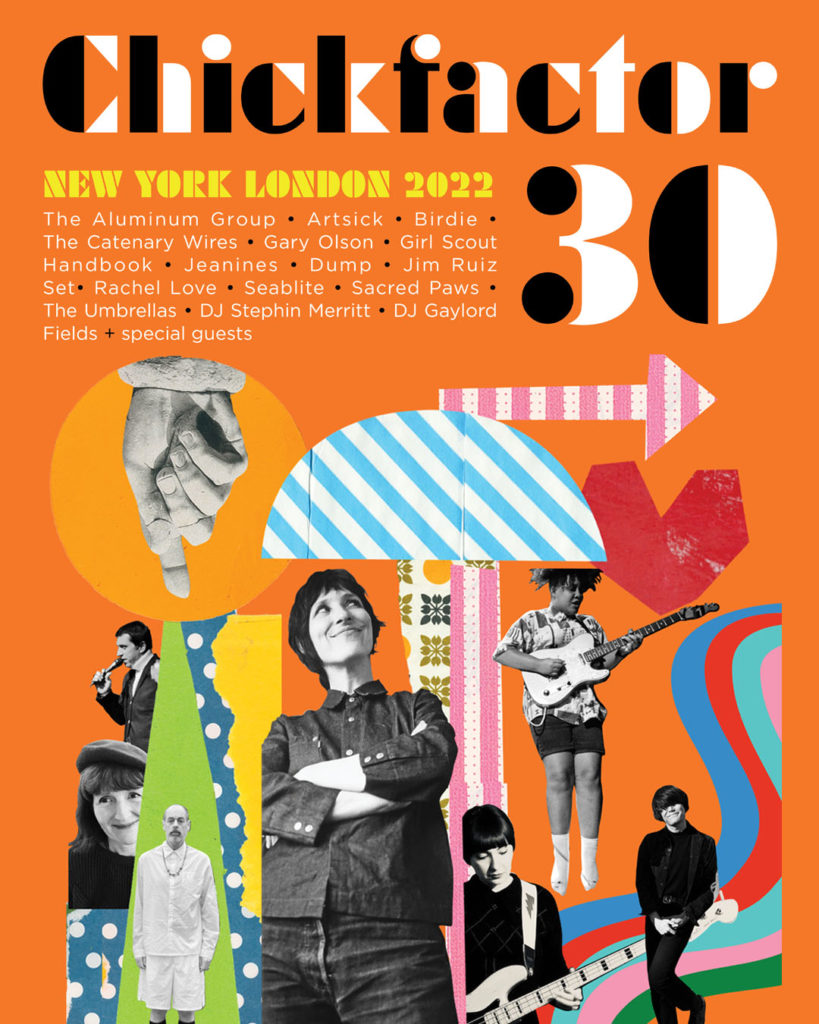
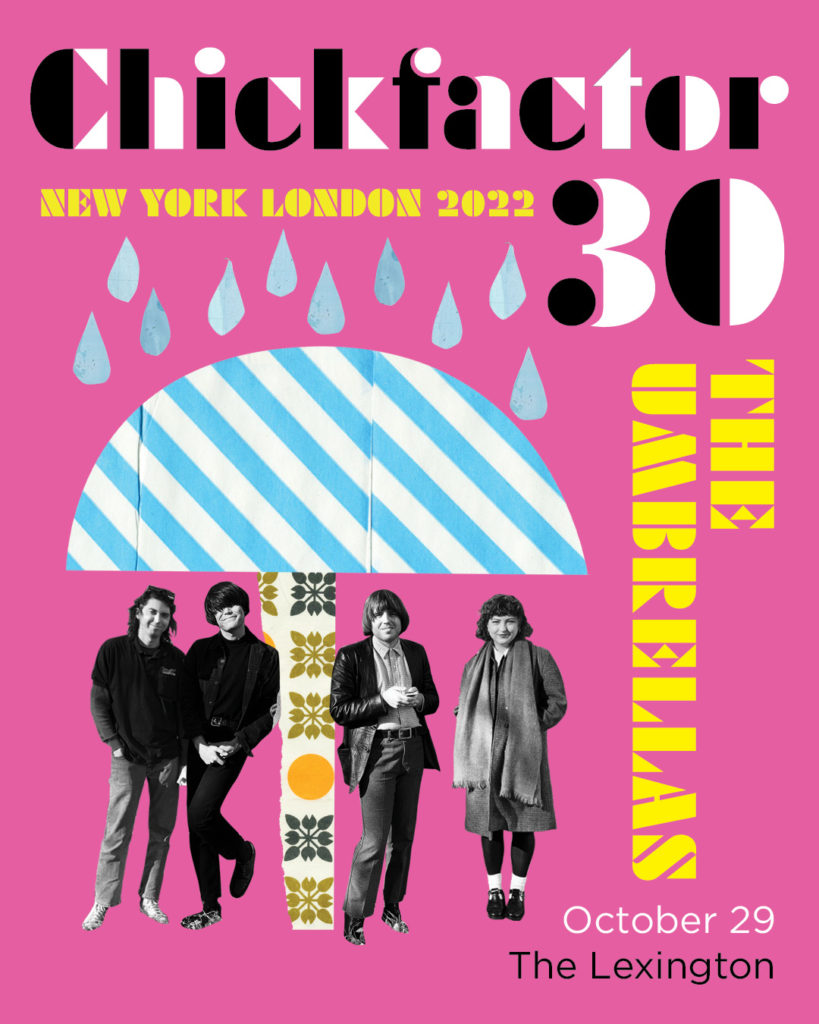
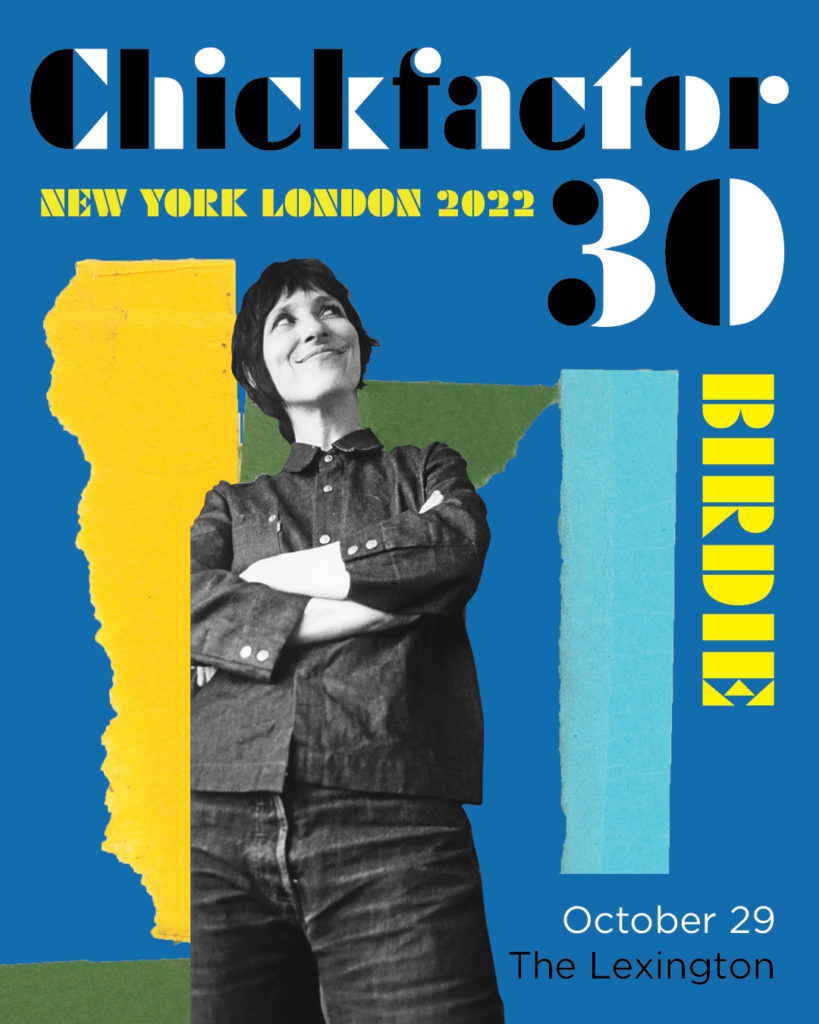
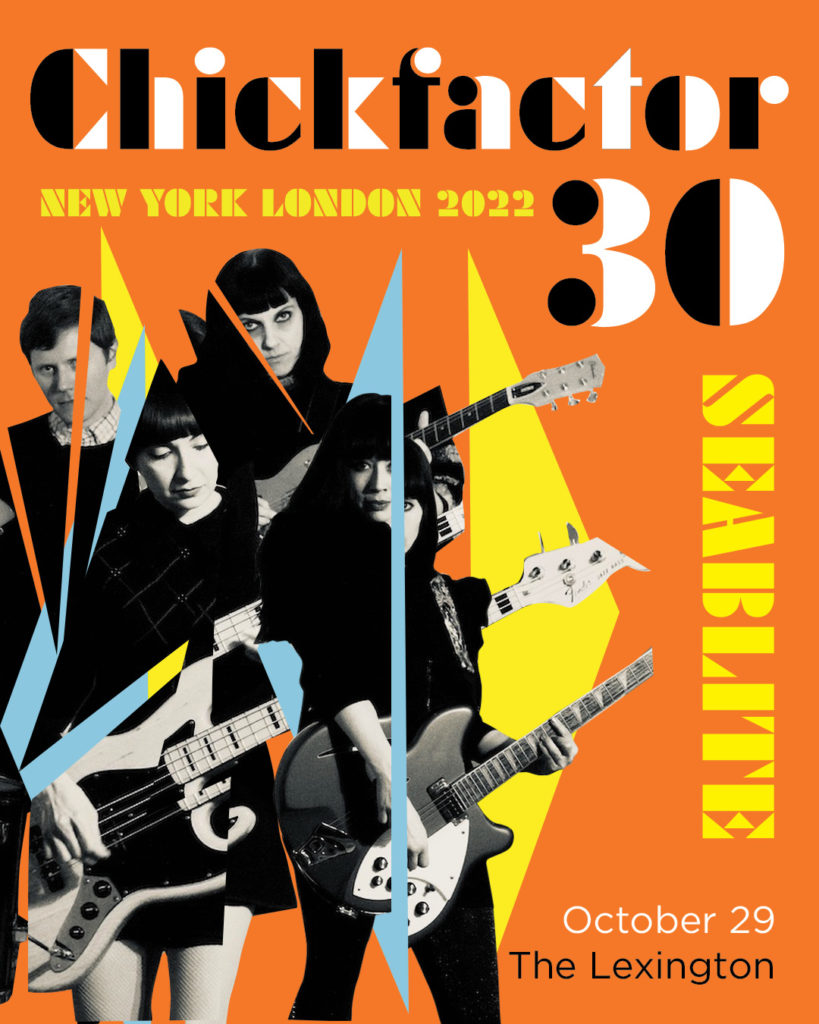
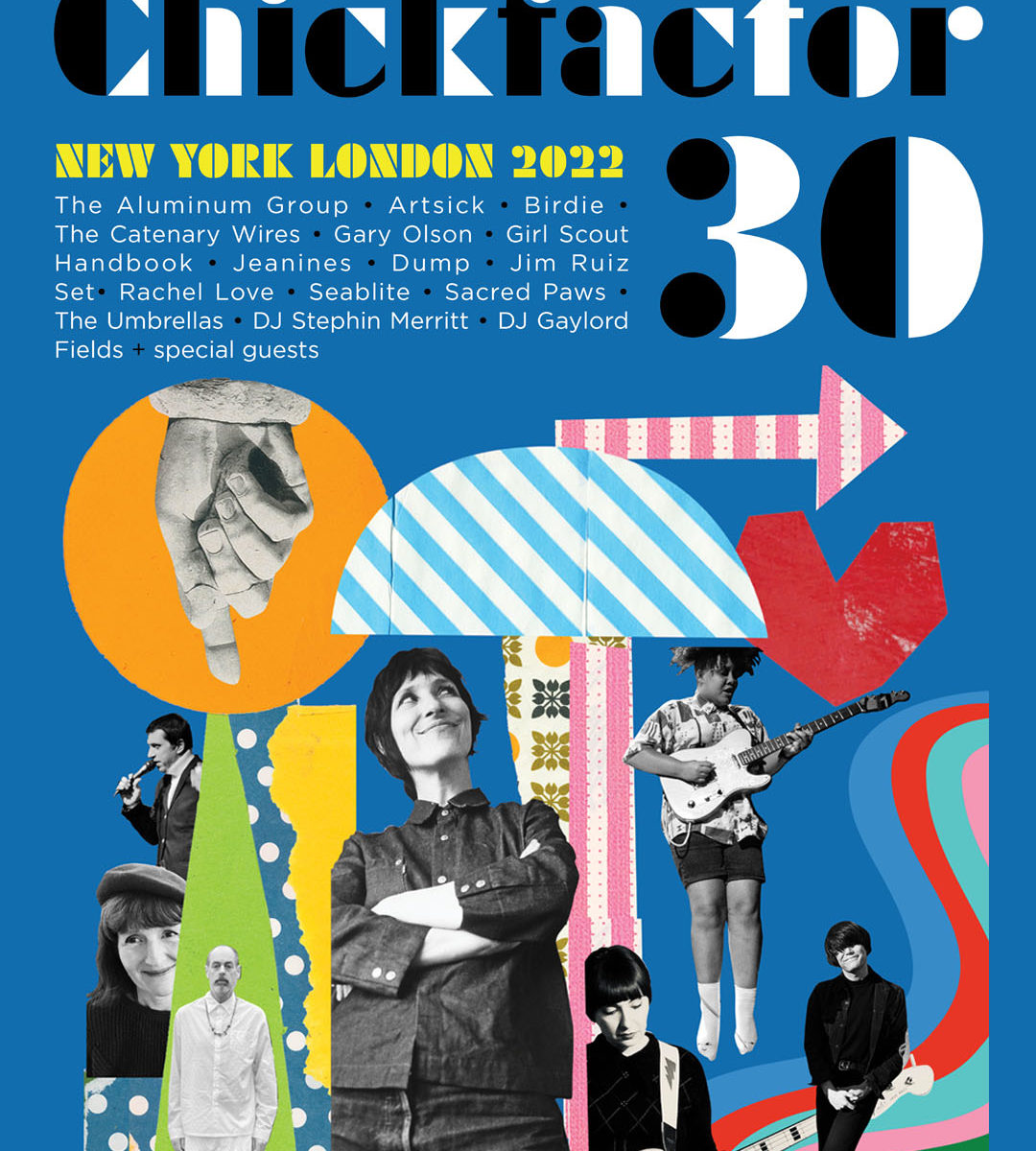
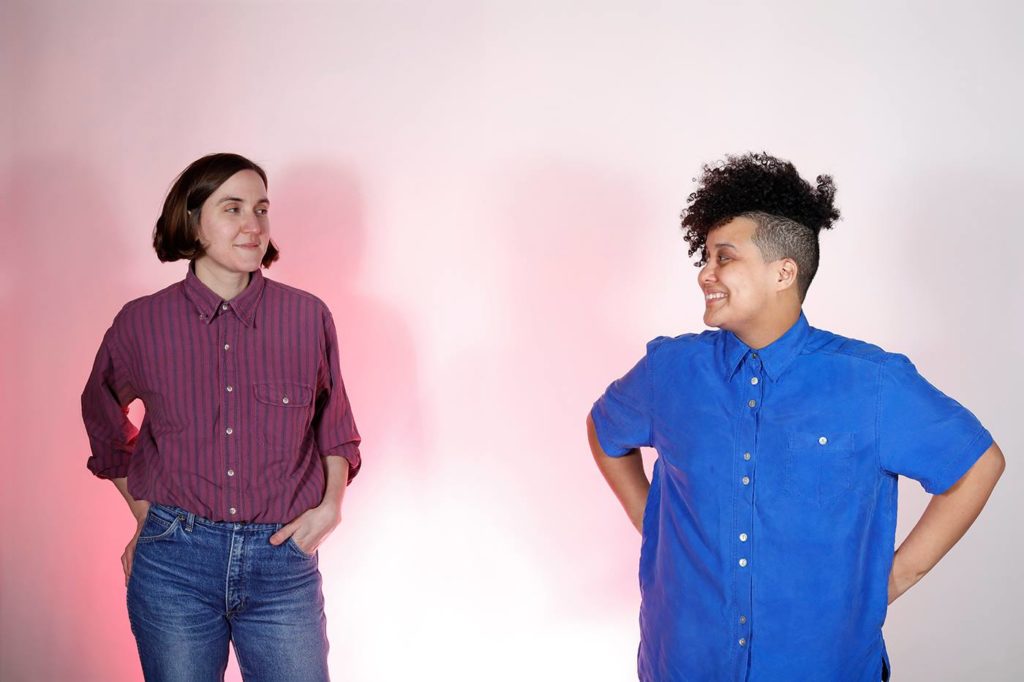
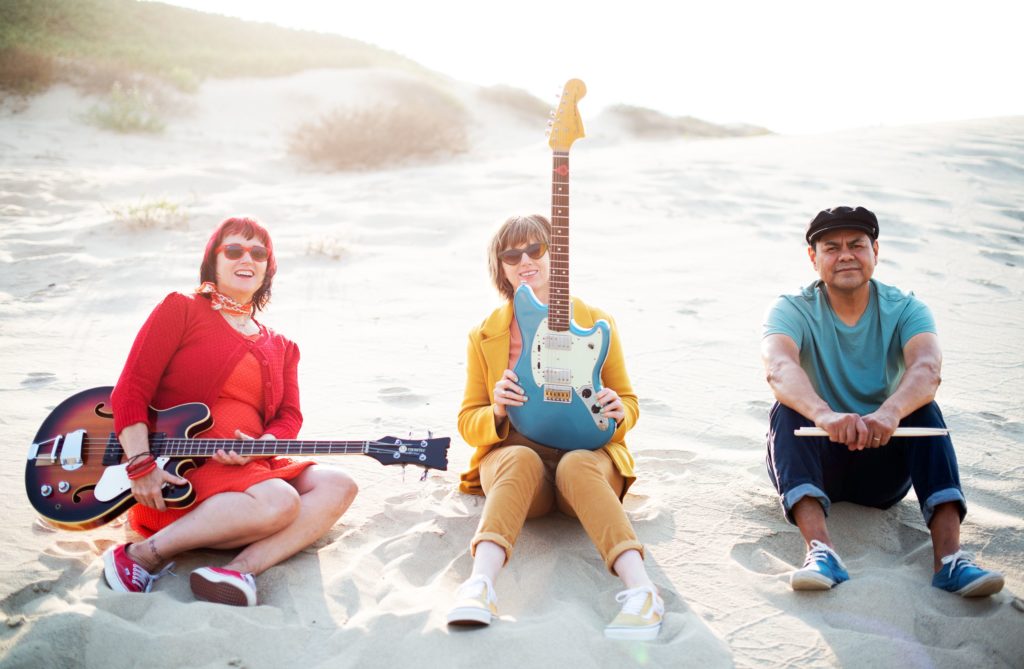
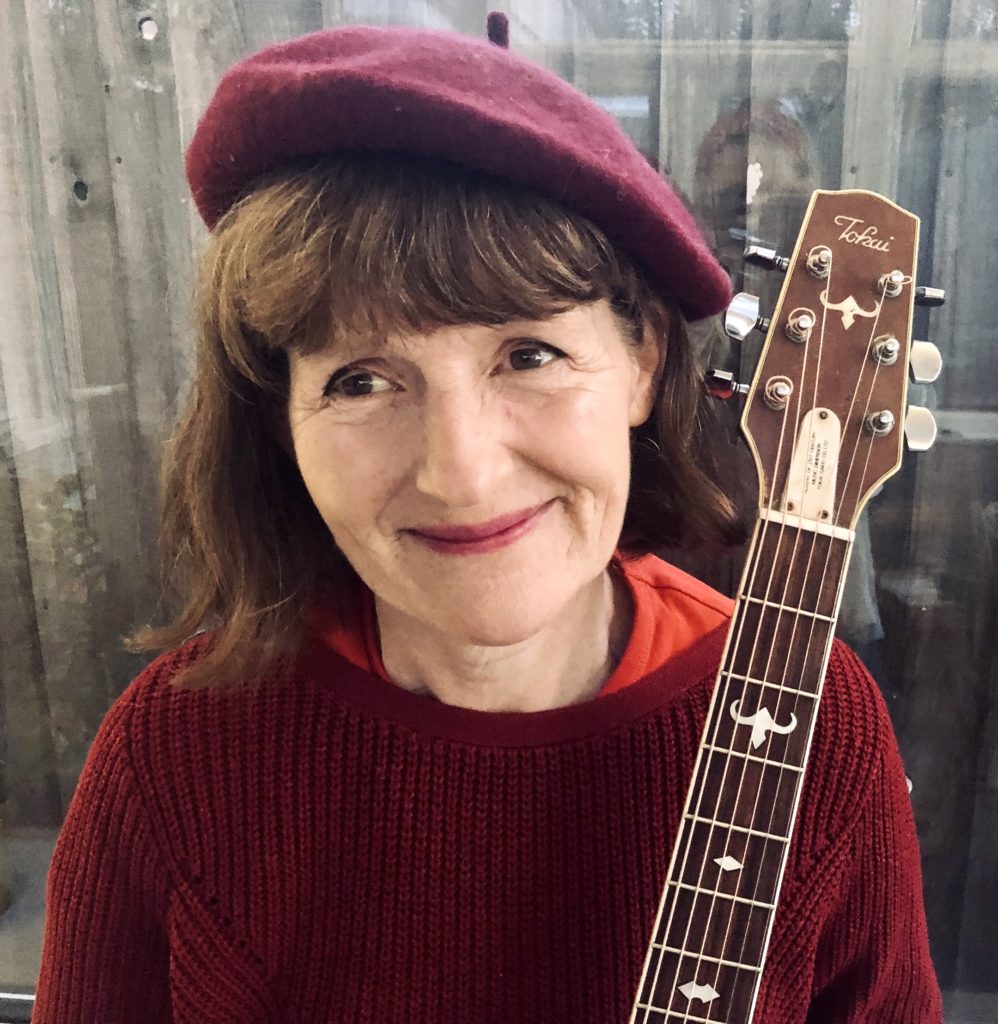
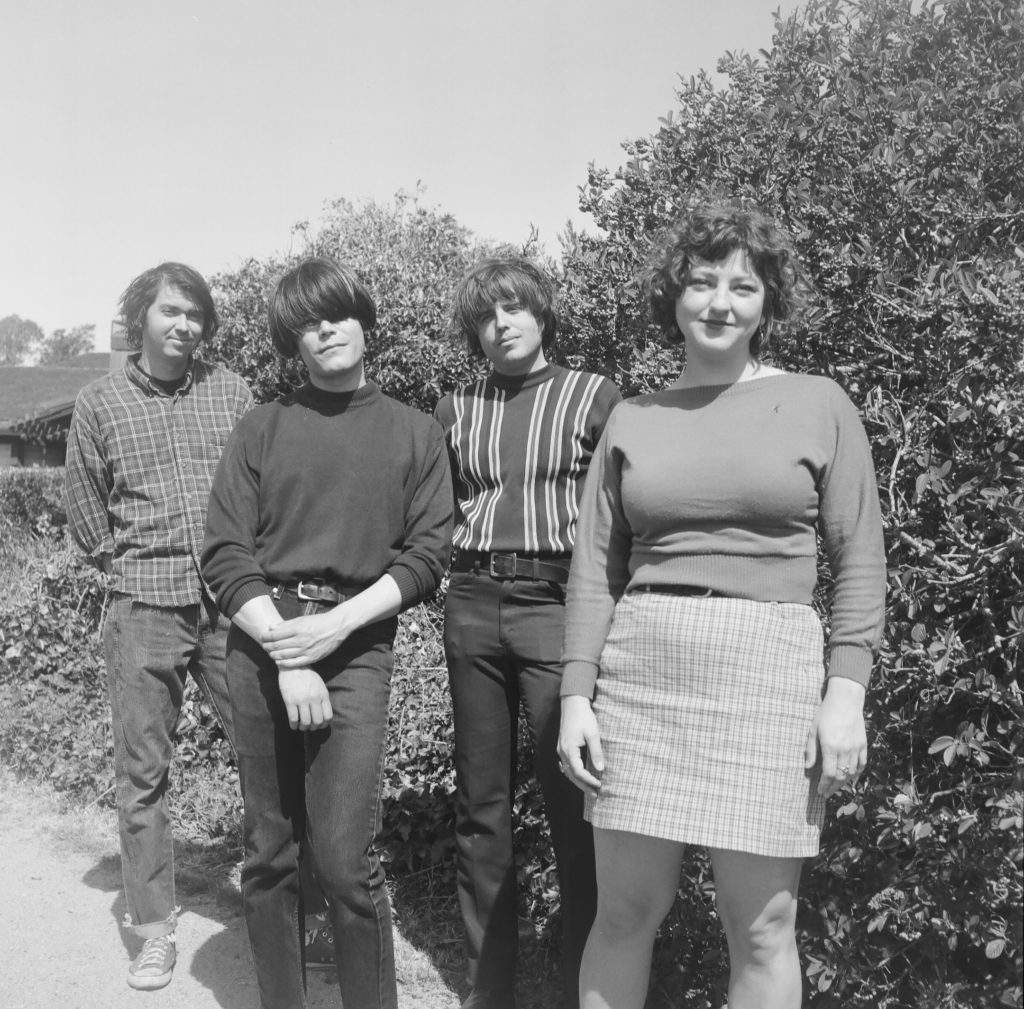
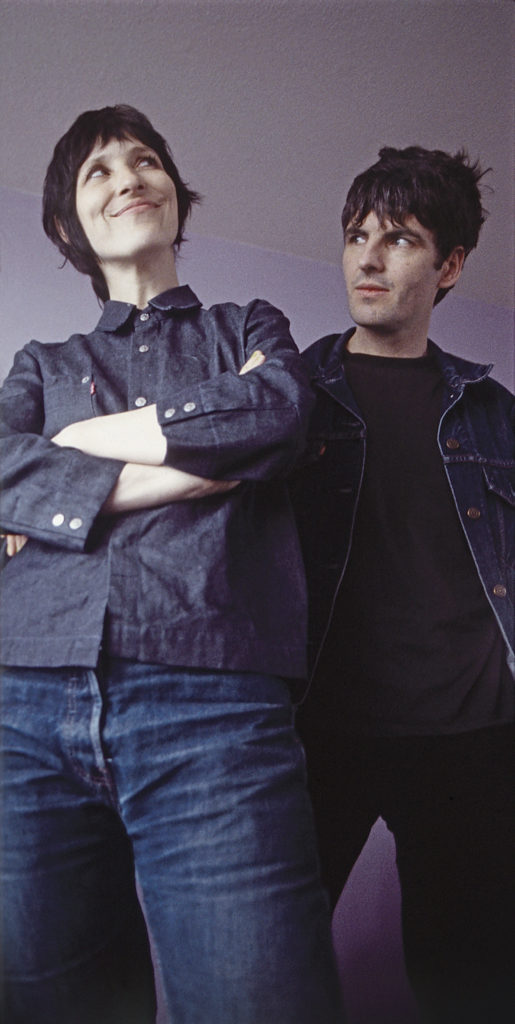
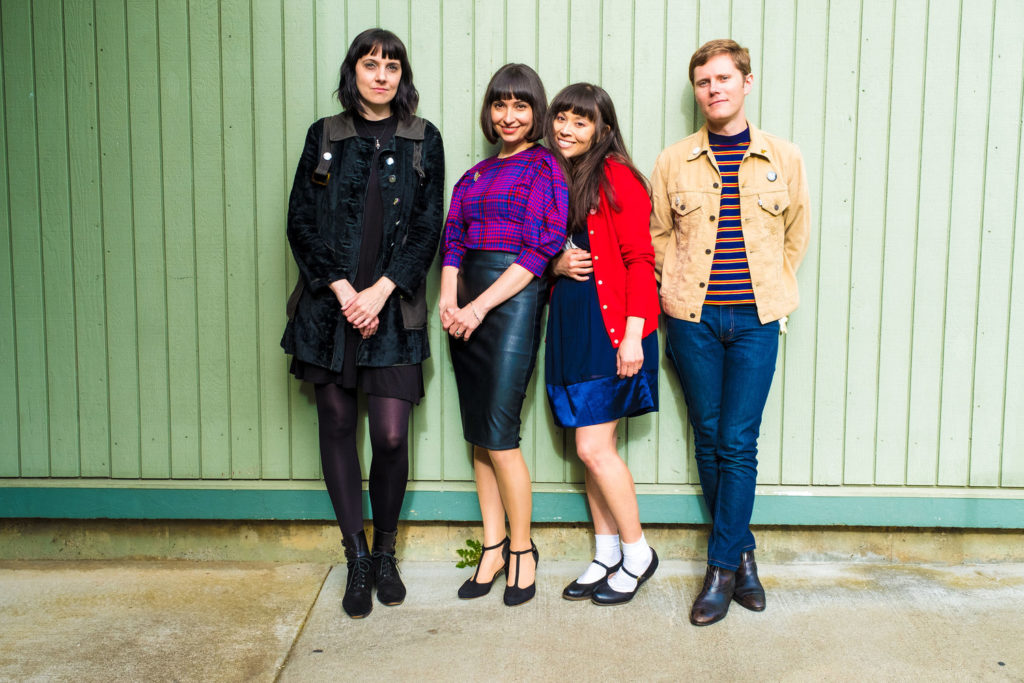
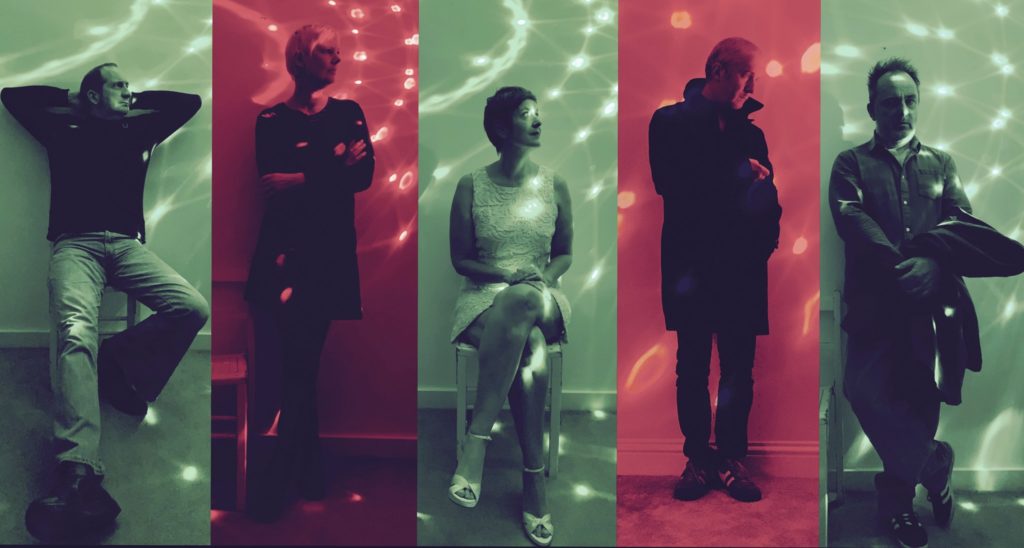
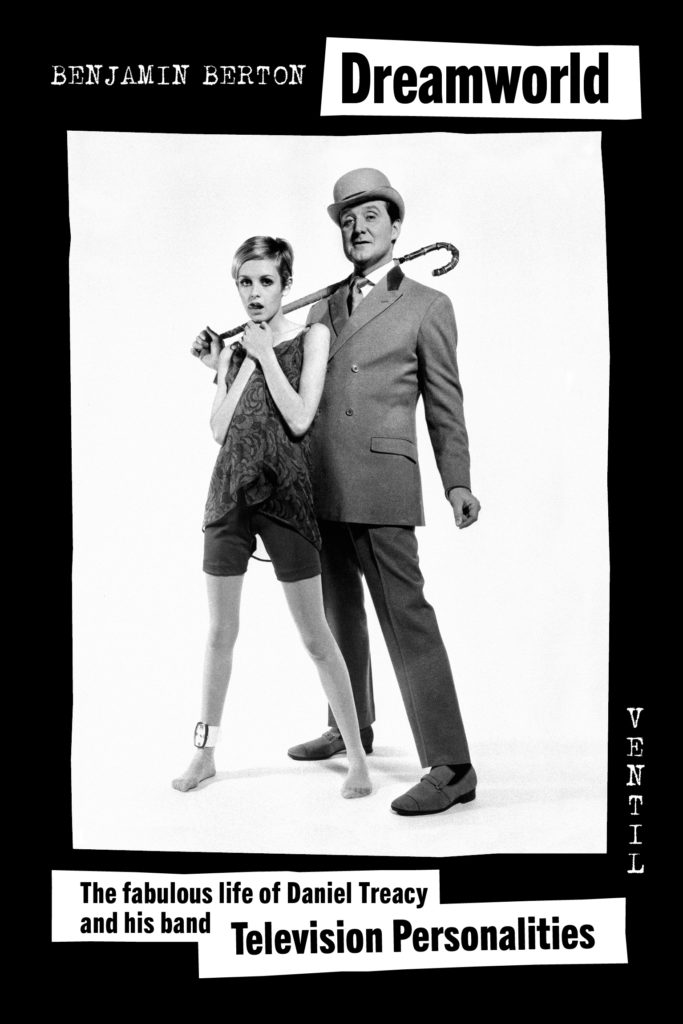
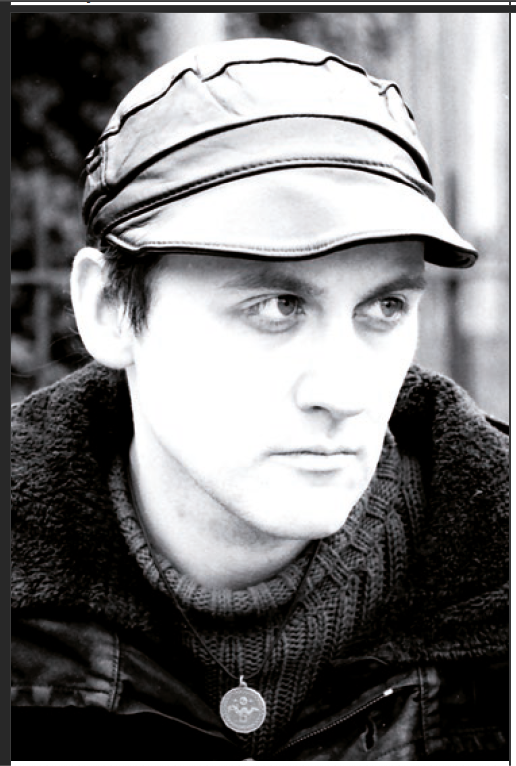
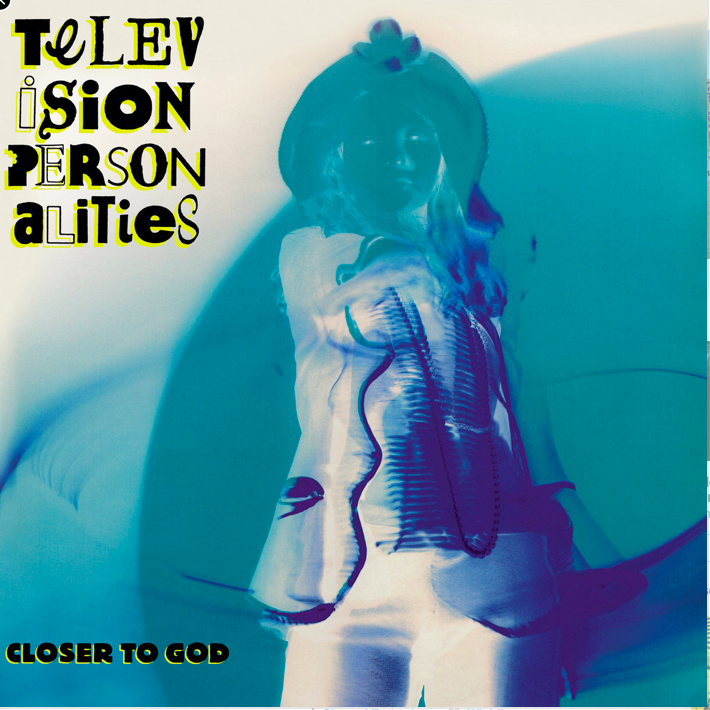
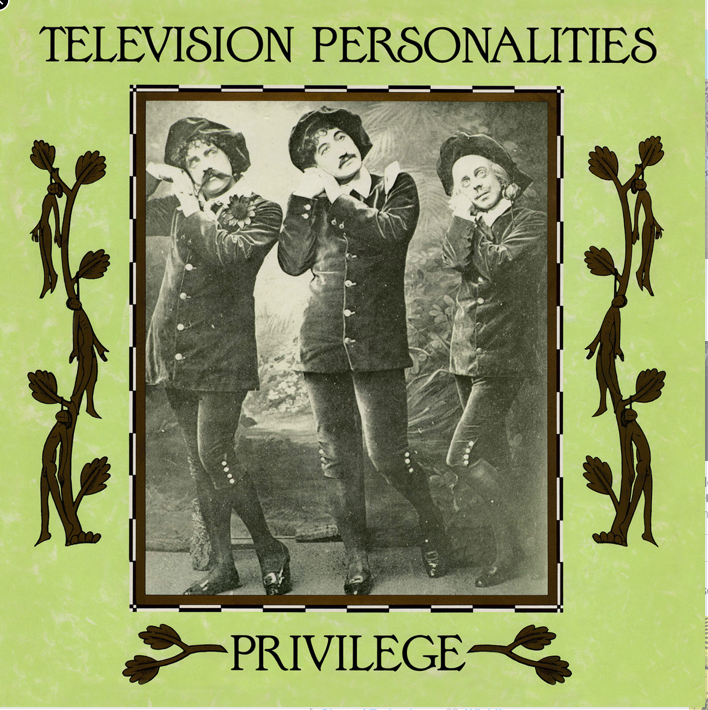
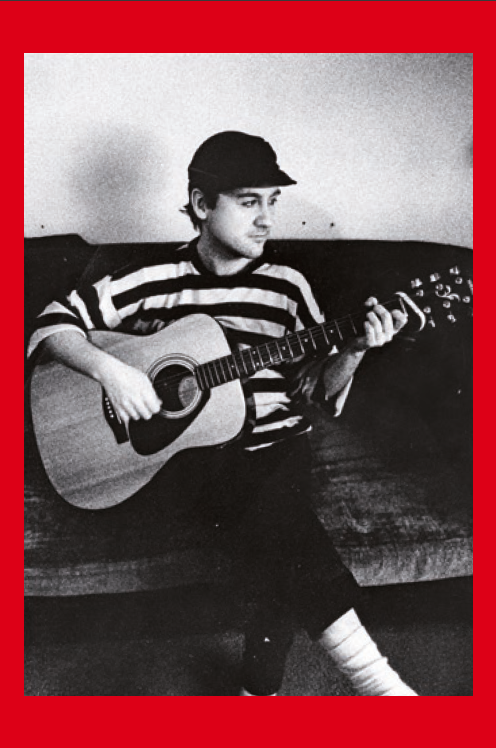
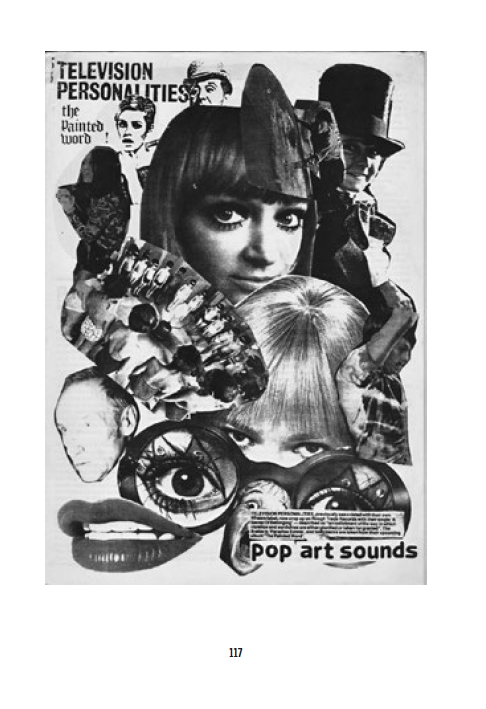
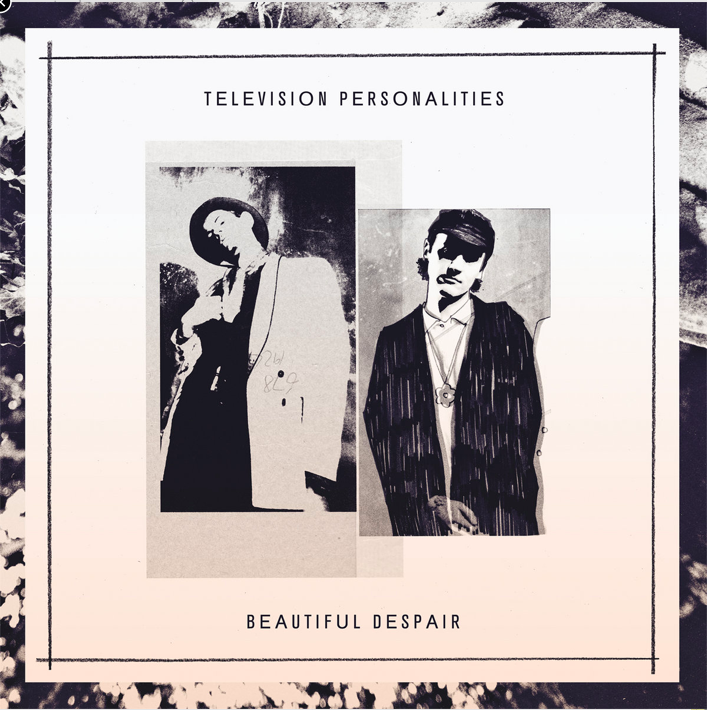
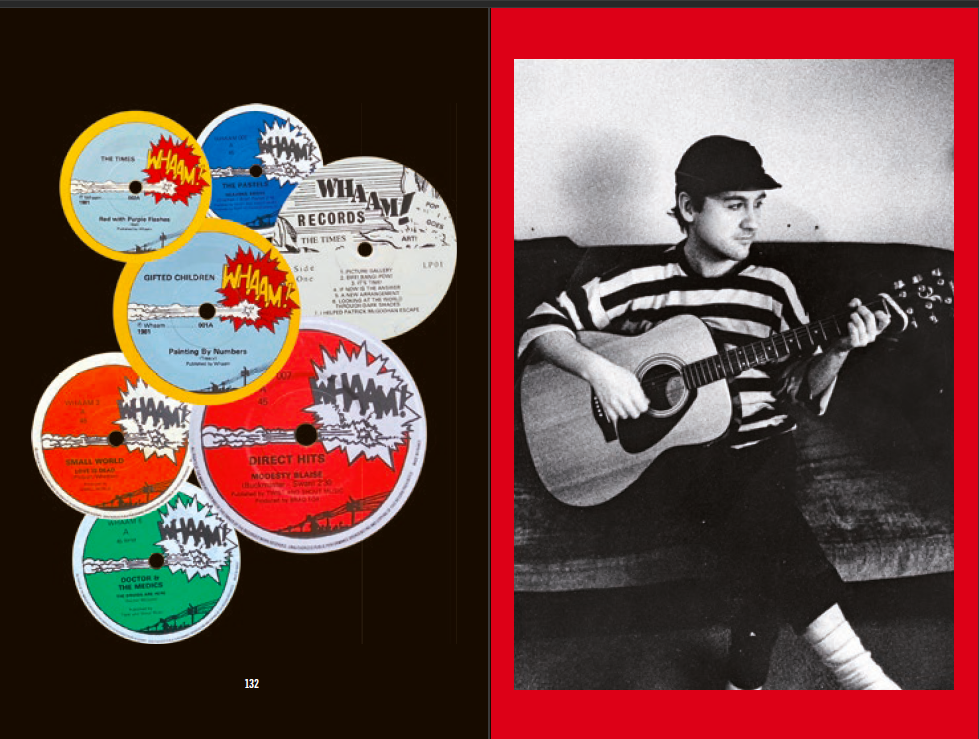
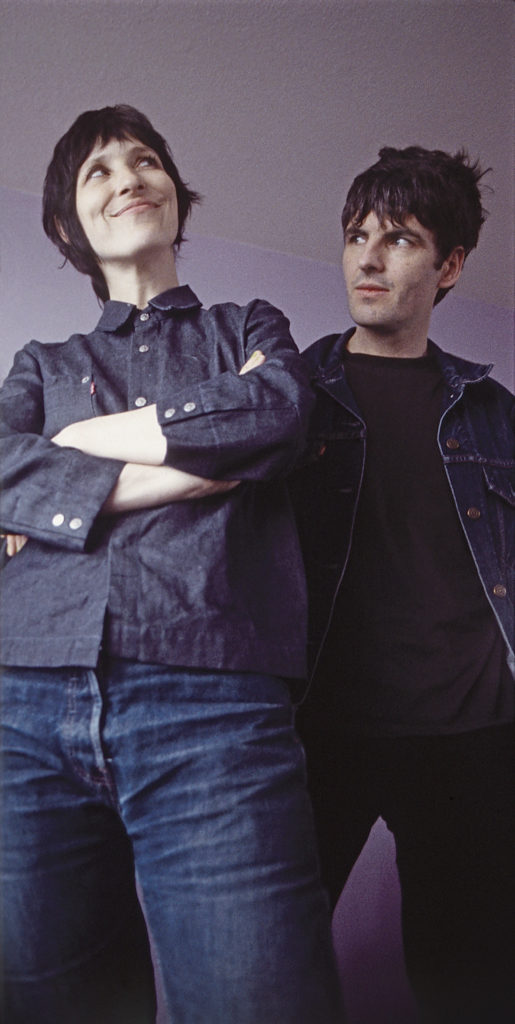
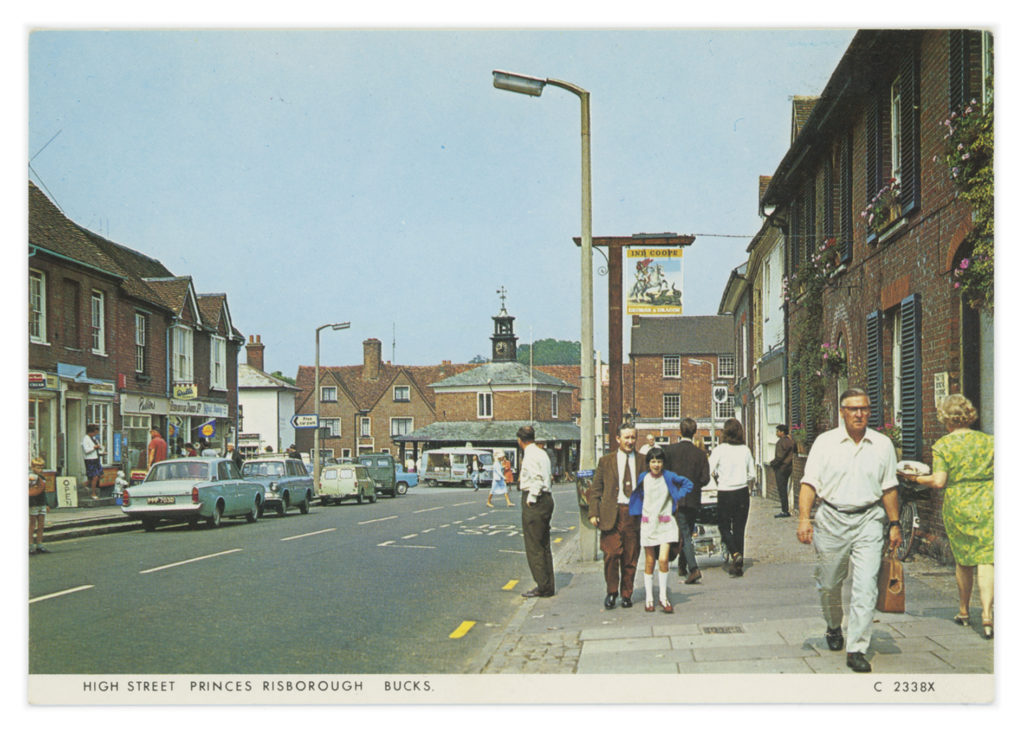
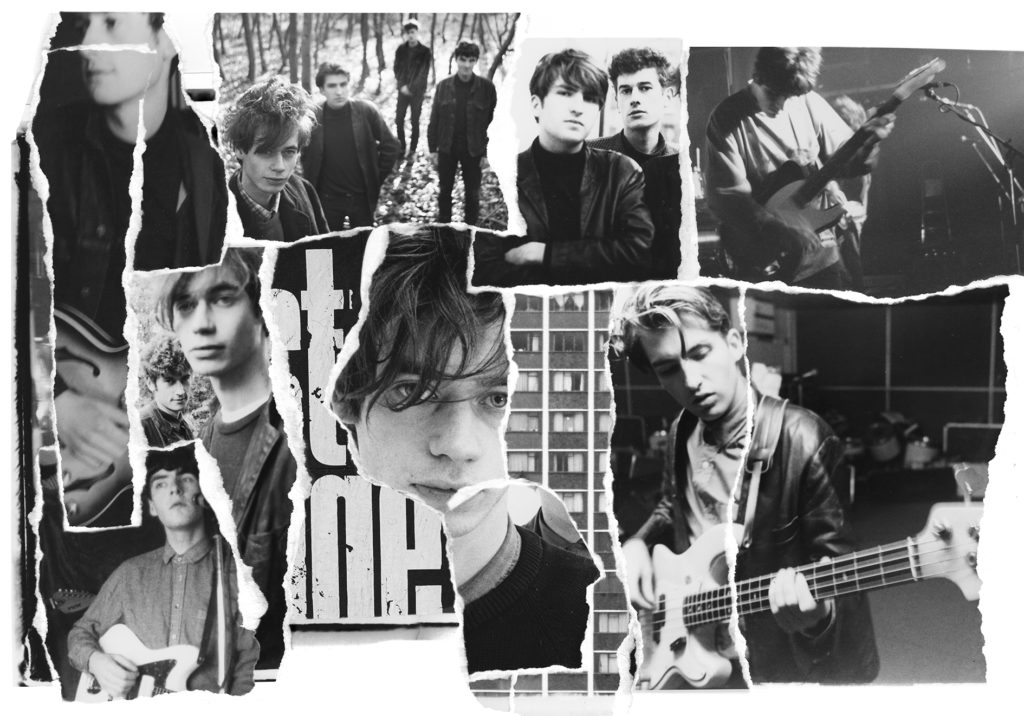
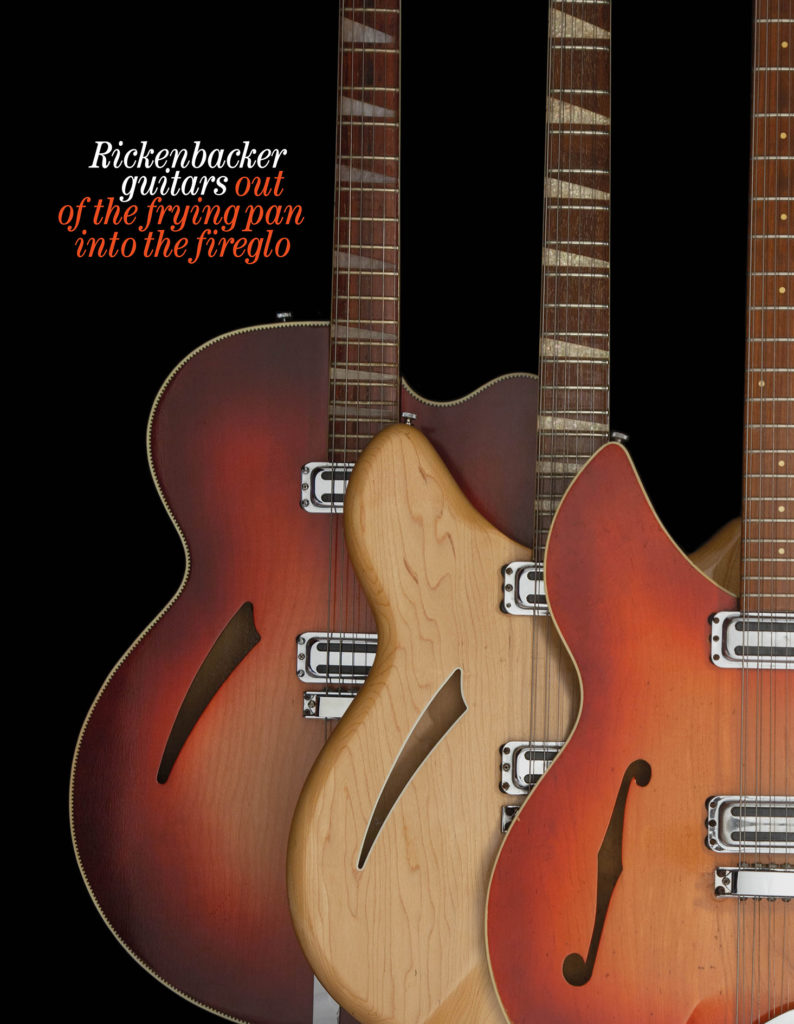
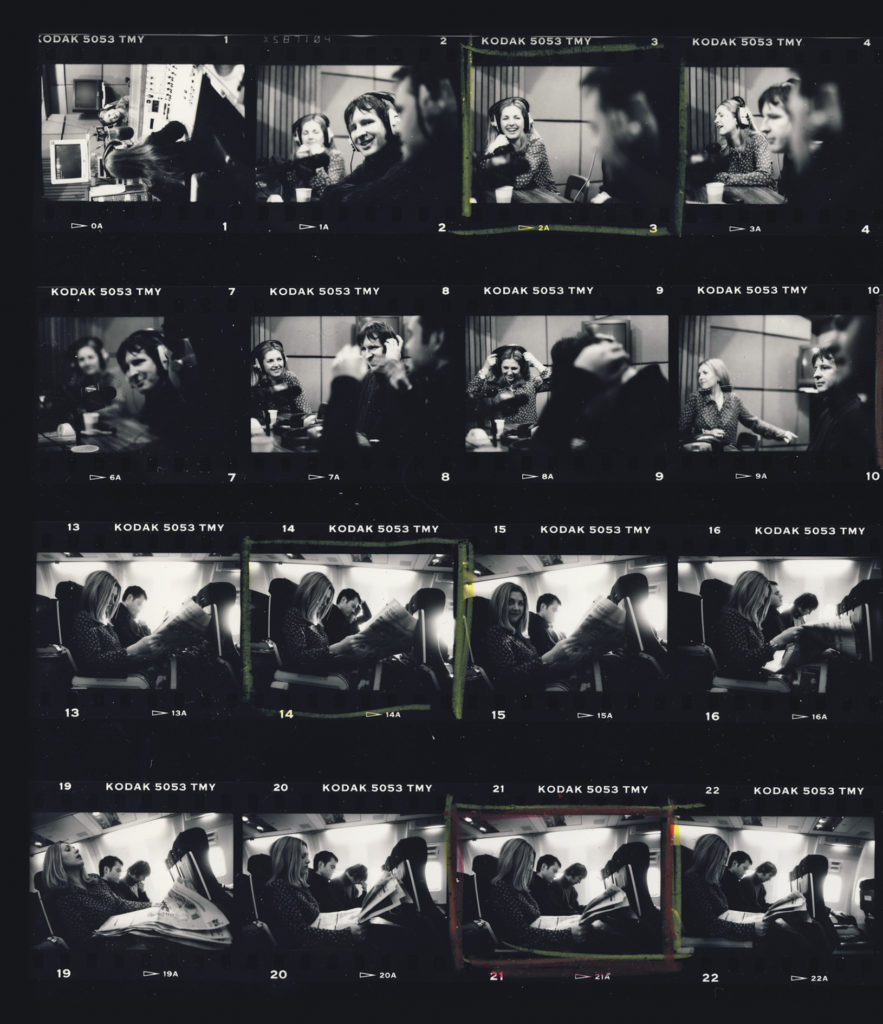
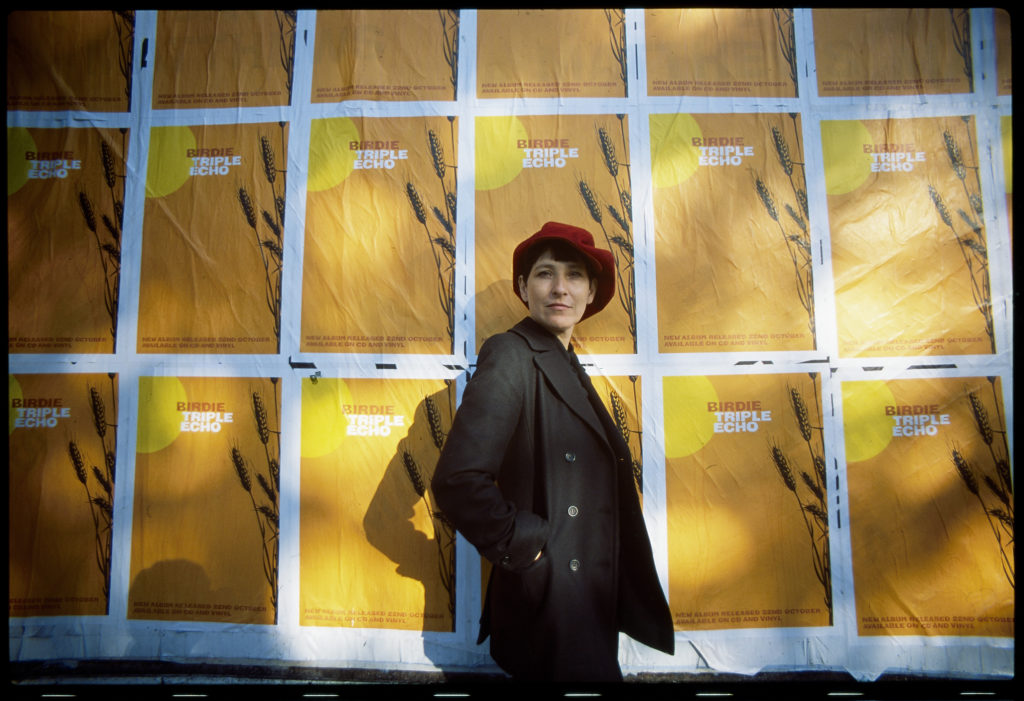
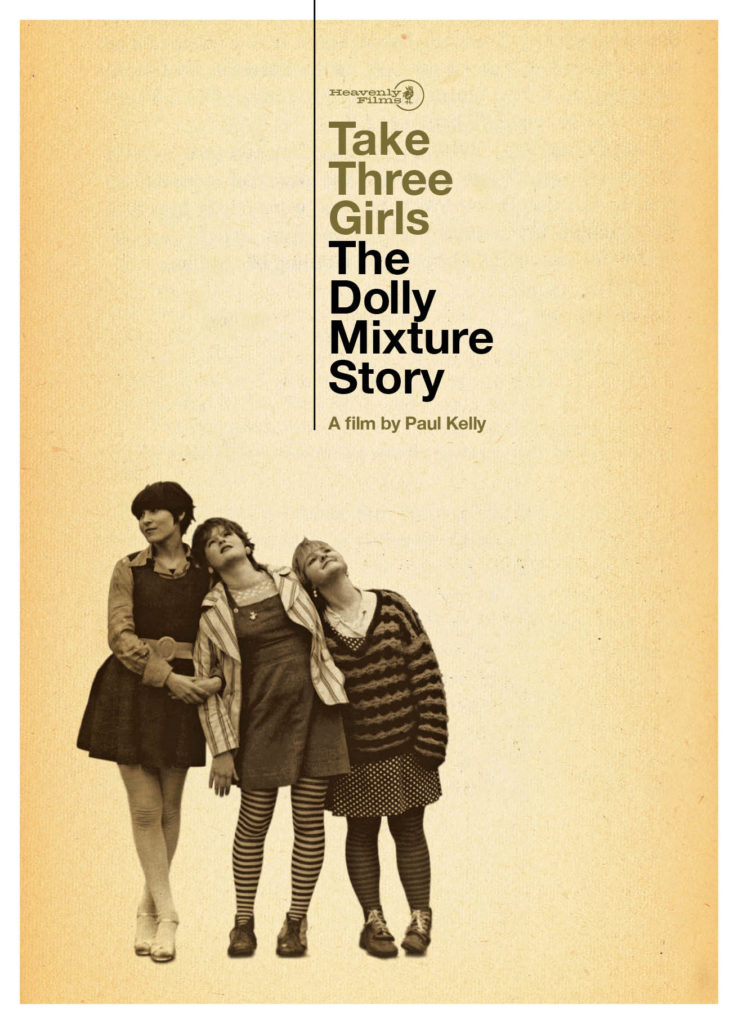
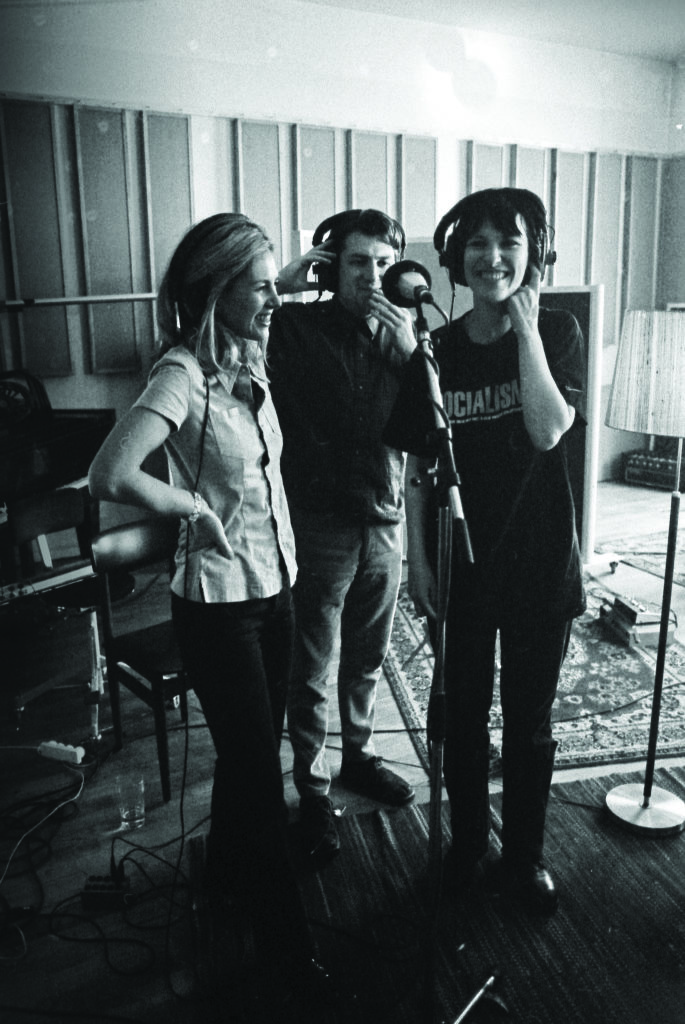
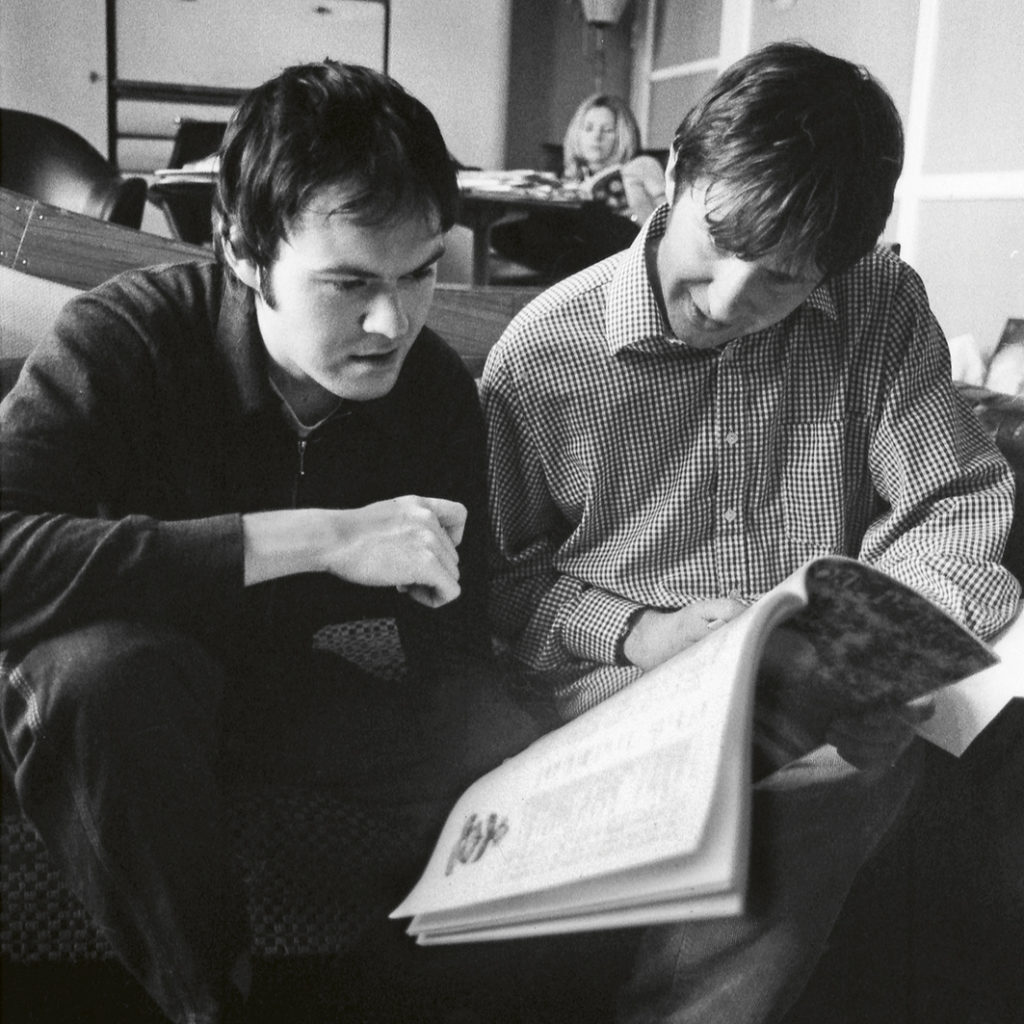
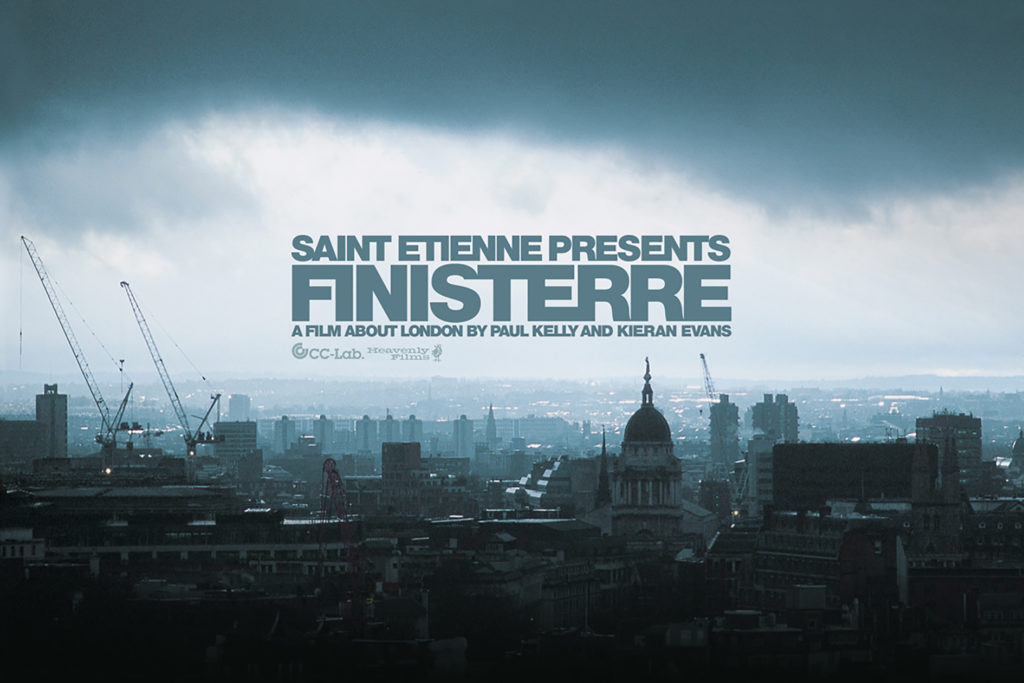
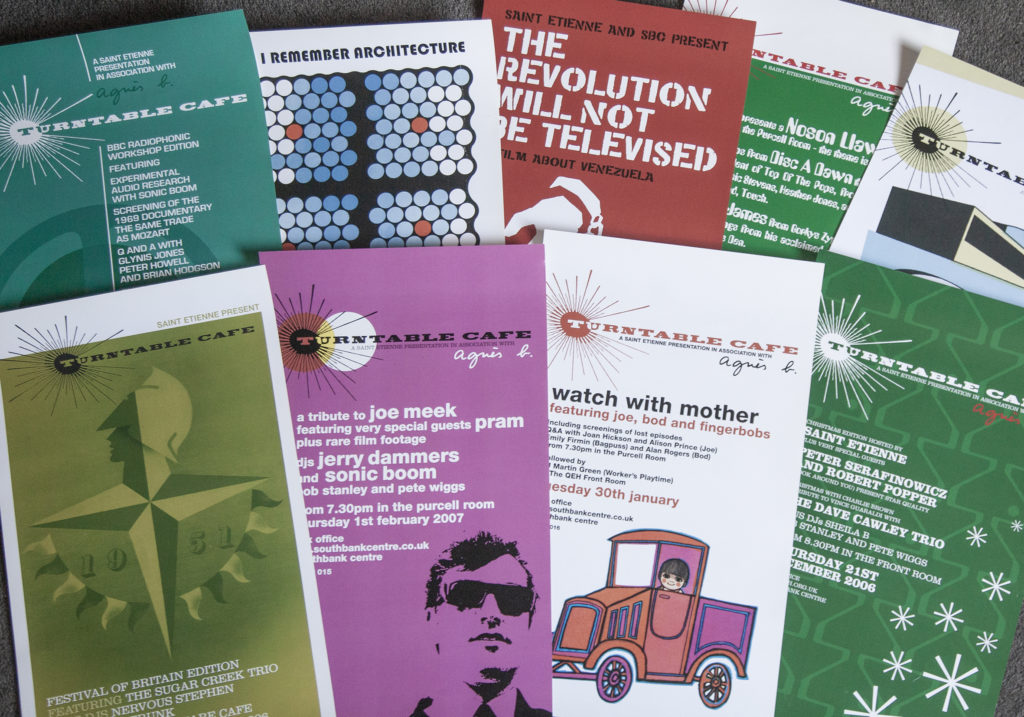
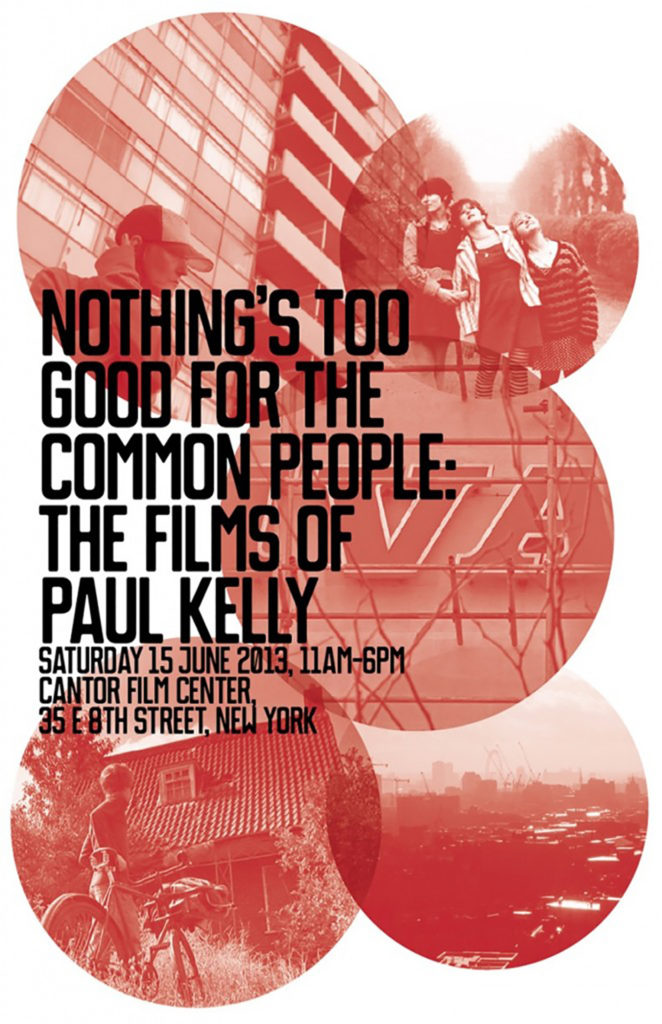
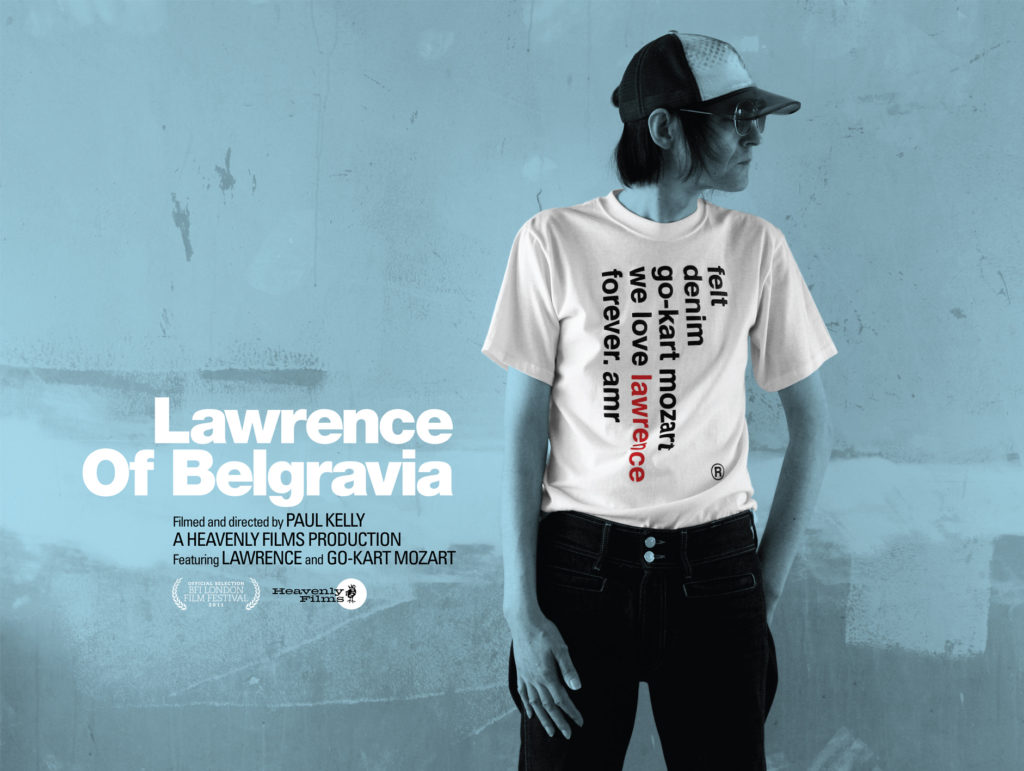
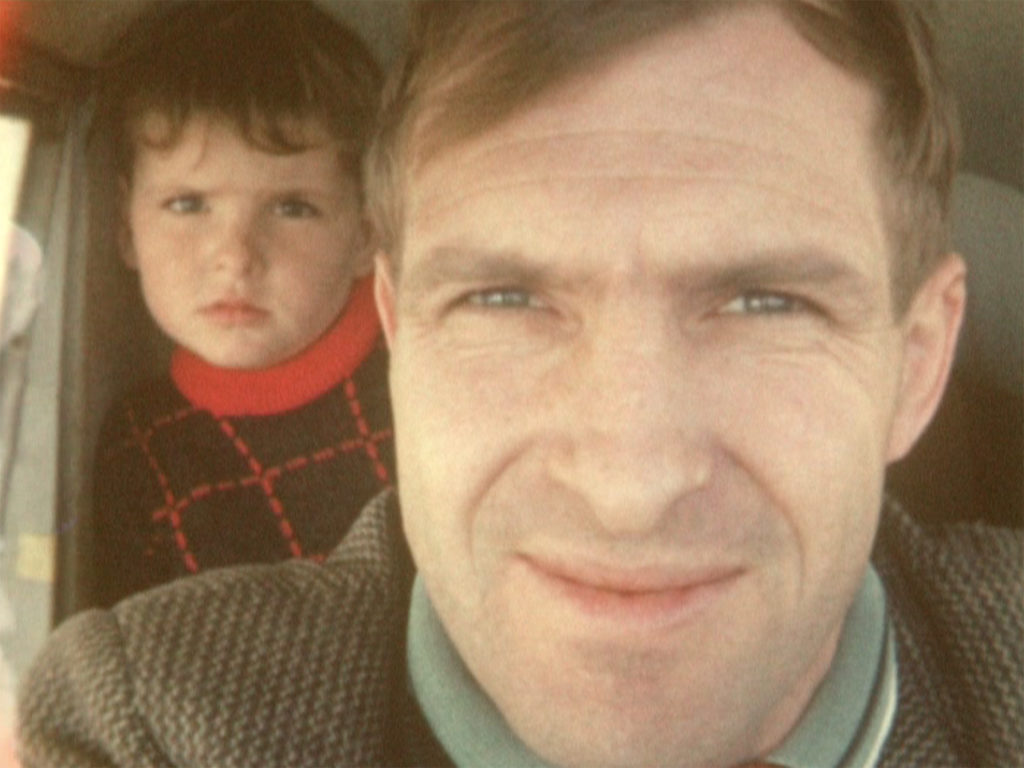
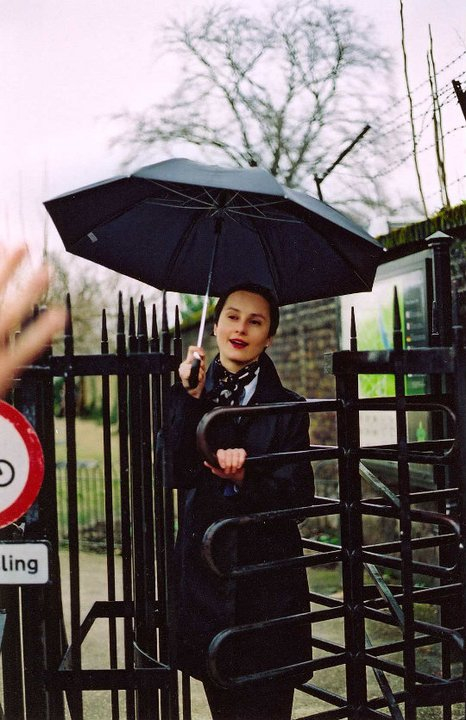
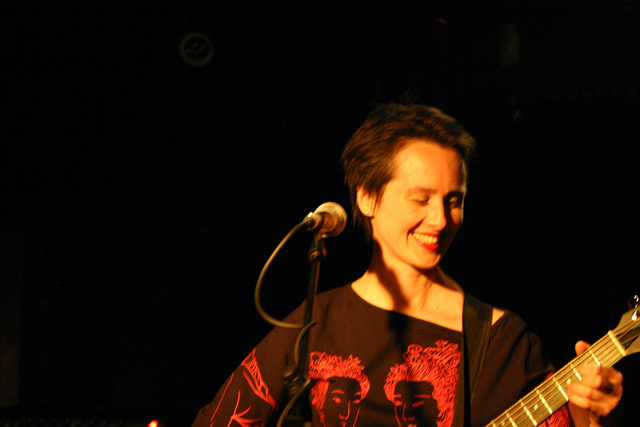
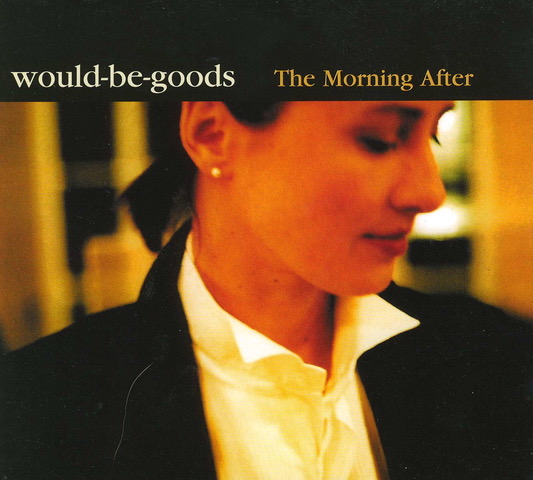
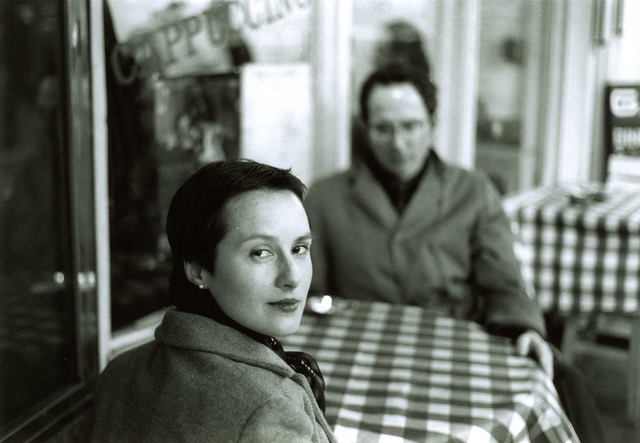
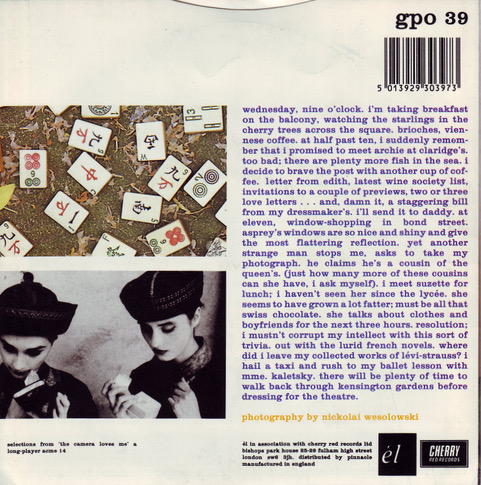
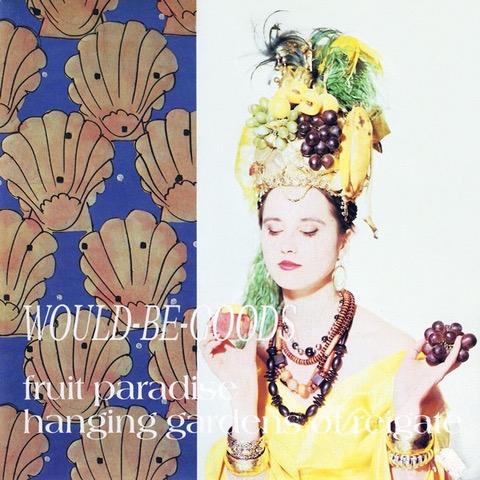
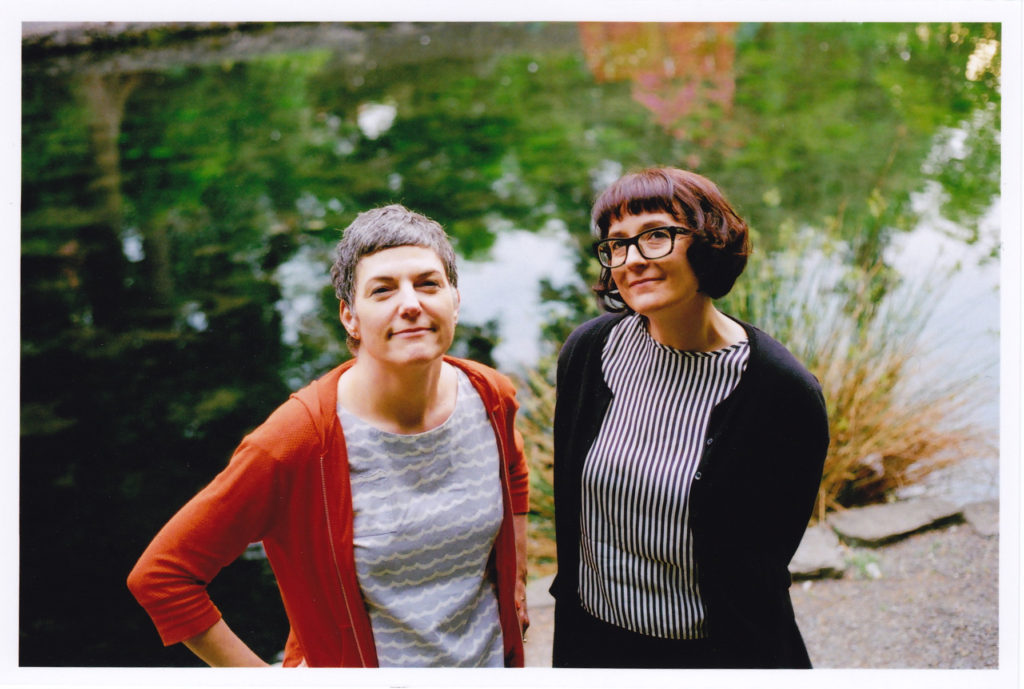
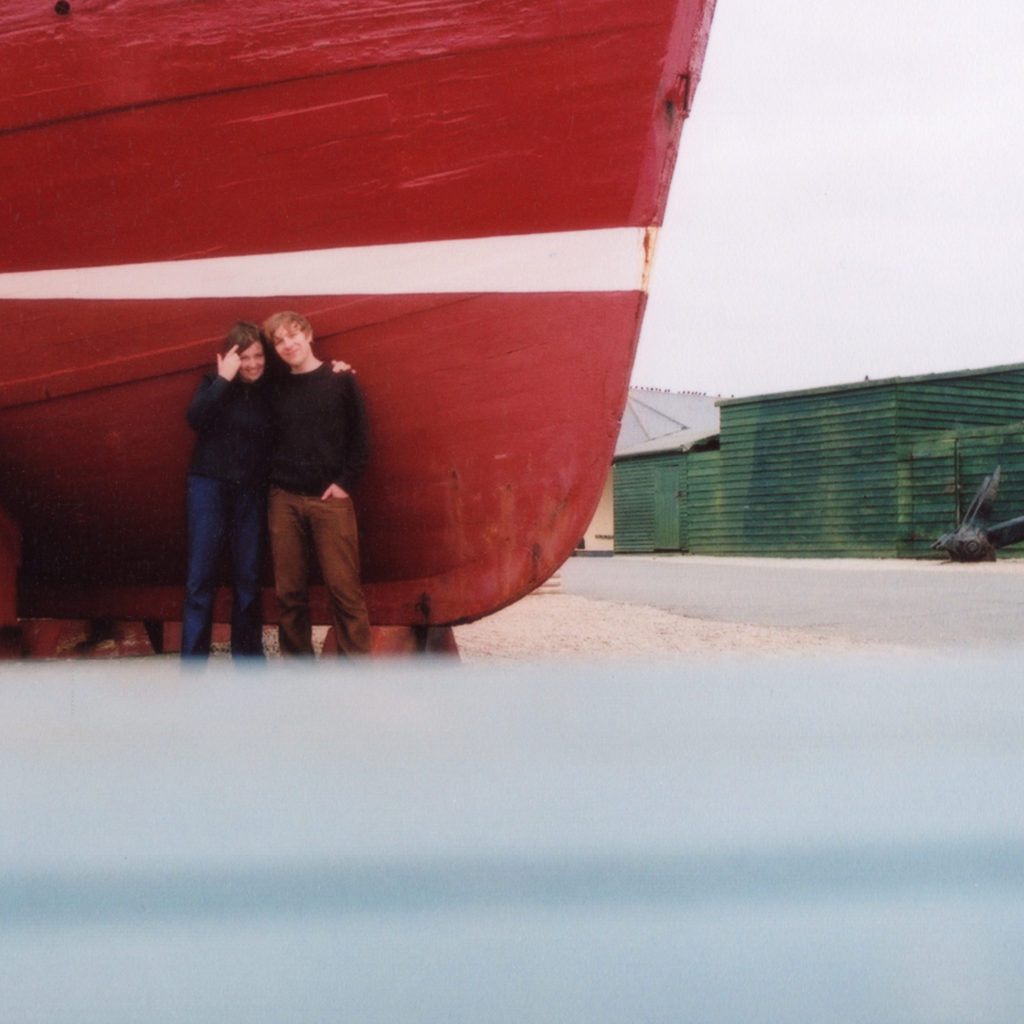
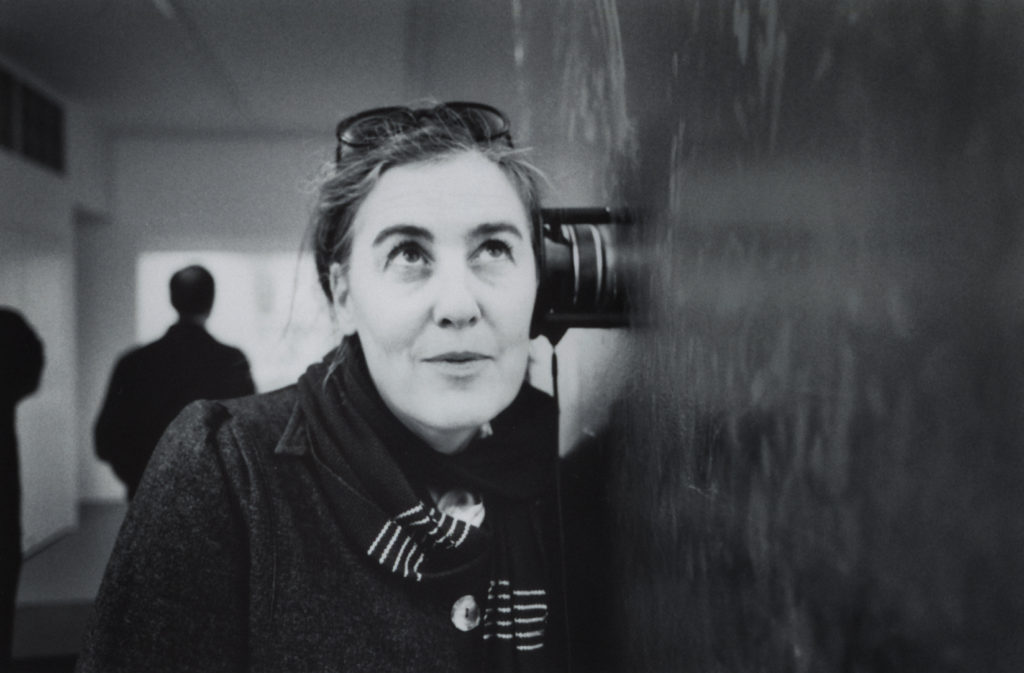 Lois
Lois